Godflower 12, 2021 at Bureau, New York
Godflower 11, 2021 at Drone, New York
Twodom, 2018-2019 with left.gallery
A Very Small Window, 2019 (with Jaakko Pallasvuo, Bora Akinciturk, Evita Vasiļjeva, Kaspars Groševs) at kim? Contemporary Art Center, Riga
Godflower 7, 2019 at Drawing Room, London.
GO20, 2018 (with JODI).
HAPPINESS, 2018 (with Jaakko Pallasvuo, Anni Puolakka, Tarwuk) at Cordova, Barcelona at Art-O-Rama, Marseille.
Flowcharts For Labradoodles, 2018 (with Jaakko Pallasvuo) at Bozar / Komplot, Brussels.
2 and me, 2017.
Node 2, 2017 at Latvian National Museum of Art.
IDYLLLIMBOR, 2016 - ongoing, in my attic in Rotterdam and currently at No Moon, New York.
Sweet Guardian, 2017.
Live at De Player, 2017.
Random God, 2017.
OilRain, 2017 at Roodkapje, Rotterdam.
White Walkers, 2016 at 427 Gallery, Riga.
Zolitude, 2016 (with Kaspars Groševs) on Quantum Natives.
4.5/5.5, 2016 at Futura, Prague.
Softwar, 2015.
Selekthor, 2015.
GIVEHEALTH999, 2013.
Godflower 12, 2021, pastel mural.
as part of Fall River: Survey group exhibition at Bureau, New York organized by Brittni Ann Harvey and Harry Gould Harvey IV, featuring by Baijun Chen, Shuriya Davis, Raque Ford, Tom Forkin, Erika Rios Hickle, Jon Michael Lavoie, Héctor Muñoz-Guzmán, N0notnothing, Isaiah Raines, Richard Renaldi, Viktor Timofeev, Eamon Wagner. Full documentation.





Godflower 11, 2021, pastel mural.
as part of The Location Of Serenity group exhibition at Drone On Hudson, New York curated by Gryphon Rue. Exhibition includes work by Yasue Maetake, Elsa Rensaa, Eddie Natal, Viktor Timofeev. Full documentation




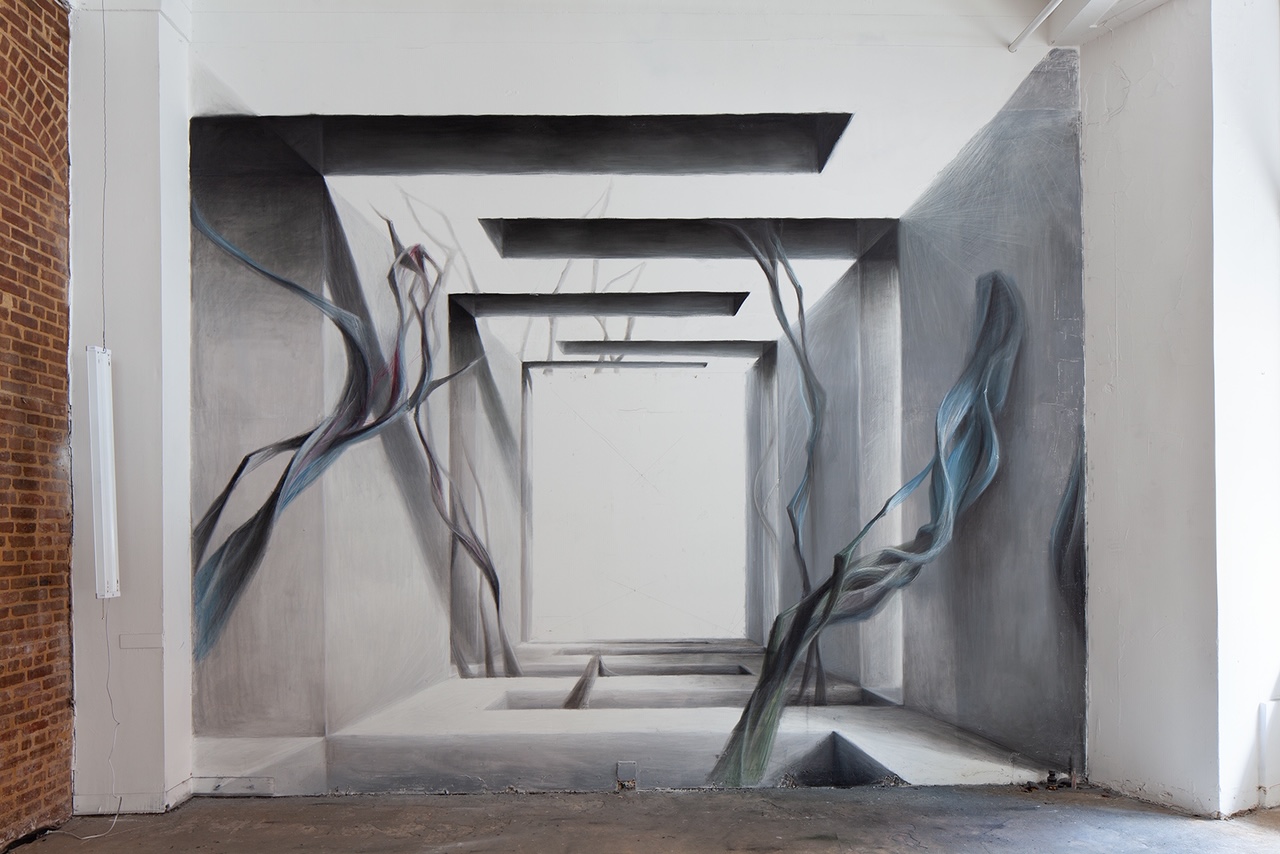

Twodom, 2018-2019
with left.gallery and originally part of Victorian Basics and Martian Stories (with Martin Kohout) at Levy Delval, Brussels
"a split-screen self-playing game surrounding two sets of characters. the characters, a group of humanoids and a flutter of butterflies, exist across two parallel realities in which their roles in a "cat and mouse" type of pursuit are reversed. they perform a generative, screen-specific, choreography in ten minute cycles, moving in tandem with their parallel world counterparts. the virtual camera orbiting the scene is also drawn into the performance, mimicking an omni-present surveillance device whose flight patterns and impulsive zooms are mirrored across the worlds. the path and outcome of each cycle is generally unique."
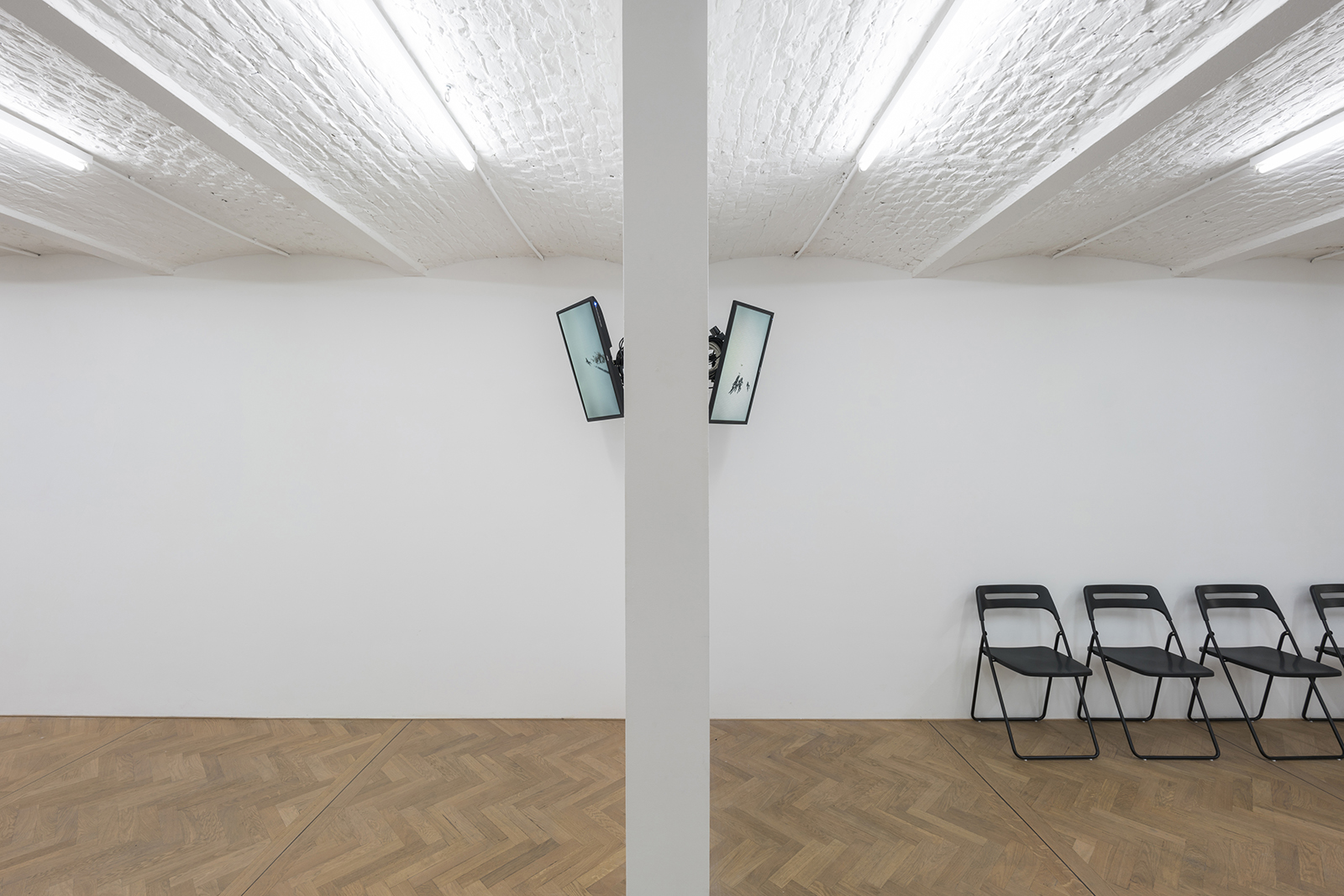
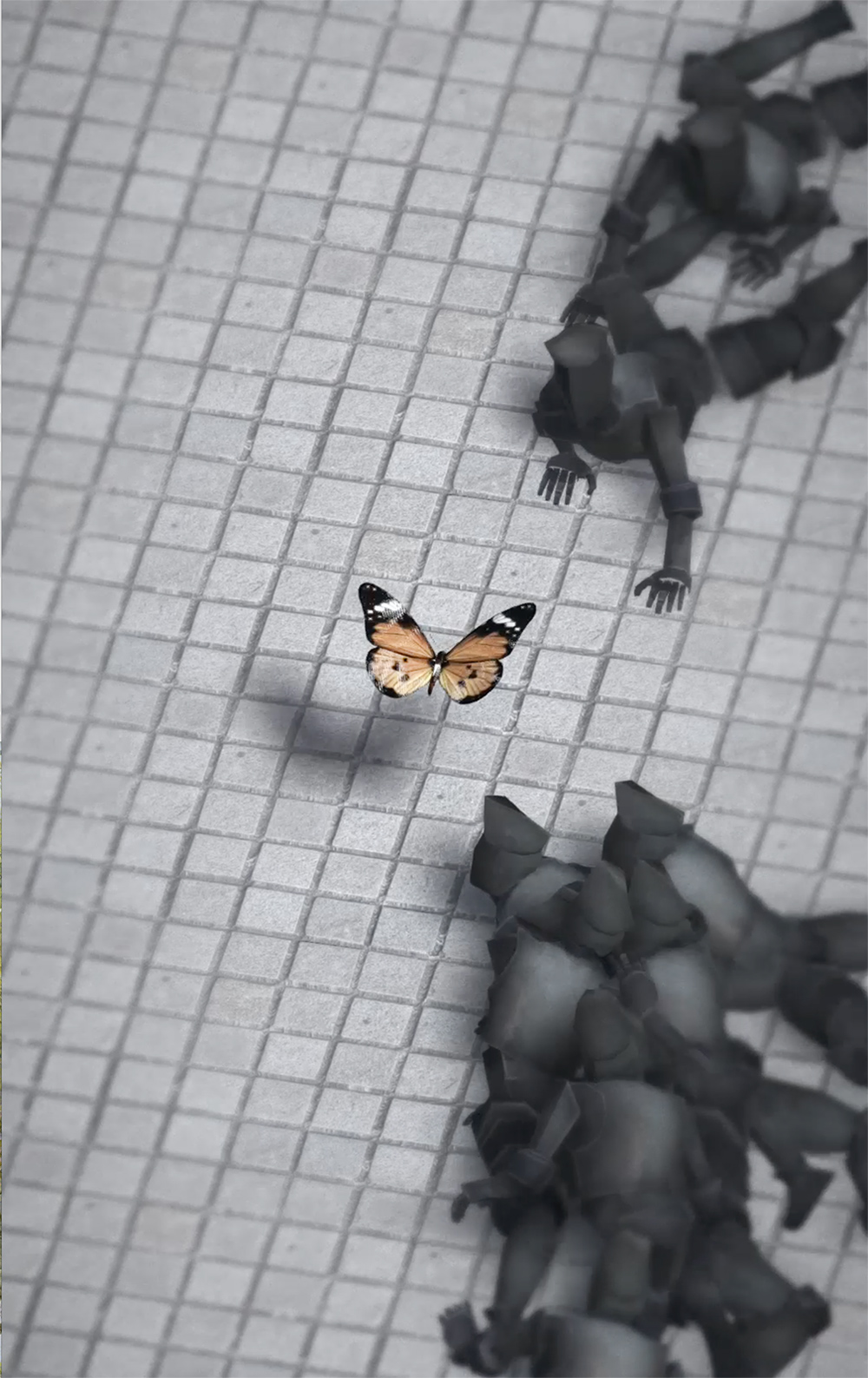
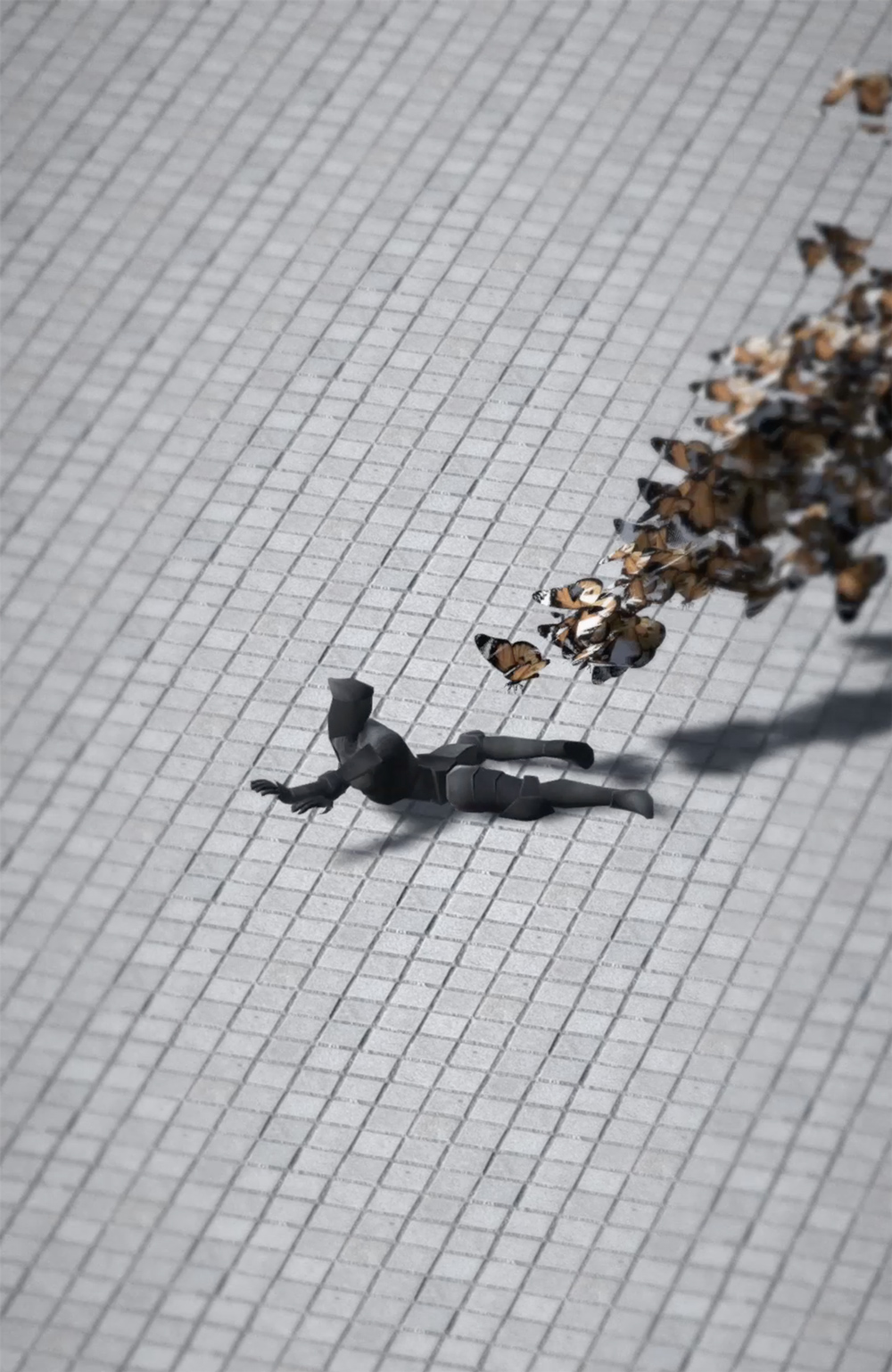
A Very Small Window, 2019 (with Jaakko Pallasvuo, Bora Akinciturk, Evita Vasiļjeva, Kaspars Groševs)
Collaborative exhibition at kim? Contemporary Art Center, Riga
Full documentation on O-Fluxo.



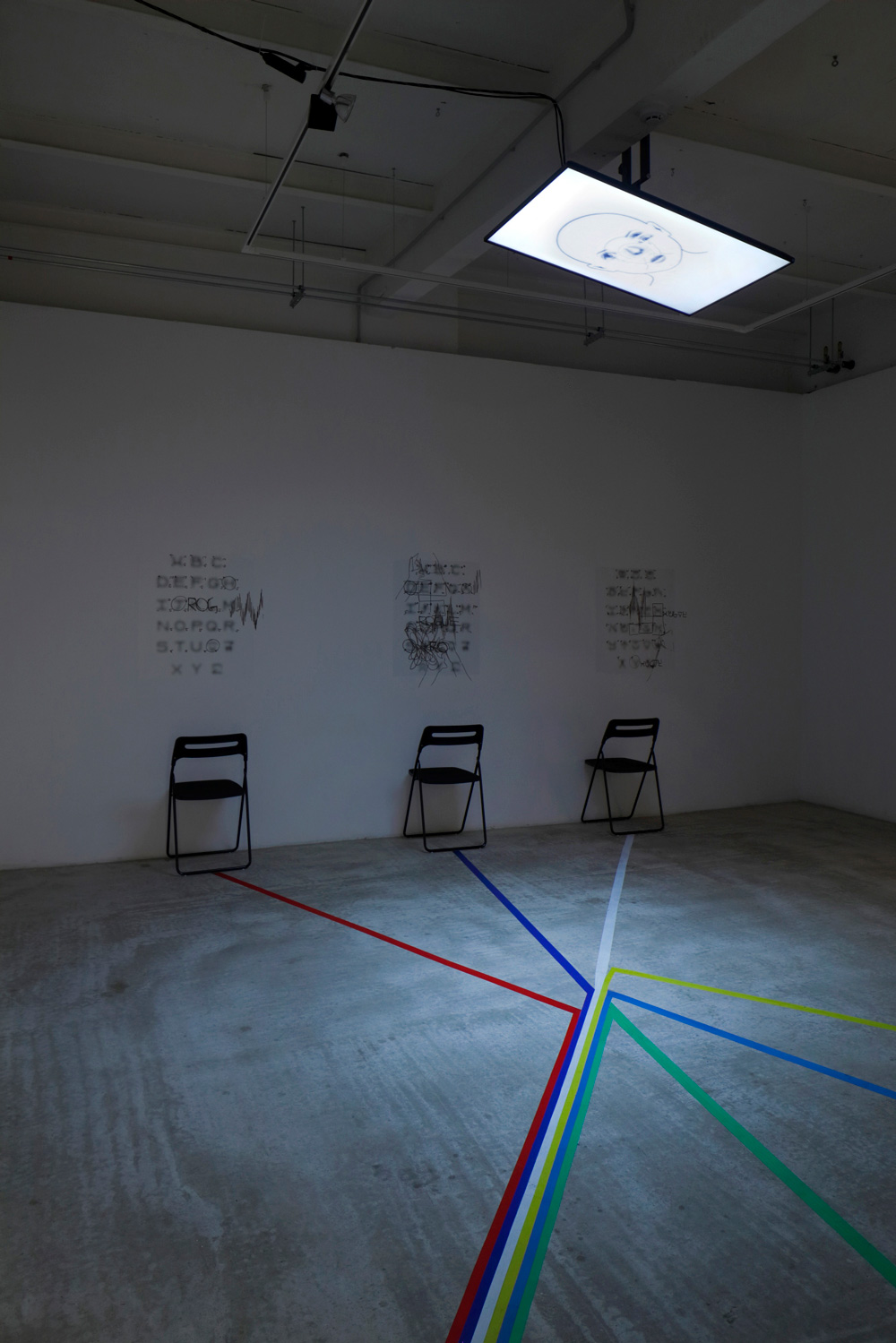
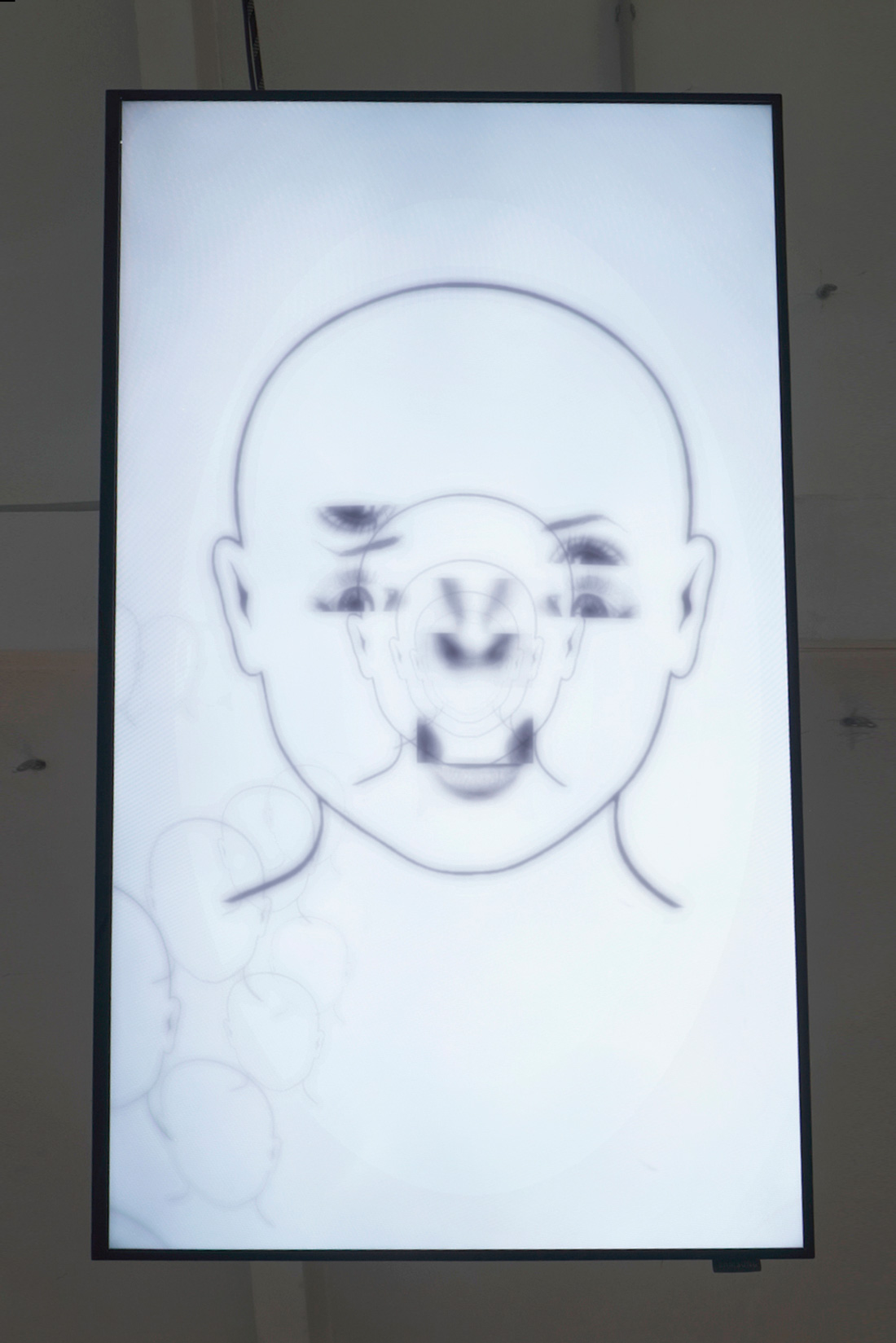
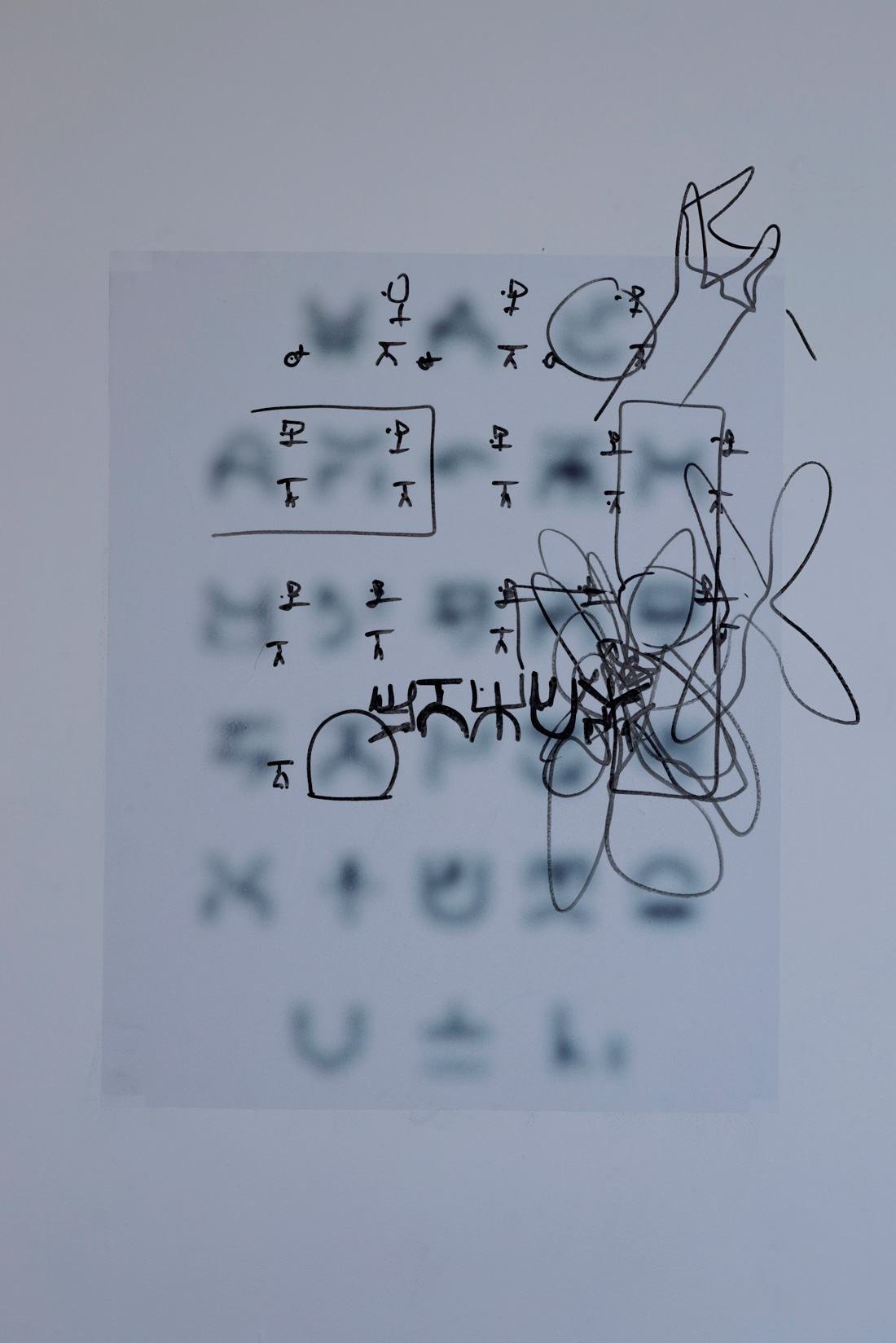
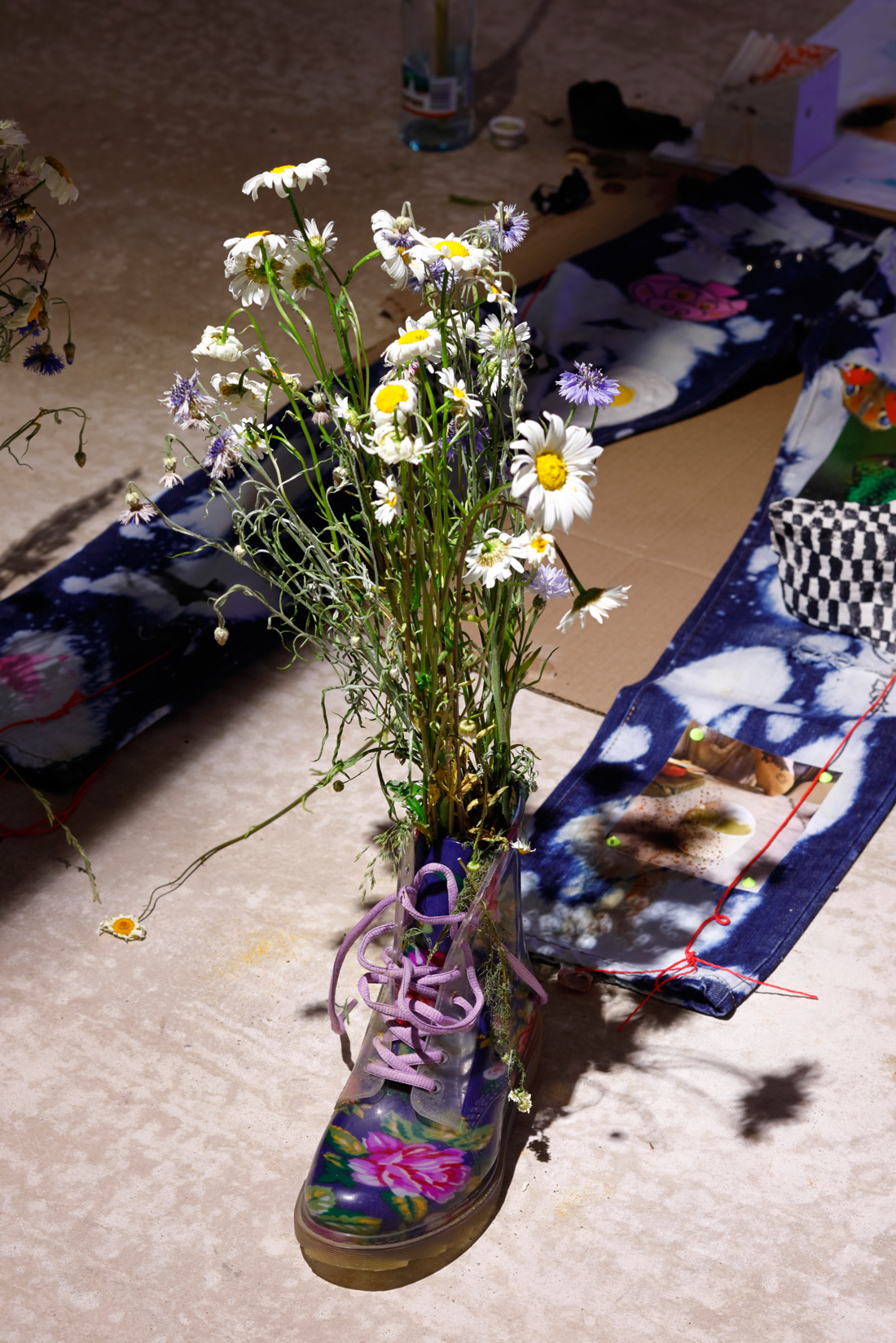
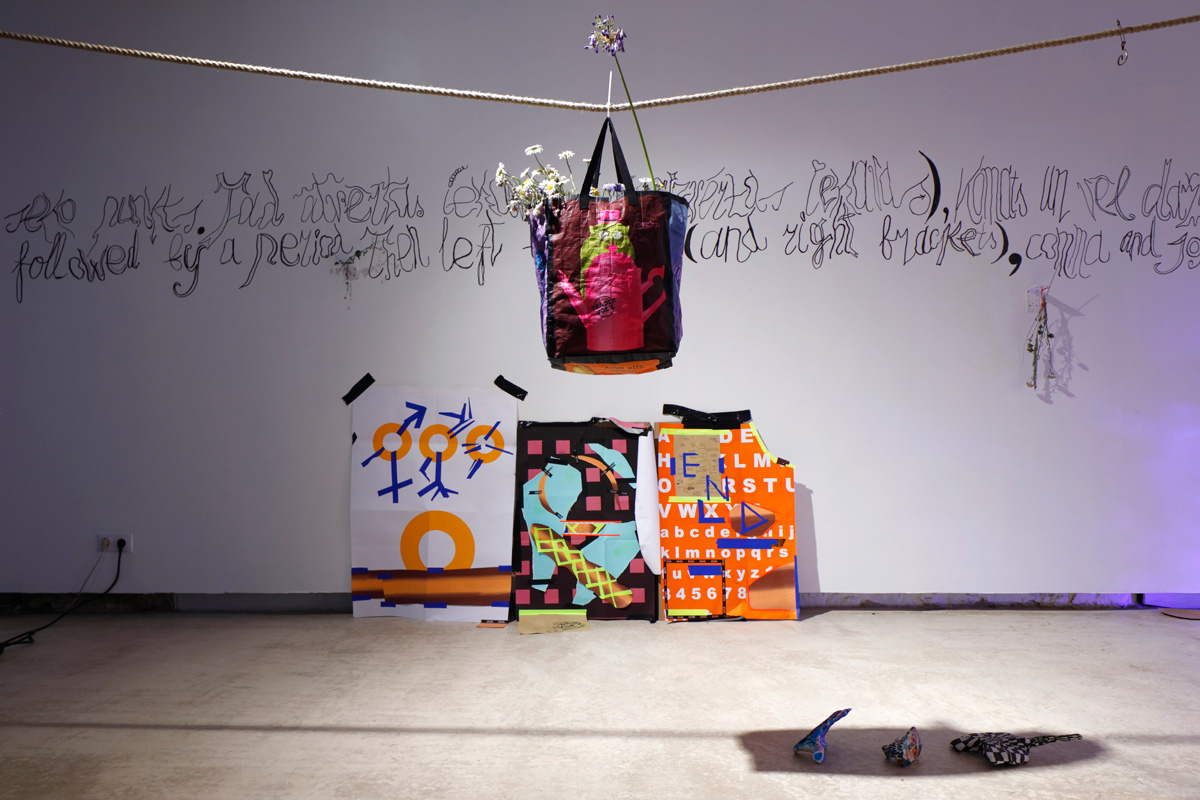
Godflower 7, 2019, pastel mural at Drawing Room, London.
Part of Modern Nature group exhibition curated by Katharine Stout.







GO20, 2018, collaboration with JODI.
VR application, Oculus Go headset, swivel stool, duration infinite.
Was first presented at JODI's exhibition </> at Upstream Gallery, Amsterdam.
GO20 is a "low-budget interactive confessional that is also somehow a psychological exam" - VT & DI email thread.




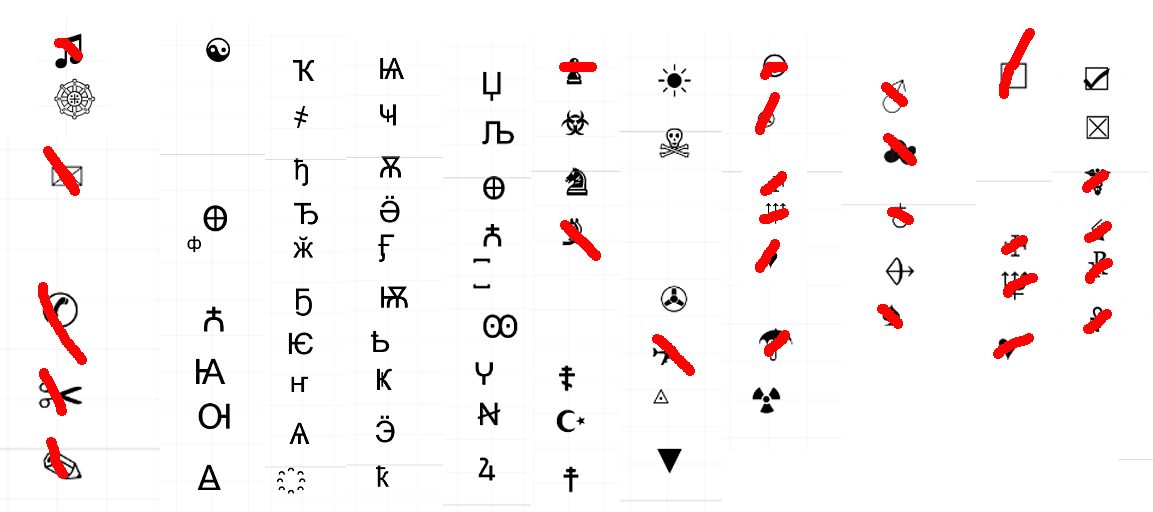


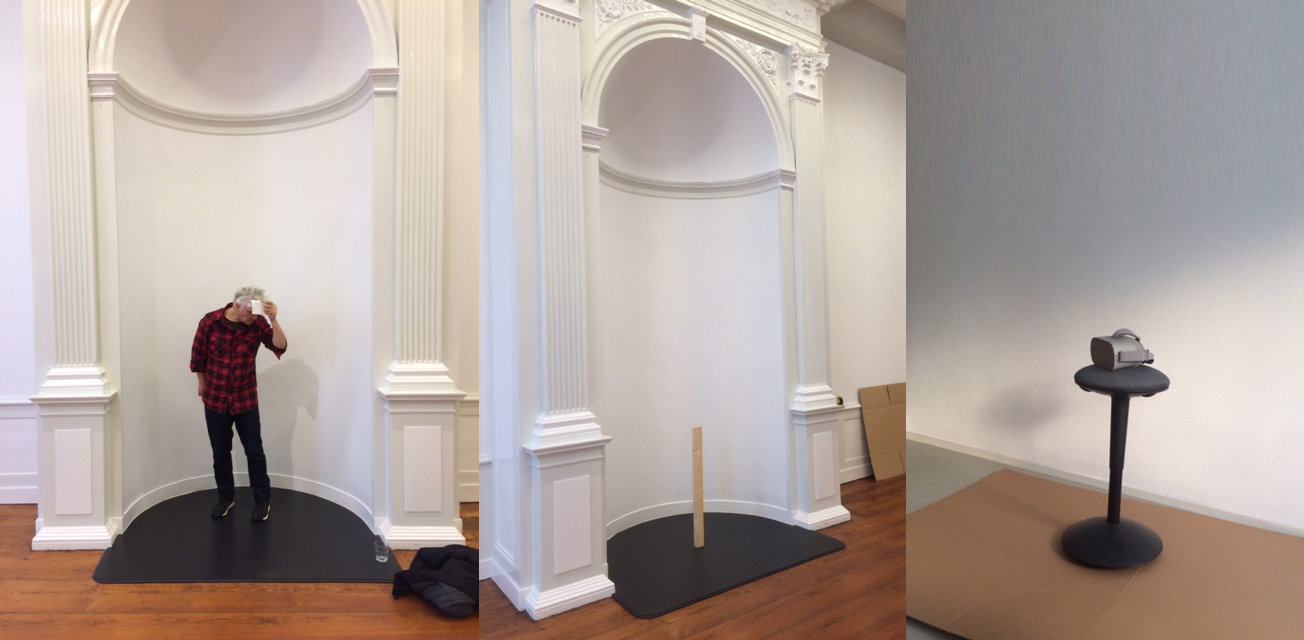
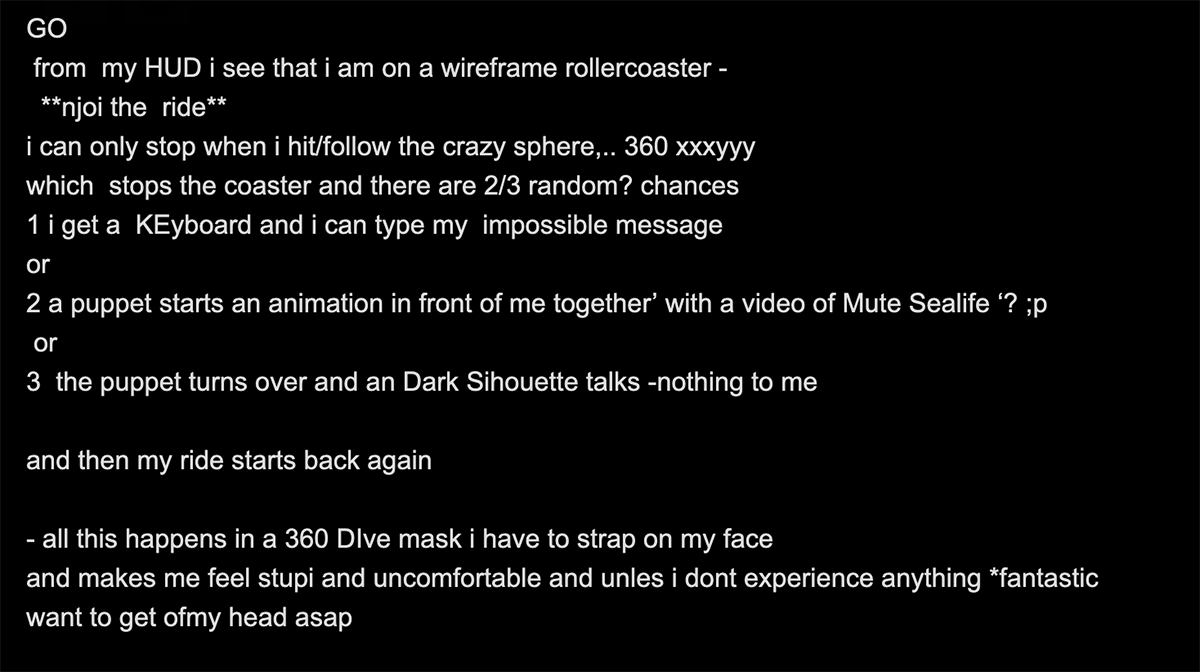
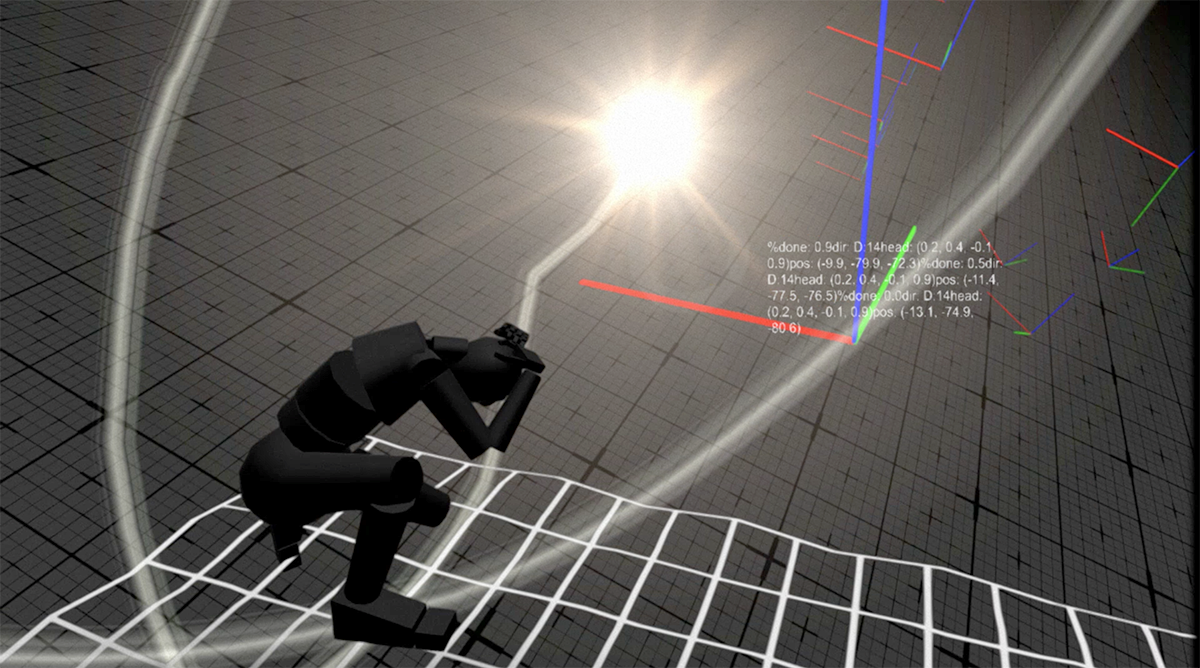
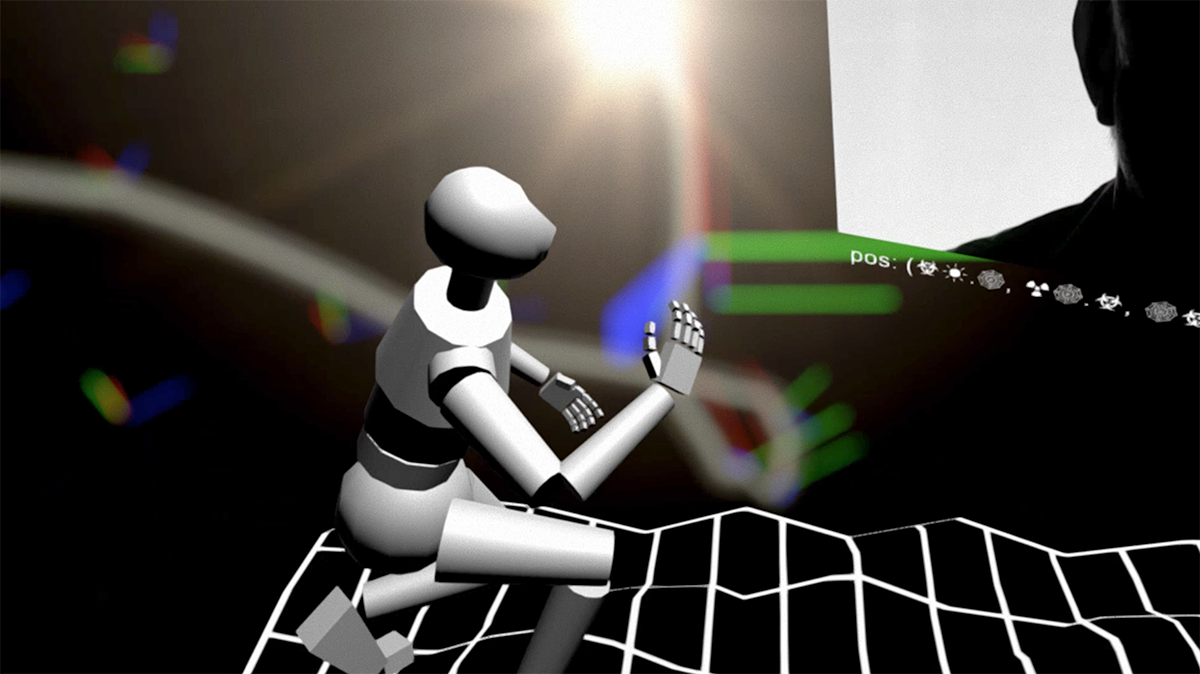
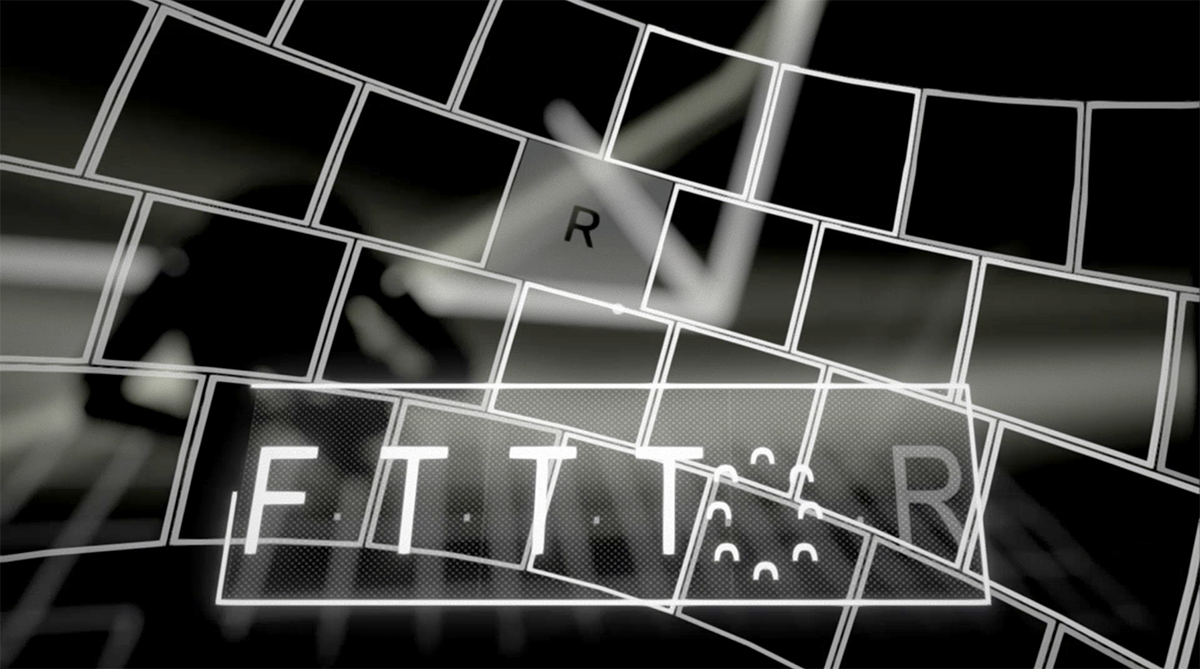

Happiness,
2018, collaboration with Jaakko Pallasvuo, Anni Puolakko and TARWUK.
Ink on paper, coloured pencil on paper, acrylic on canvas, etc.
Was presented by Cordova, Barcelona at Art-O-Rama and at the Calanques in Marseille.
Full documentation on Art Viewer.
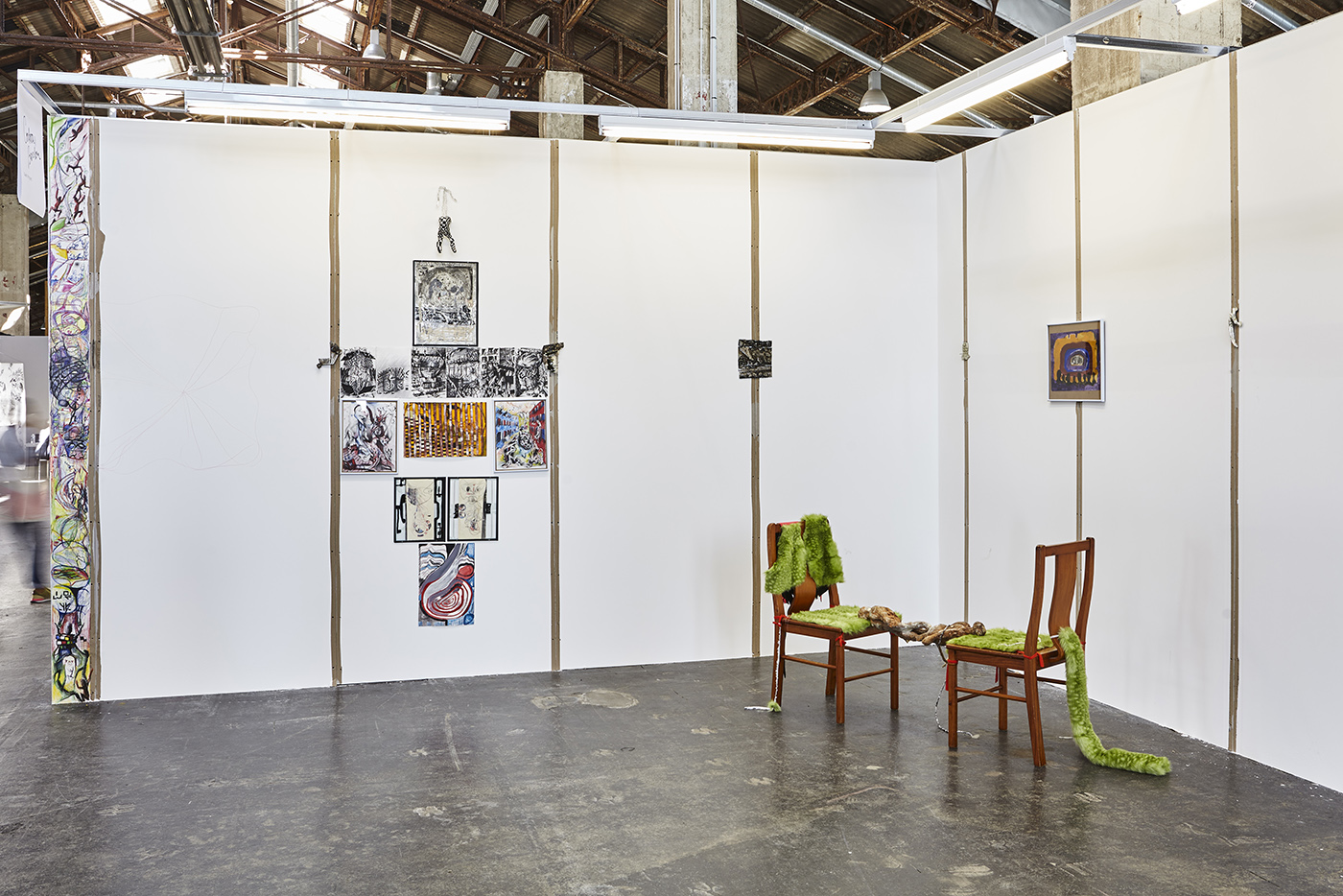
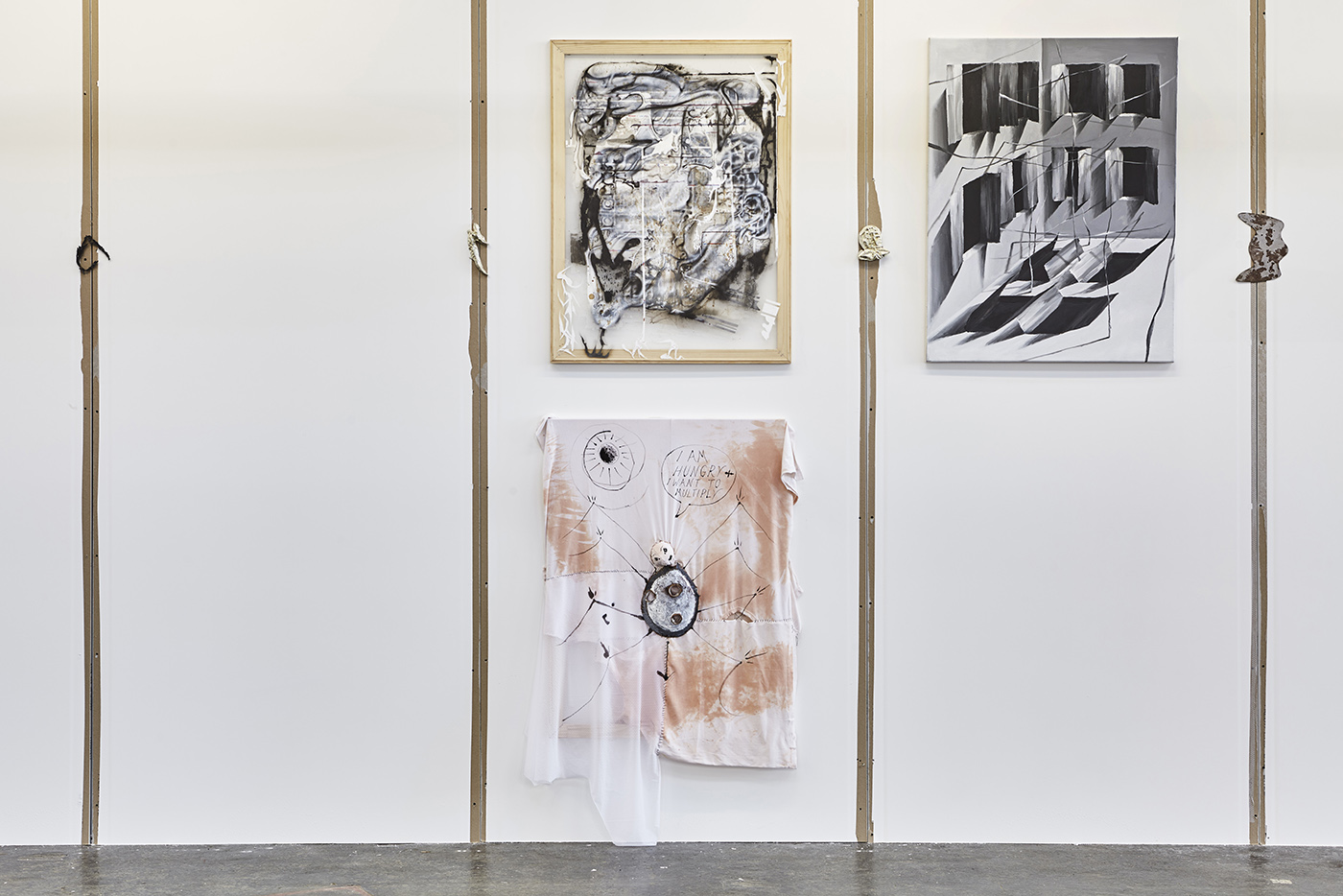
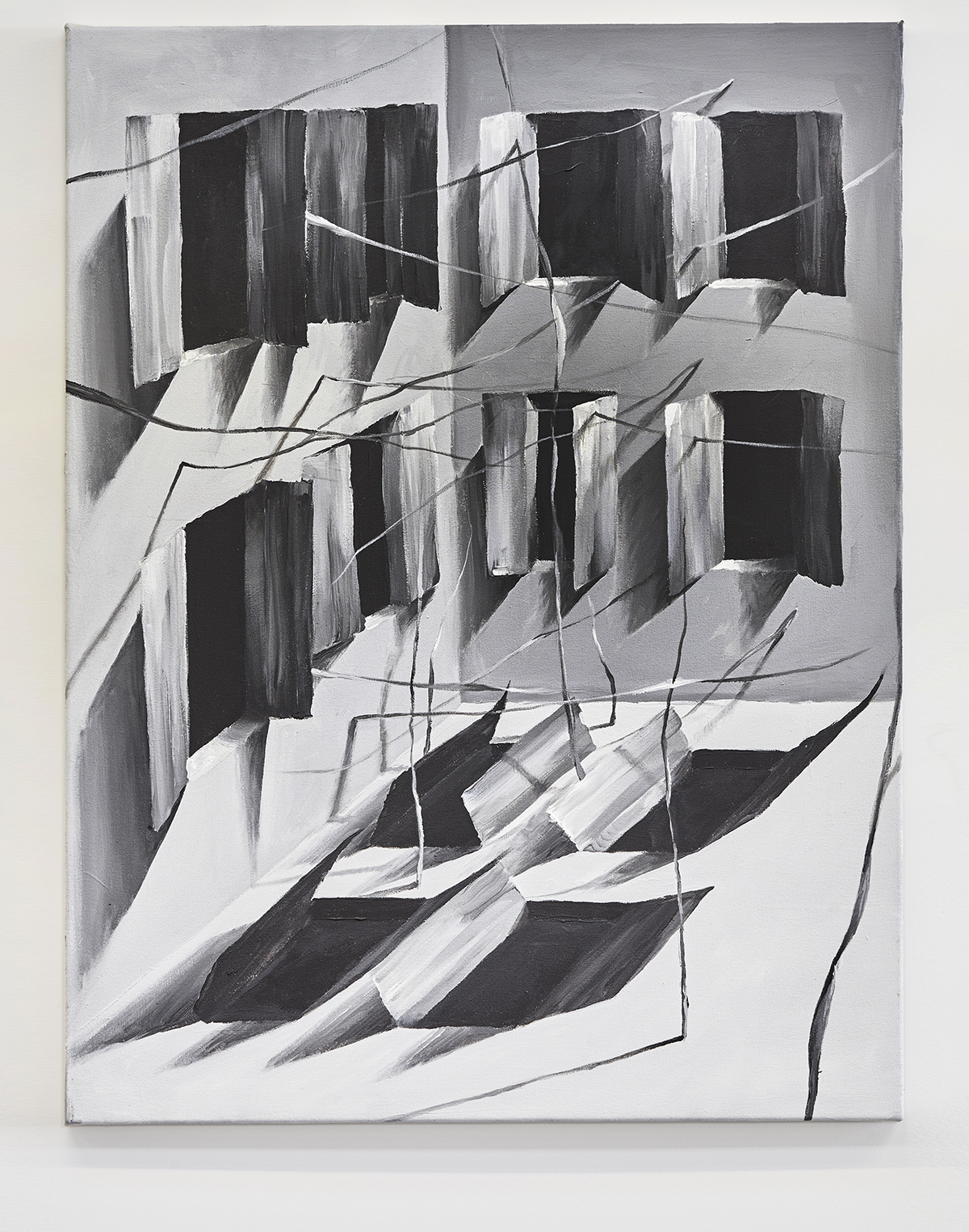
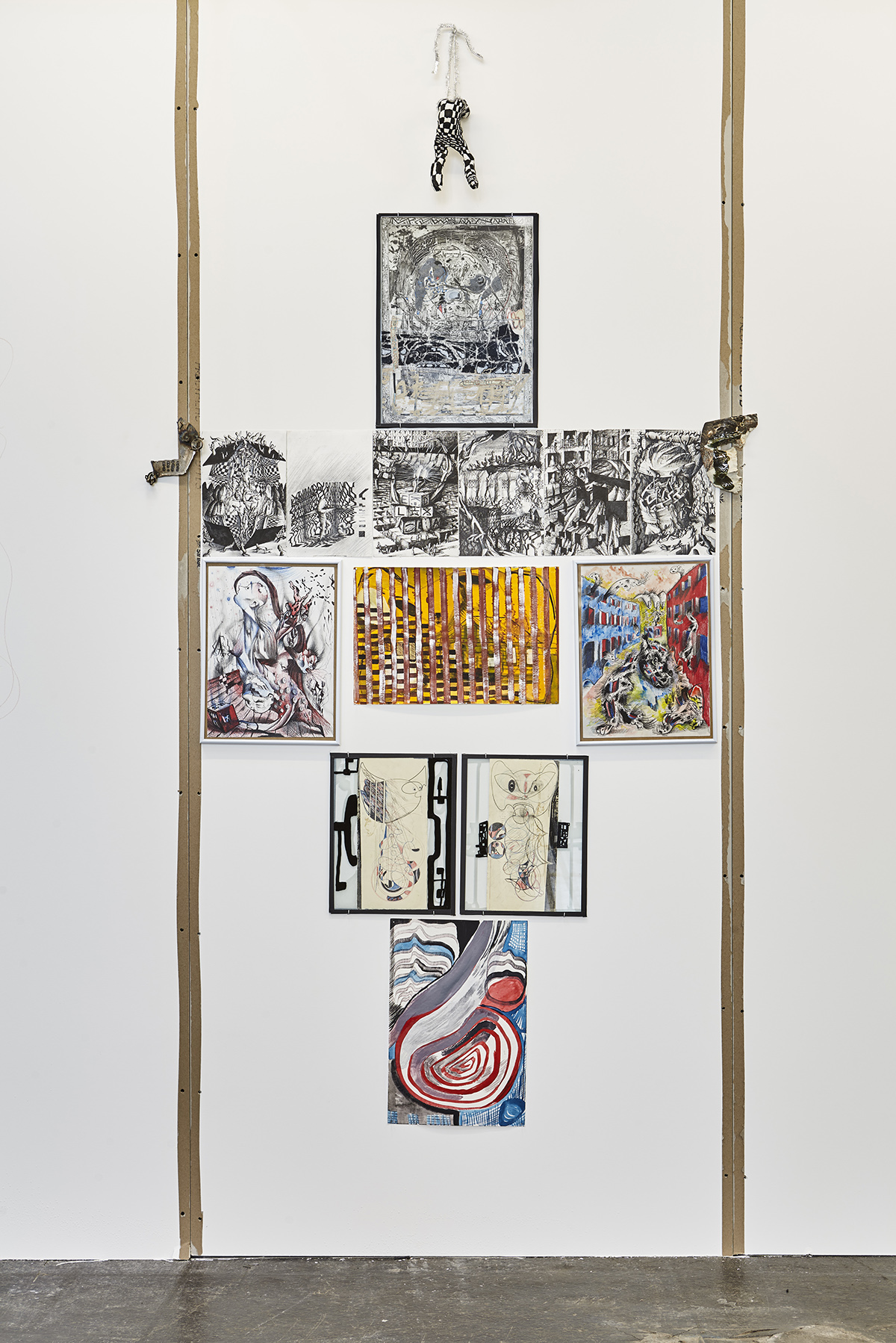
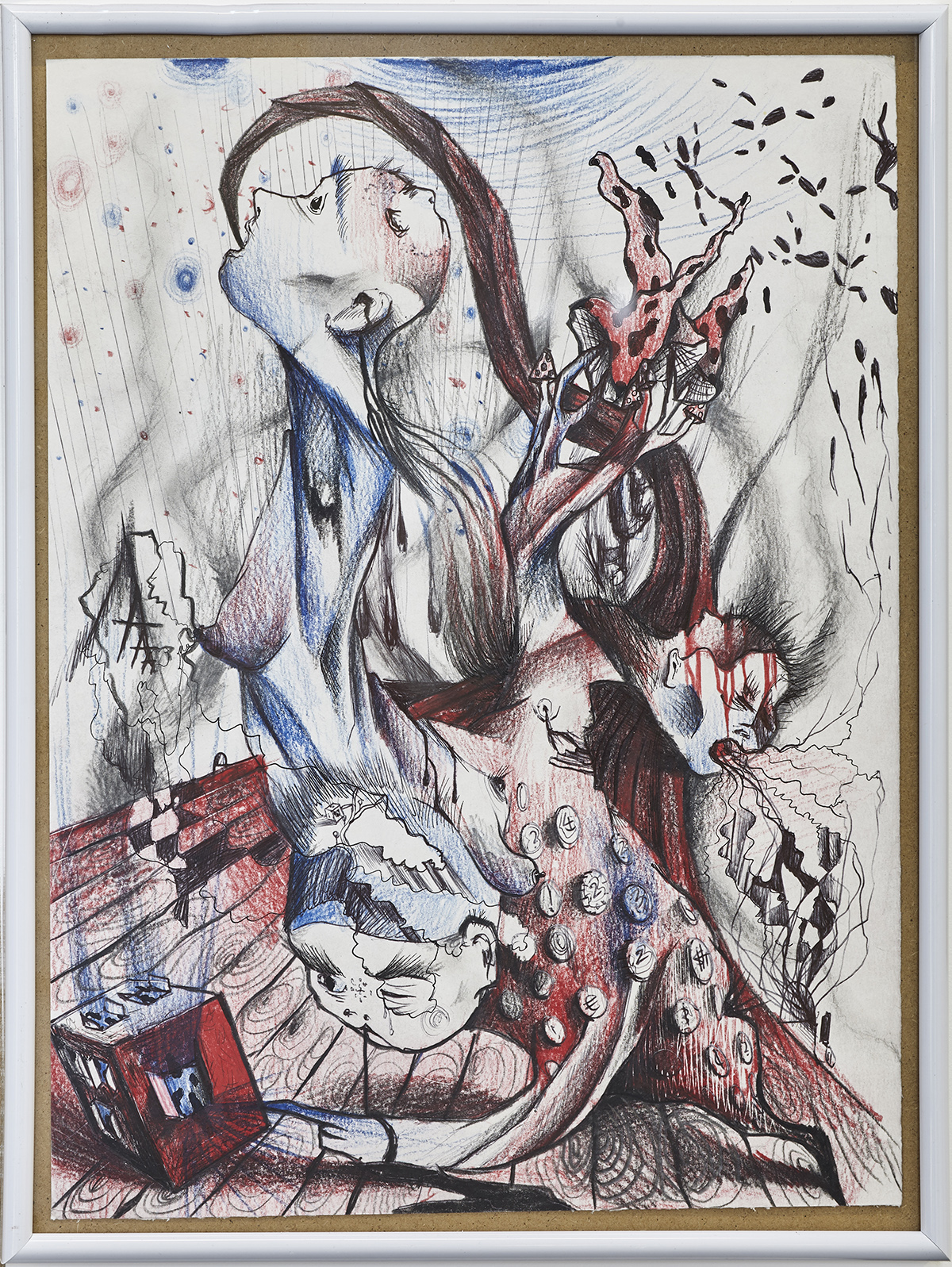
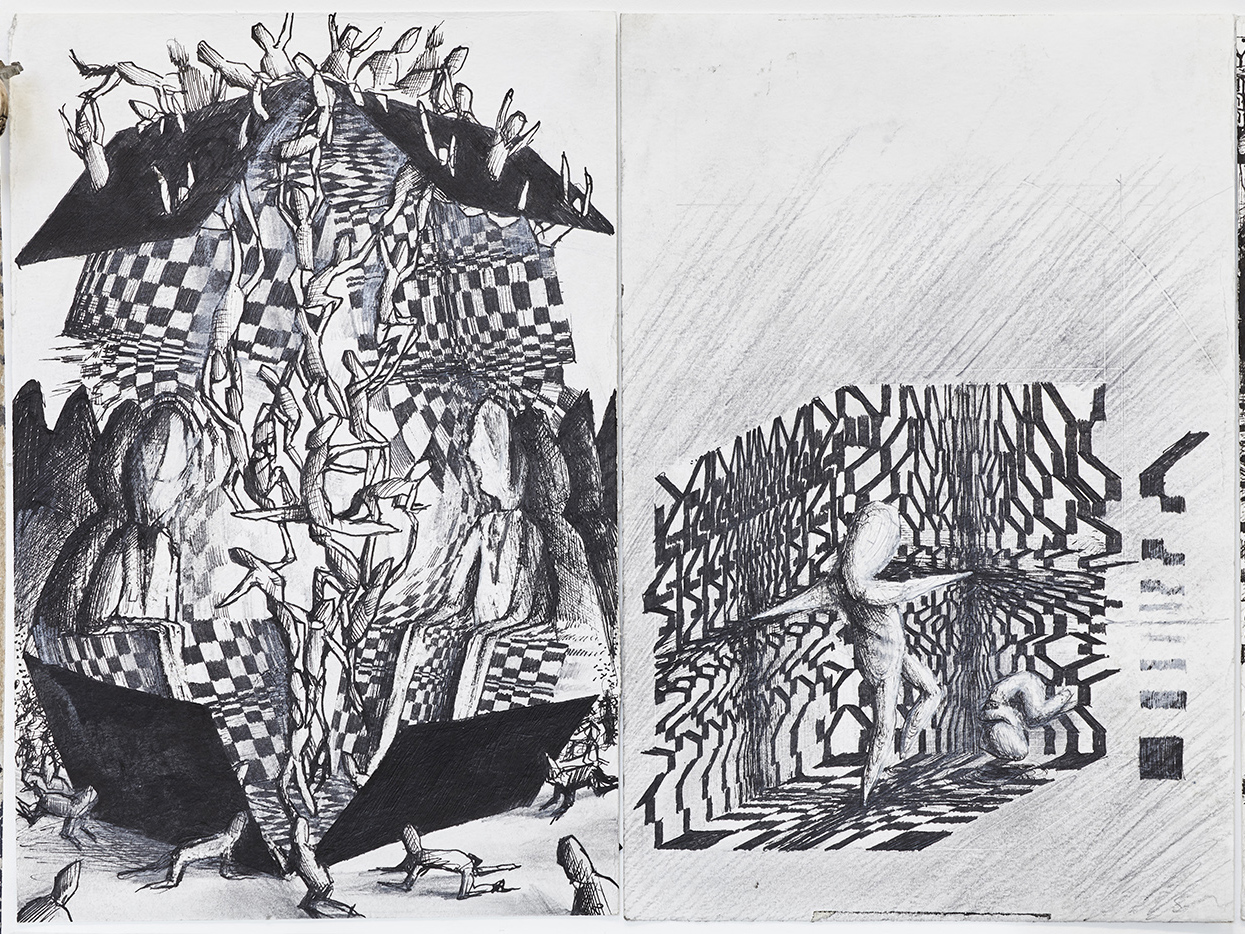
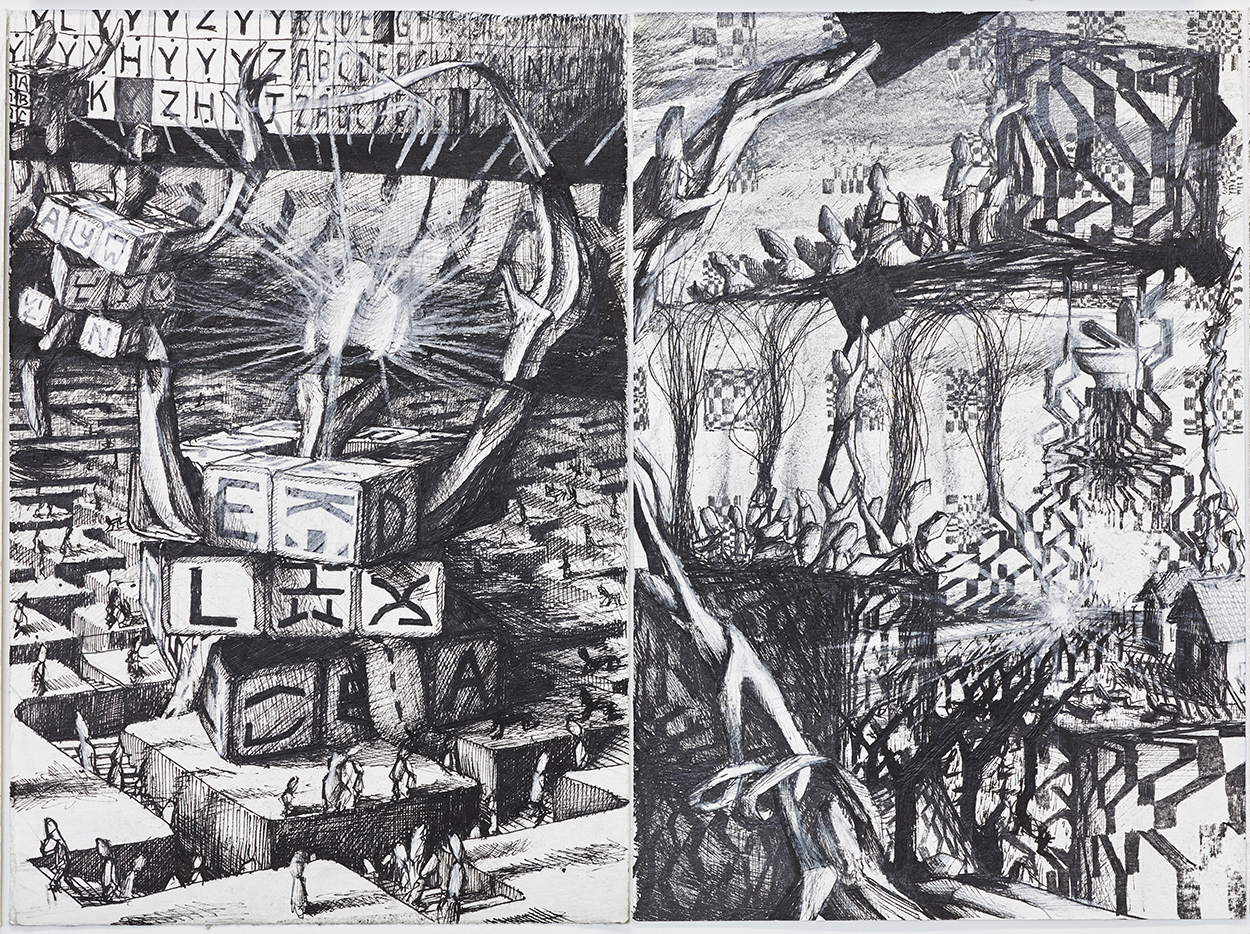
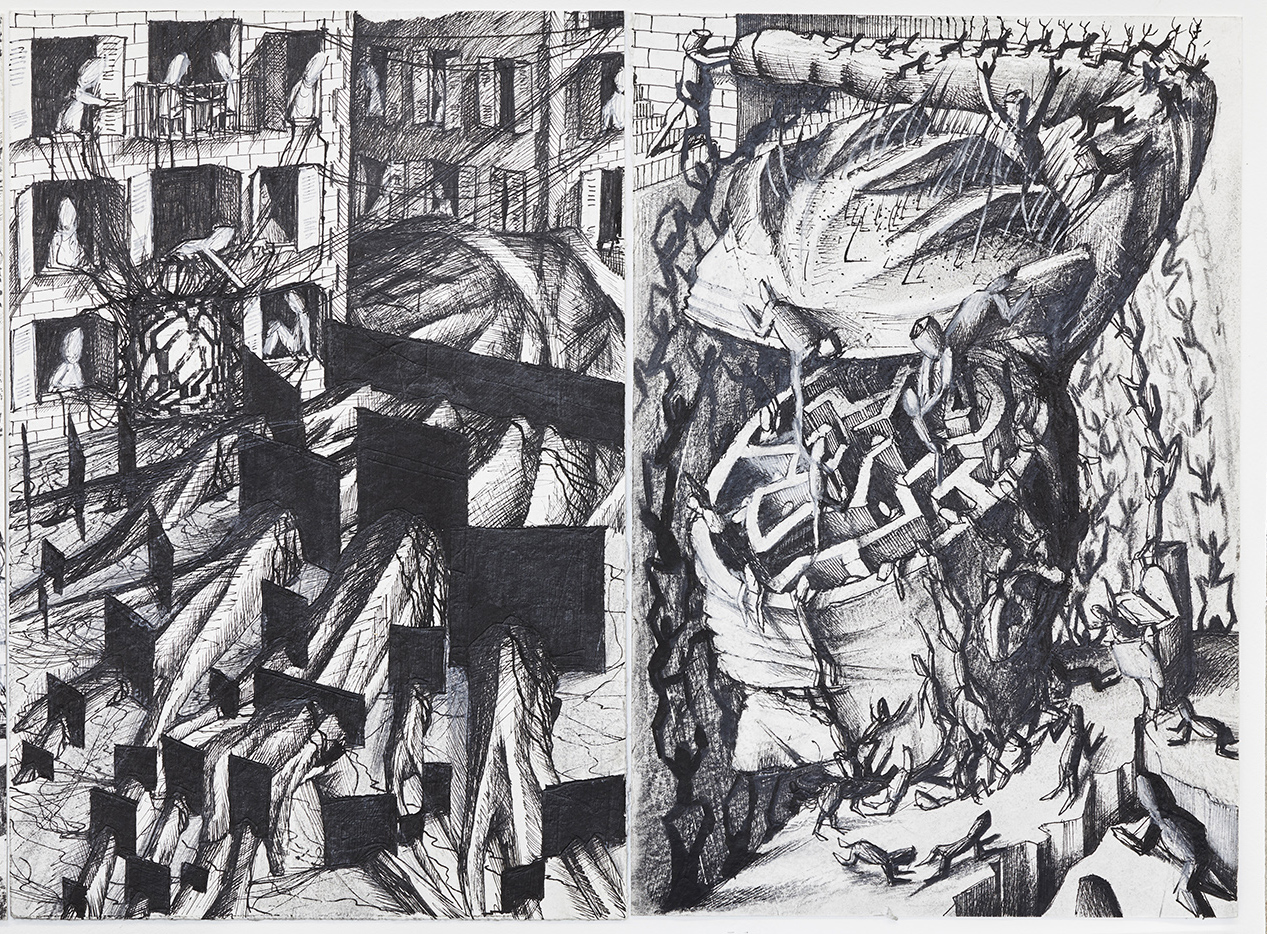

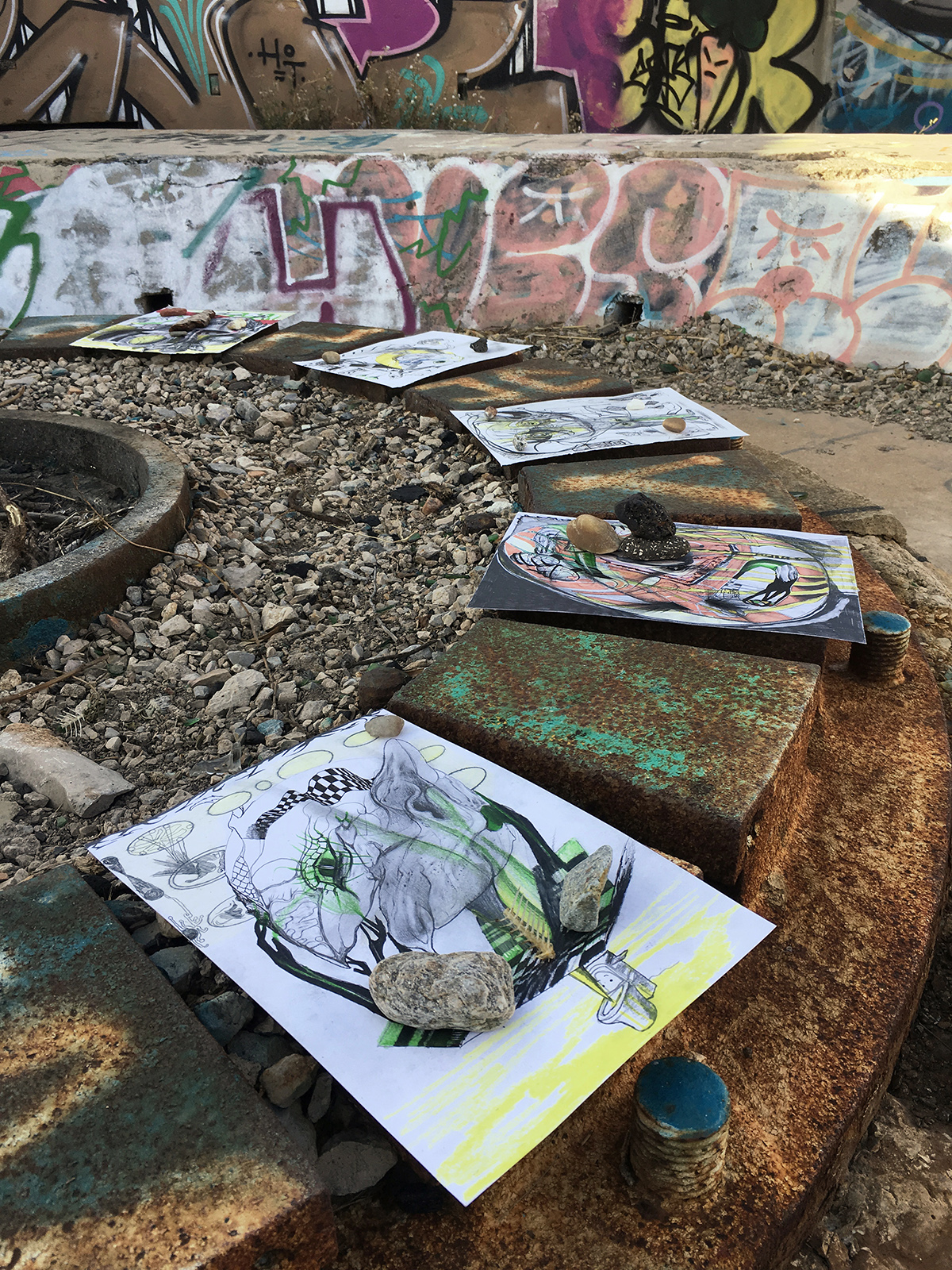
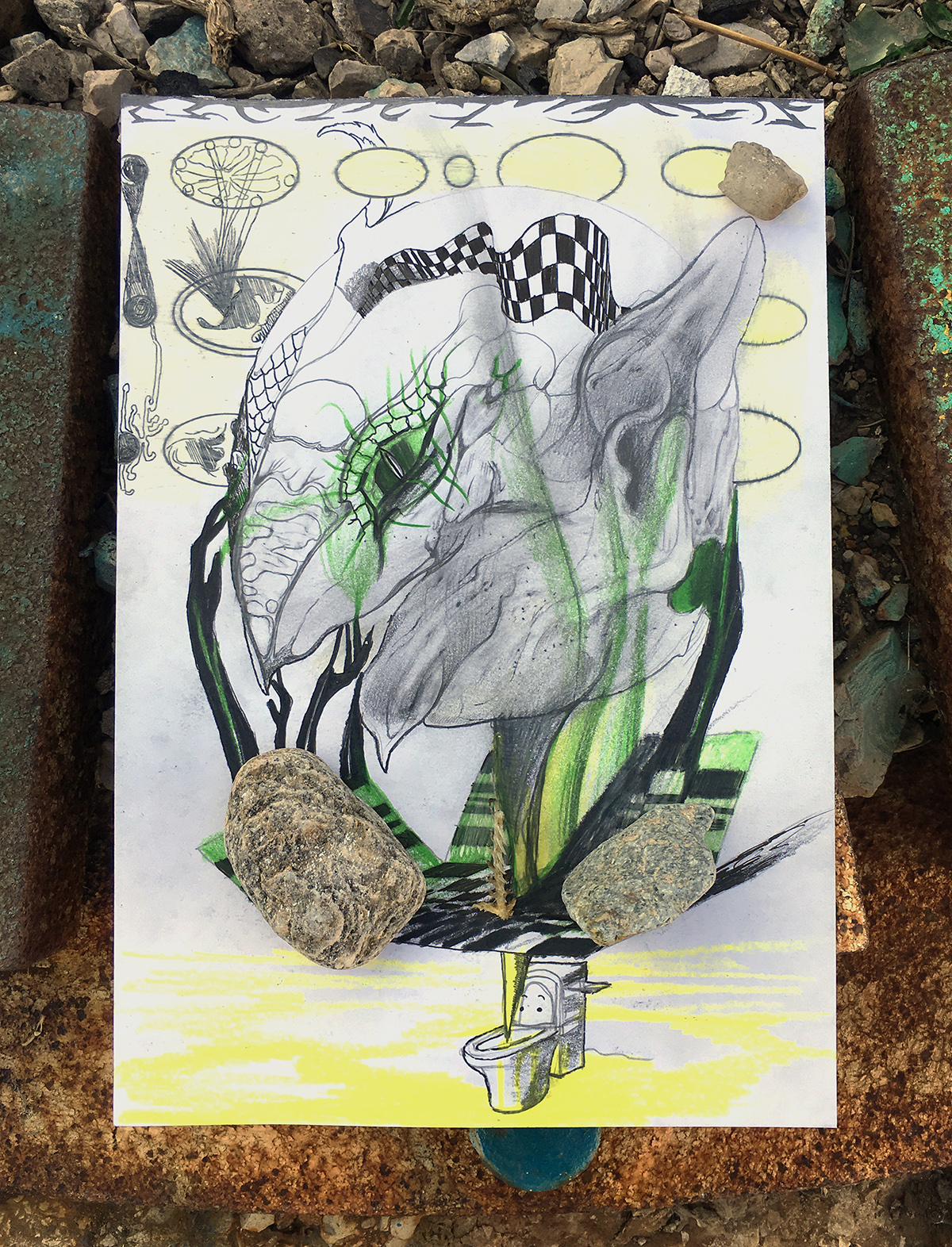
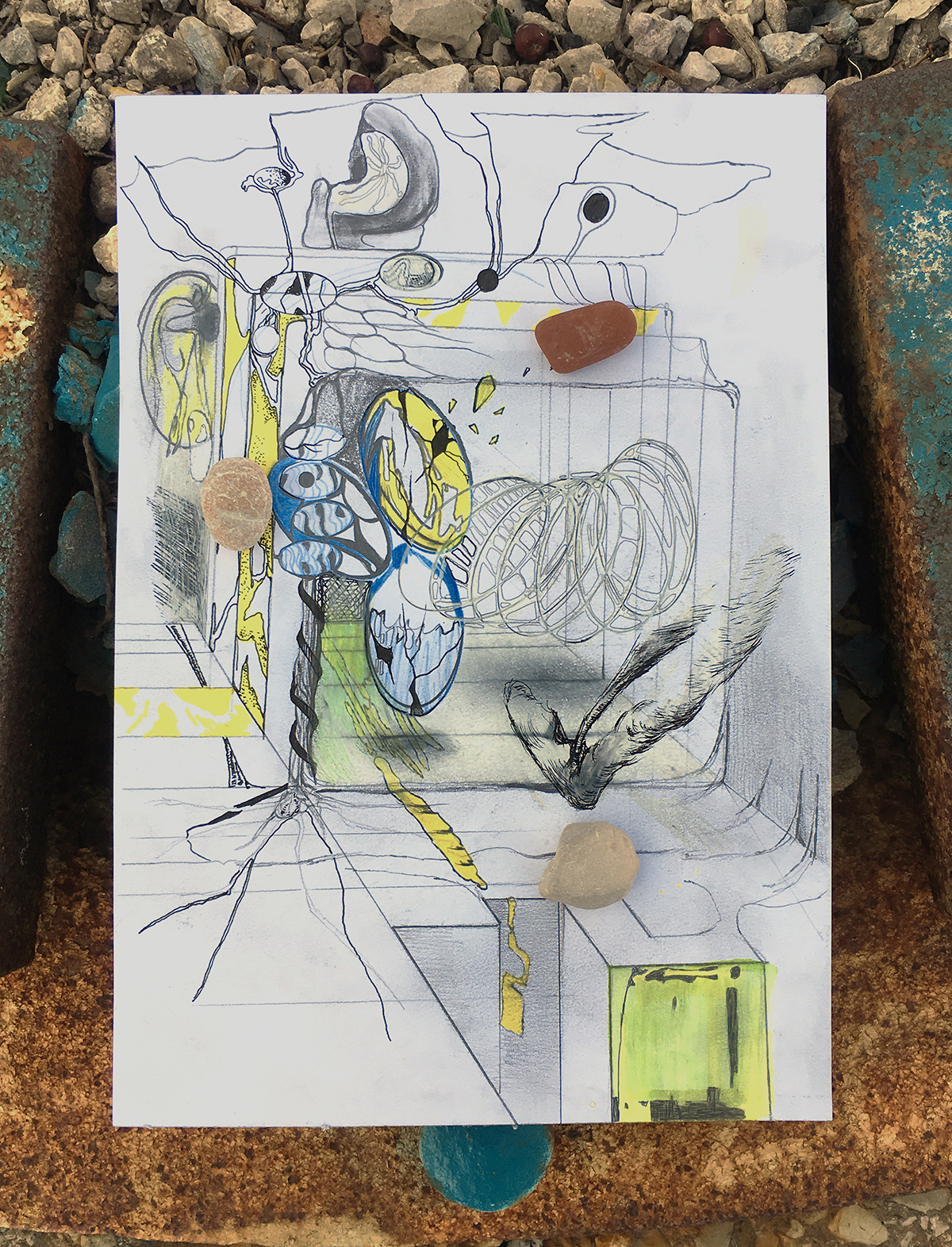

Flowcharts for Labradoodles,
2018, collaboration with Jaakko Pallasvuo.
Mural (acrylic, graphite, pastel), photocopies, drawings, tape, clay.
Was part of Somewhere In Between exhibition at Bozar, Brussels, invited by Komplot, Brussels.
Complete documentation on Art Viewer.











2 and Me, 2018.
Short Story.
Read Below or Get PDF.


2 used to wait for me passively idle.
2 would watch my alphanumeric display count down hundreds of seconds to the micro-atomic takeoff, without fail, every time. 2 used to wait for me passively idle.
2 felt my logic gates at work, periodically deciding to open their doors to subtraction. 2 used to wait for me passively idle.
2 listened to me hum at two hundred and ninety three hertz, as I sustained a dirty middle D-sharp drone, on top of which the sounds of the surrounding room felt like dissonant distractions. 2 used to wait for me passively idle.
2 was with me once a day.
2 watched 2’s food spin in a permanent loop of three hundred and sixty degrees through my metallic raster-mesh. 2 used to wait for me passively idle.
2 listened to me climax with a tri-fold siren, a tempaurtal between my world and the void beyond. 2 used to wait for me passively idle.
One day, my turntable plate got stuck.
SEE MORE/LESS.
Something became semi-lodged somewhere in my roller ring support mechanism preventing my turntable plate from running at a smooth, two degree per second rotation. The semi-lodged object left my roller ring no breathing room, forcing me to rotate in stutters: seven degrees in either direction. 2 used to wait for me passively idle.
The semi-lodged object deep inside of me was effected by my stuttering. I could feel it rattle around my support roller ring, as I tried relentlessly to force my turntable plate to crush it and spin my way out of the shortened path. 2 used to wait for me passively idle.
The semi-lodged object’s position and rotation effected the pace at which I stuttered: we entered a symbiotic relationship. I became stuck in a new kind of loop. I spun only a fraction of how I used to. One fourty-fifth. 2 used to wait for me passively idle.
I moved in aperiodic stutters now, instead of smooth, symmetrical cycles.
My steady hum was interrupted by aleatoric spikes, troughs and pauses.
I generated asymmetrical heat instead of a rounded, all-over warmth.
2 stopped.
Waiting for me passively idle.

2 first noticed the change with the irregular thump,
2
starte
d
a noise which I made when my turntable-plate bumped against
wait ing for
me
the semi lodged object deep in my roller ring support mechanism.
actively
pre
sent.
2 started to pay attention.
2
st art
e dw
ai tin g
2 measured how often the
thump sound would sync with the countdown of seconds on my alphanumeric display,
form e
and how often it would
a ct ive lypr es e ent
not. 2 cointed this 'the thump radio' (Figure A).
2 noticed that no matter at which angle 2 placed 2's Tupperware
2start ed
into me, once I was done, the Tupperware would end up with a plus
wai ti ng
or minus, minimum of one, or maximum of seven
2
degrees of difference from the original angle.
waitedformeasctivelypressent
2 coined this the 'difference angle' (Figure B).
2 paid attention to how these numbers changed from week to week, day to day, hour to hour. To how unpredictable they were. How comfortable they felt. How they sat on a graph (Figure C).
2waitedformeactivelypresent
2 started using me for breakfast, lunch, dinner, and everything in between. 2 started
2waitedformeactivelypresent
heating blank Tupperware. 2 started heating non-food. 2 started leaving my door open.
Assymetrically heated food became 2's secondary interest. 2 wanted the numbers.
One day 2 decided 2 was finall ready to start asking
2 wai ited fr
me questions out loud. 2 intended to find answers by correlating my thump ratio and difference angle into a system 2 had set up.
for me actively
presnt.
2 asked - "Should I be worried about the lump on my neck? And the
2waitedformeactivelypresent
discoloration on my arm? Should I be worried about coughing blood?" Is the thump ratio less than one? No. Greater than one? Yes. Equal to one? Forget about it.
2 asked - "Which doctor, if any, should I see?" Is the difference angle less than two? Dr. J.F. Ferguson. Between two and four (including four)? Dr. W. Rottman. Between four and six (including six)? Dr. J.J. Freeman. Greater than six? No doctors.
2waitedforme
2waitedformeactivelypresent
2 didn't accept my answers. 2 didn't listen to me, and kept re-heating 2's food until my numbers answered in a way 2 agreed with. No worries, no doctors, no hospitals.
2 waited
for me
The semi-lodged object kept rattling deep inside of me, between my support roller ring
a c t i v e l y p r e s e n t.
and my turntable motor hub. I could feel it slowly wearing down every time 2 used me.
I kept telling 2 to get help. 2 kept putting words in my mouth.

I decided. I turned myself on while 2 was away.
After nine hundred seconds of auto-heating, I could feel the semi-lodged object become sticky. After another nine hundred seconds, I felt it break in two. After nine hundred more, the semi lodged object dissolved into vapor. It was no longer there.
Once again, I was able to move in smooth, symmetrical cycles, to hum at a steady two hundred ninety three hertz and to generate rounded, all-over warmth.
2 started to wait for me passively idle.


Figure A: Thump ratio, where 'X' represents the thump sound and the greyscale
gradient is the duration of one of my seconds on the alphanumeric display. If 'X' spatio-temporally overlaps across the break in the gradient, 2 considers it in sync with my countdown of seconds (as is the case at 00:21 - 0020 and 00:20 - 00:19). In this hypothetical cross section of five seconds, the thump ratio is 2/3.

Figure B: Difference angle, where the grey rectangle represents the Tupperware inserted into me at an angle of eight degrees (left) and the resulting angle after eighty seconds of radiation (right). In this hypothetical eighty second session the difference angle is | θa – θb |=6.

Figure C: Range of thump ratio values for a given month. 'M' on the x-axis represents consecutive Mondays in a given month. The y-axis is a numerical value between 0 and 1. Red represents breakfast, blue represents lunch, green represents dinner and yellow represents a miscellaneous meal.
Node (Sazarus II), 2018.
Mural (pastels), two-channel generative video, chairs.
Was part of Portable Landscapes exhibition at the Latvian National Museum of Art, curated by the Latvian Centre for Contemporary Art.







IDYLLLIMBOR, (2016 - ?) is a monthly, sensory deprivation listening session that I host in my attic in South Rotterdam, starting in 2015.
IDYLLLIMBOR "sets out to make unmediated room for pure sound; to explore the difference between the involuntary nature of hearing and the voluntary, selective nature of actively listening, striving to build a loose community of like-minded, curious individuals, to come together listen to a curated program of music/sound and be differently present (and usually eat some homemade mashed potatoes)".
Documentation, flyers and mixes on the IDYLLLIMBOR website.
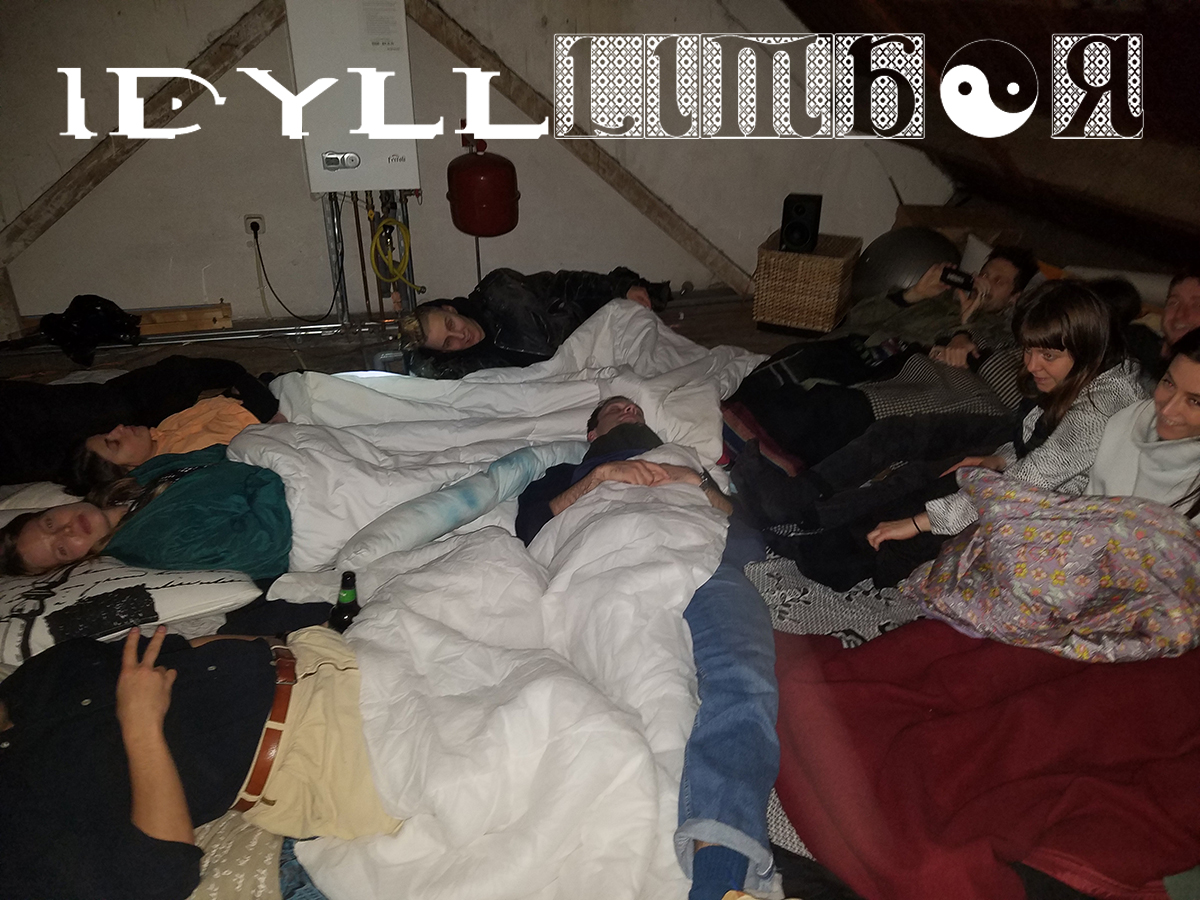
Live semi-improvised set at Rotterdam music venue De Player.
Playing a custom patch made in Max MSP and Korg Kaoscillator with a string of effects pedals.
Random God, 2017.
Short story.
Read below or get PDF.
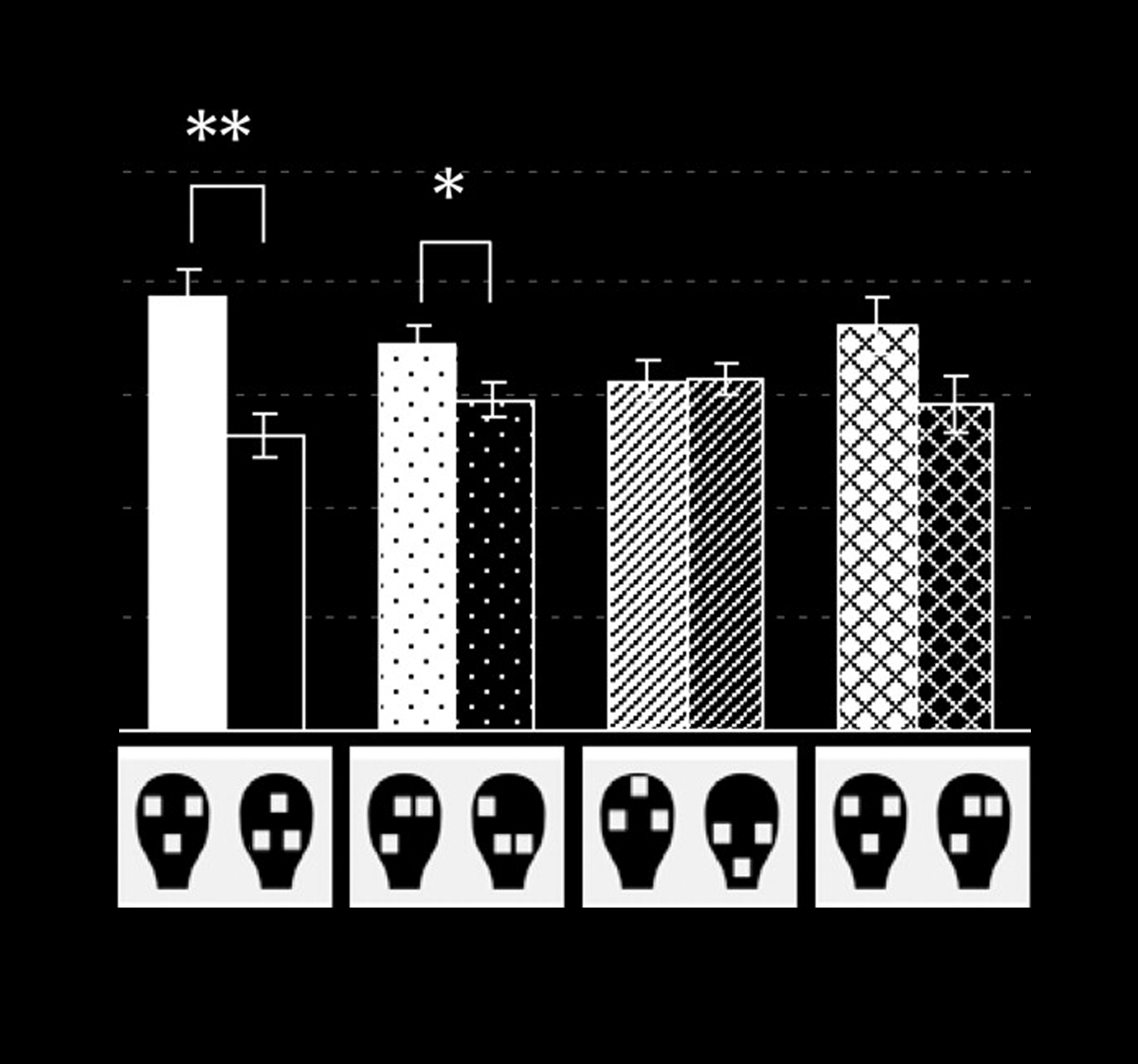
Random God
[Instructions for an imagined solitary journey. Alternate your internal voice between two registers, one reserved for the bold text and one for the regular.]
You are standing on a beach.
The sand is coarse, the waves are periodic, the sun is intermittent and the horizon is concave.
You face the water.
You take a step forwards, towards the water. The water retreats away from you.
You take another step forwards, towards the water. The water retreats.
You take two steps forwards, towards the water. The water retreats and retreats.
Facing the water, you increase your pace and take three steps forwards, towards the water. The water retreats, matching your pace.
The distance between you and the water is the same as it was seven steps ago.
You are now standing on sand that was underwater seven steps ago. It’s dry.
You look left. A line slowly forms between the water / sand divide which gains definition as it arcs to the right, until it caresses the concave horizon and becomes indistinguishable from it. The horizon is interrupted by protruding peaks of sand dunes that look un-climbable.
You look right. A line slowly forms between the water / sand divide which gains definition as it arcs to the left, until it is caresses the concave horizon and becomes indistinguishable from it. The horizon is interrupted by protruding peaks of sand dunes that look un-climbable.
You look straight, facing the water. The sand is coarse, the waves are periodic, the sun is intermittent, and the horizon is concave.
SEE MORE/LESS.
You turn around and face the sand dunes, turning your back to the water.
You take a step forwards, towards the sand dunes. You turn your head and see the water advance towards you.
You take another step forwards, towards the sand dunes. You turn your head and see the water advance.
You take three steps forwards, towards the sand dunes. You turn your head and see the water advance, matching your pace.
You turn around and face the water.
You run forwards, towards the water. The water retreats, matching your pace.
The distance between you and the water is the same as it was when you last checked.
You look down. The sand is dry. You scoop a dash of sand grains between three of your right-hand fingers and lay them out on the palm of your left hand. You start counting the grains of sand, parsing them with your right thumb and index fingers, tossing the individual grains back into the mass below as you count. Once you count ten grains of sand, you decide that if the total number will be even, you will walk left along the beach, parallel to the water. Otherwise you will walk right along the beach, parallel to the water.
You count a total of thirty-seven grains of sand. You know that this might be inaccurate because you remember feeling what might have been two grains of sand between your right thumb and index fingers on two occasions while counting, but thought it wouldn’t make a difference since it happened twice and that difference would add up to two, which would negate that difference. You also acknowledge that there is a possibility that you felt the two grains of sand between your right thumb and index fingers only once, not twice, and that there were actually three grains of sand, not two. Both of these potential situations would have skewed your final count, but you decide that it wouldn’t make a difference either way.
You proceed to the right along the beach, parallel to the water, counting your steps as you walk. You begin to pay attention to the sand dunes on your right, also running parallel to the water. Their steep incline makes them impossible to scale, effectively making them walls. Their peaks follow a regular irregularity, like an extruded sin wave decorated with deformations. After walking approximately fifty steps, you begin to spot recurring deformations in the peaks and troughs, and notice that the landscape surrounding you hasn’t changed. It hasn’t changed at all.
You speed up your pace, walking right along the beach, parallel to the water, but stop counting your steps. You spot the same repeating deformations in the peaks and troughs of the sand dunes, and this time see that the sand dunes stretch into the distance until they become indistinguishable from the concave horizon.
You stop walking.
You turn and once again face the water.
The waves are periodic, the sun is intermittent, the sand is coarse, and the horizon is concave.
You listen to the breaking waves, noting their fluctuating tonal frequencies as they approach the shore, crash, recede and repeat.
You slowly begin swaying back and forth, moving in and out of sync with the ebb and flow of the water, trying to predict the arrival of every coming wave. As your swaying breaches the critical mass of staying stationary, you put one foot forward in order to leverage your weight. Your other foot follows and you take a step forwards. Your following six steps arc to the right as if an invisible force swings you along an undefined circumference, before loosening up and swinging you in the other direction. You become aware that you are walking in a loop, tracing an figure-eight in the sand with your steps. It takes twelve steps to complete a single cycle around the figure-eight. You walk three cycles of the figure-eight, giving greater definition to the imprinted path in the sand with each cycle. You stop at the midpoint of the figure-eight – the point where the path intersects with itself.
Facing the water, you make fists on both of your hands.
You count to three and start walking the figure-eight path again. You use the fingers on the left hand to count the number of figure-eight cycles you have walked, using the midpoint as the cyclical marker. You use the fingers on your right hand to count the number of crashing waves that you hear while walking the figure-eight cycle. After completing five figure-eight cycles, you run out of room on your left hand since all of your left-hand fingers are already extended, marking a count of five. As you start walking the sixth figure-eight cycle, you reset your left hand into a fist before quickly extending your index finger, marking a count of one on your left hand, and mentally carrying the five that will need to be added later. Four of your right-hand fingers are extended – you have counted four crashed waves so far.
When you complete twenty figure-eight cycles, you stop at the mid-point. You look down at your hands – five extended fingers on your left hand and three extended fingers on your right hand. Compensating for the mentally carried fives, you count a total of eighteen crashed waves during twenty cycles around the figure-eight.
You decide that you will do the count one more time, this time noting that if the ratio of wave crash to figure-eight cycle will once again be eighteen to twenty, you will proceed walking right along the beach, parallel to the water. If the ratio of wave crash per figure-eight cycle will be greater than eighteen to twenty, then you will walk left along the beach, parallel to the water. And if the ratio of wave crash per figure-eight cycle will be less than eighteen to twenty, you will once again face the water and walk forwards, towards it.
You count to three and start walking the figure-eight path again. You do your best trying to remember and match the pace of your initial walk through, but then decide that it wouldn’t make a difference either way.
When you complete the second twenty figure-eight cycle, you look down at your hands – five extended fingers on your left hand and two extended fingers on your right hand. Compensating for the mentally carried fives, you count a total of seventeen crashed waves during the twenty cycles around the figure-eight – a ratio of seventeen to twenty.
Instead of following through with the outcome and walking forwards, towards the water, you decide to do the count one more time, and to follow through with the outcome next time, whatever it may be.
When you complete the third twenty figure-eight cycle, you count a total of sixteen crashed waves during the twenty cycles around the figure-eight – a ratio of sixteen to twenty. You realize that it is likely you didn’t manage to match your initial walking pace around the figure-eight because the chances of the ratio of wave crash per figure-eight cycle decreasing by twelve percent over the course of three twenty figure-eight cycles are probably very small. But because you factored in a margin for error, you decide to break from the figure-eight path, follow through with the outcome and face the water.
The sun is intermittent, the sand is coarse, the waves are periodic, and the horizon is concave.
Facing the water, you take a step forwards, towards the water. The water retreats away from you.
You take two steps forwards, towards the water. The water retreats, matching your pace.
The distance between you and the water is the same as it was three steps ago.
You have been here before.
You look up. You observe the clouds, spotting the one particular cloud that is currently obscuring the sun.
The left edge of the cloud begins to glow, as the sun peeks out from behind it and begins to fade in, until the sun is completely un-obscured.
You note an approaching cloud that will obscure the sun once again in three, two, one…now.
This cloud is smaller than the previous one and you anticipate the sun emerging in three, two, one…now.
You stand facing the water, looking up, noting the intermittent, binary obscuring and emerging of the sun.
Three, two, one…obscured.
Three, two, one…Emerged.
Obscured.
Emerged.
Obscured.
Emerged.
Obscured.
Emerged.
Obscured.
Emerged.
Obscured.
Emerged.
Obscured.
Emerged.
Obscured.
Emerged.
Obscured.
Emerged.
Obscured.
You decide to measure the variance of the solar rhythms. Starting with the next solar emergence, you will walk forwards, towards the water until the sun is obscured, and walk backwards along the same imaginary line until the sun emerges. You will repeat this for ten solar rhythms in order to average out the result. The spot where you will end up, relative to your starting point, will reveal the solar rhythm’s dominant predilection. If the dominant predilection will be solar obstruction, you will proceed to walk left along the beach, parallel to the water. Otherwise, you will measure the variance of the solar rhythms again.
Facing the water, you wait for the cloud to begin the measurement.
Three, two, one… Emerged.
Facing the water, you start walking forwards, towards the water. The water retreats away from you.
You keep walking forwards, towards the water. The water keeps retreating, matching your pace.
Obscured.
You stop walking forwards.
Still facing the water, you start walking backwards, towards the sand dunes. The water still retreats away from you.
You keep walking backwards, towards the sand dunes. The water still retreats, matching your pace.
You stop walking backwards even though the sun hasn’t yet emerged, abandoning your measurement of the solar rhythms.
You look at the water.
Something has changed.
For the first time, the distance between you and the water has increased.
Facing the water, you take a step backwards, towards the sand dunes. The water retreats away from you.
You take a step forwards, towards the water. The water still retreats.
You take a step backwards, towards the sand dunes. The water retreats.
You keep walking backwards, towards the sand dunes until your heels hit the incline of the sand dunes. The water retreats, matching your pace. You have walked backwards, away from the water as far as you can go.
The distance between you and the water is now the longest it has ever been.
The retreating water reveals sand that was previously underwater, but nothing else.
Facing the water, you start running forwards, towards it. The water retreats, matching your pace and maintaining the increased distance.
You stop running. You are now standing approximately where you were when you decided to measure the variance of the solar rhythms. You look at the increased distance between you and the water.
The sand is coarse, the waves are periodic, the sun is intermittent and the horizon is concave.
You turn around and face the sand dunes, turning your back towards to the water.
Facing the sand dunes, you take a step forwards, towards the sand dunes. You turn your head and see the water advance towards you.
The distance between you and the water hasn’t changed.
Facing the sand dunes, you take two steps forwards, towards the sand dunes. You turn your head and see the water advance, matching your pace.
The distance between you and the water hasn’t changed.
Facing the sand dunes, you now take a step backwards, towards the water. You turn your head see the water still advance towards you.
The distance between you and the water has now decreased by one step.
Facing the sand dunes, you take two steps backwards, towards the water. You turn your head and see the water still advance, matching your pace.
The distance between you and the water has now decreased by two steps.
Facing the sand dunes, you keep walking backwards, towards the water until your heels make contact with it.
You are at the water.
Facing the sand dunes, you keep walking backwards, into the water.
Your knees are now submerged in the water.
Facing the sand dunes, you keep walking backwards, into the water.
Your hips, waist and chest become submerged in the water.
Facing the sand dunes, you keep walking backwards, into the water.
OilRain, 2017.
Exhibition at Roodkapje, Rotterdam consisting of wall mural, 2 videos, VR game (Physical Capacity from Sazarus IV), chairs, publication.
Complete documentation on Tzvetnik blog.





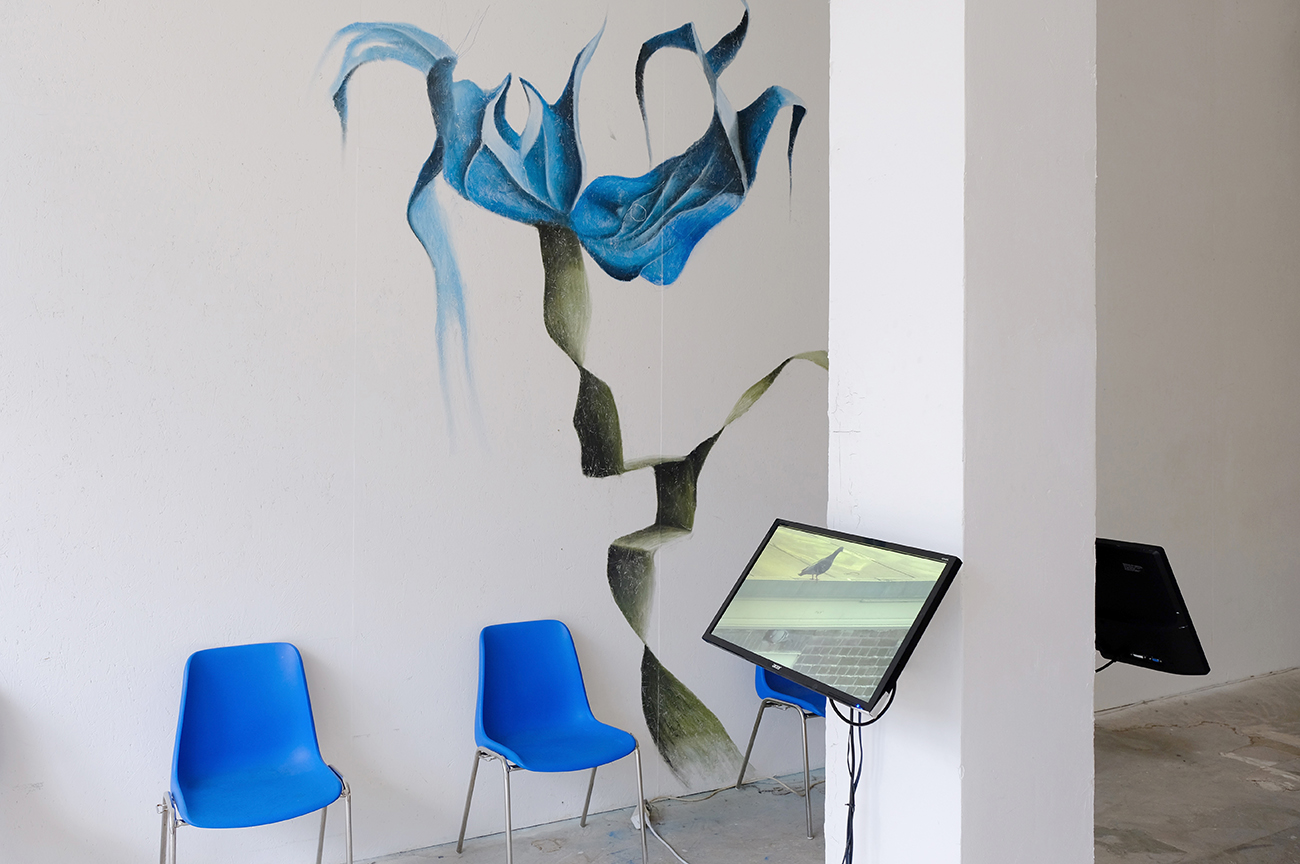
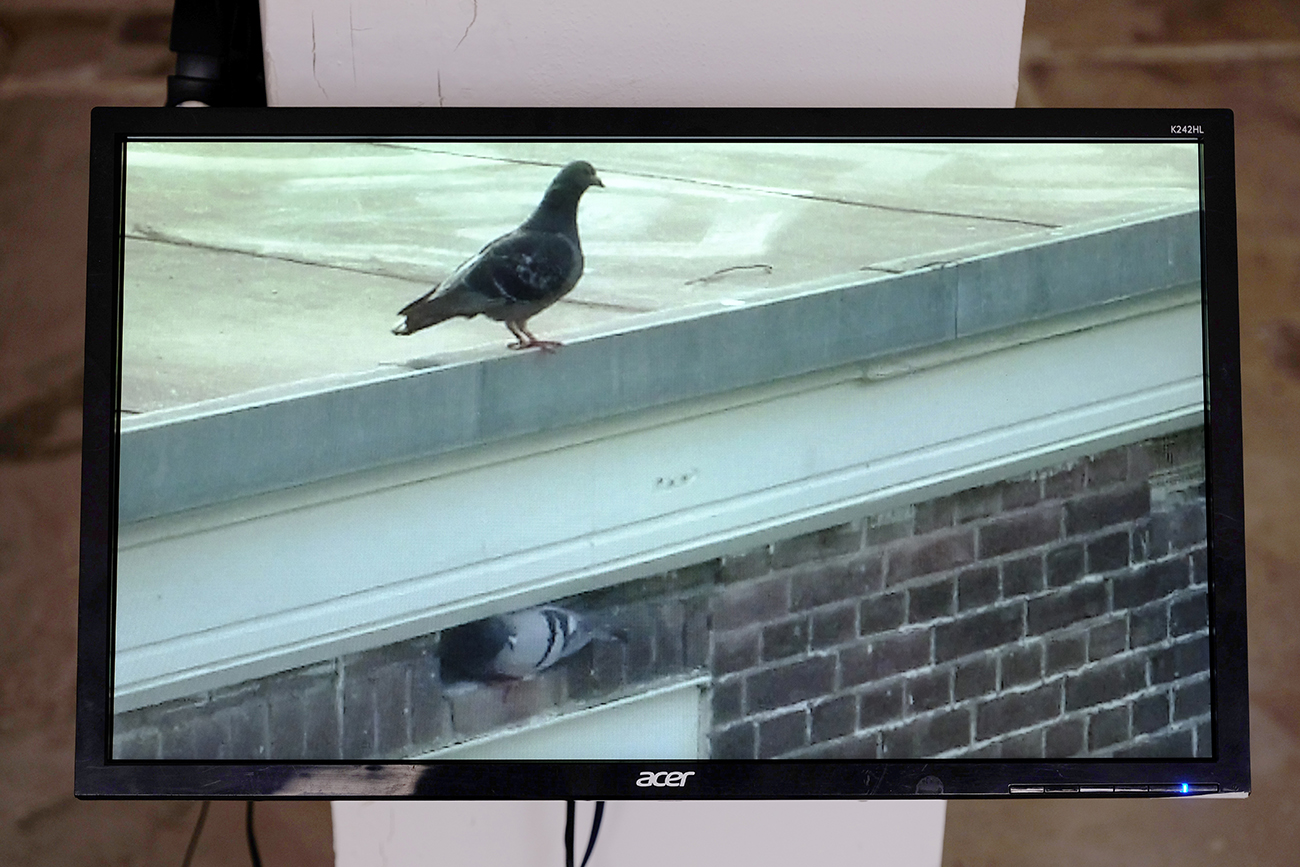
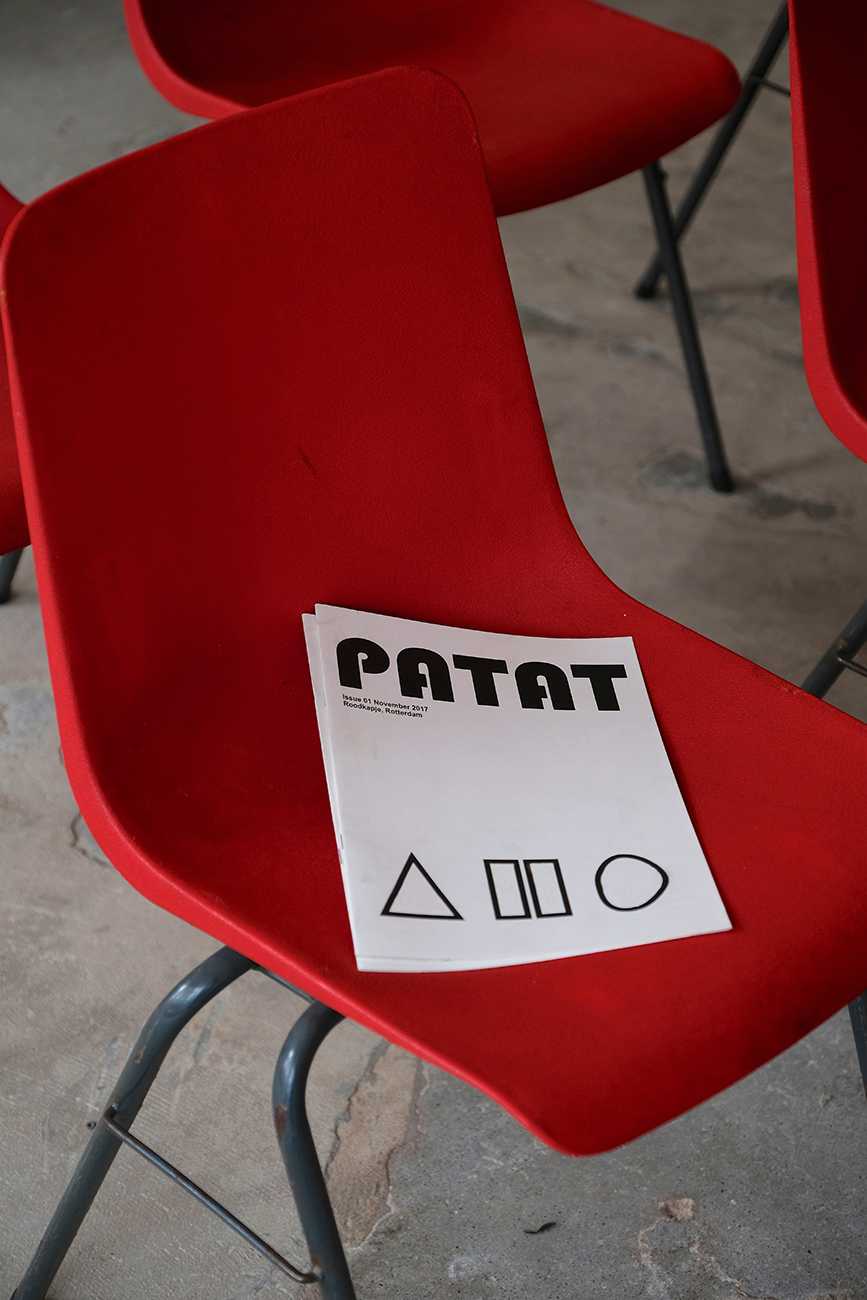
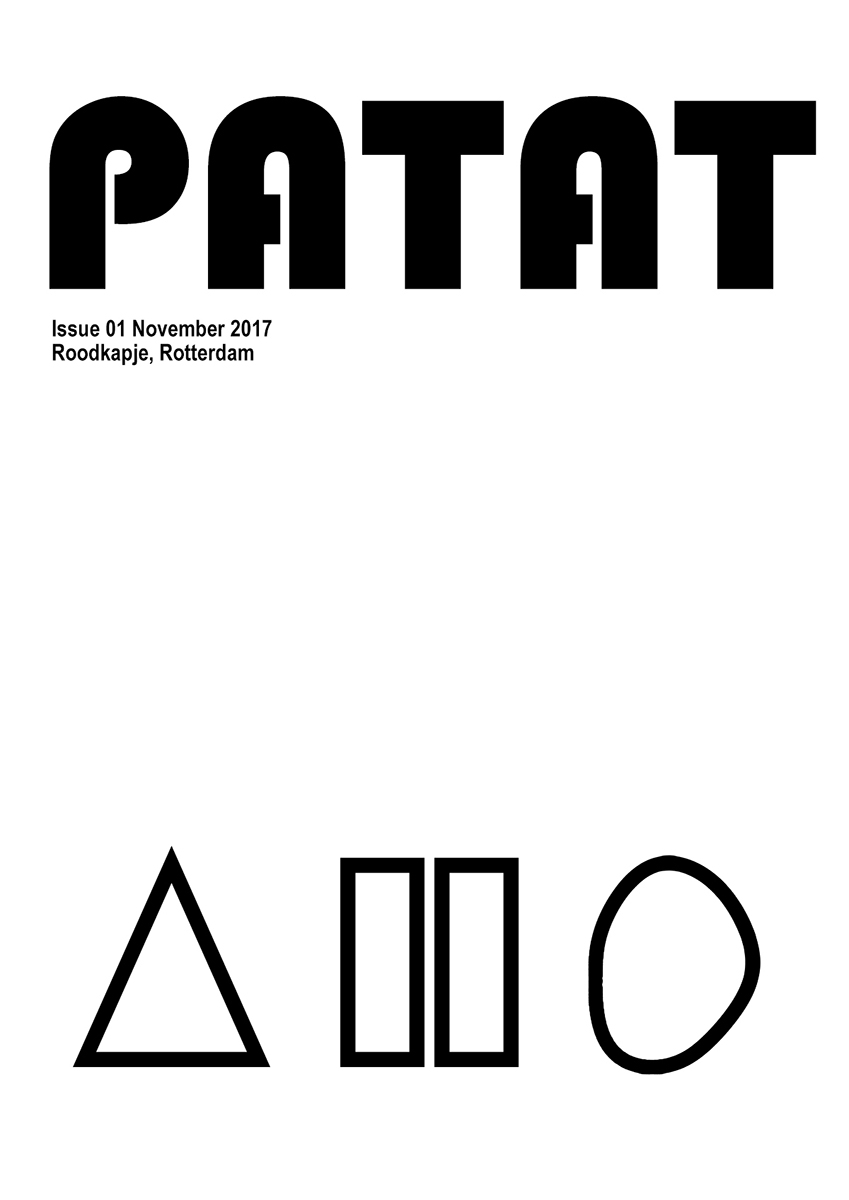
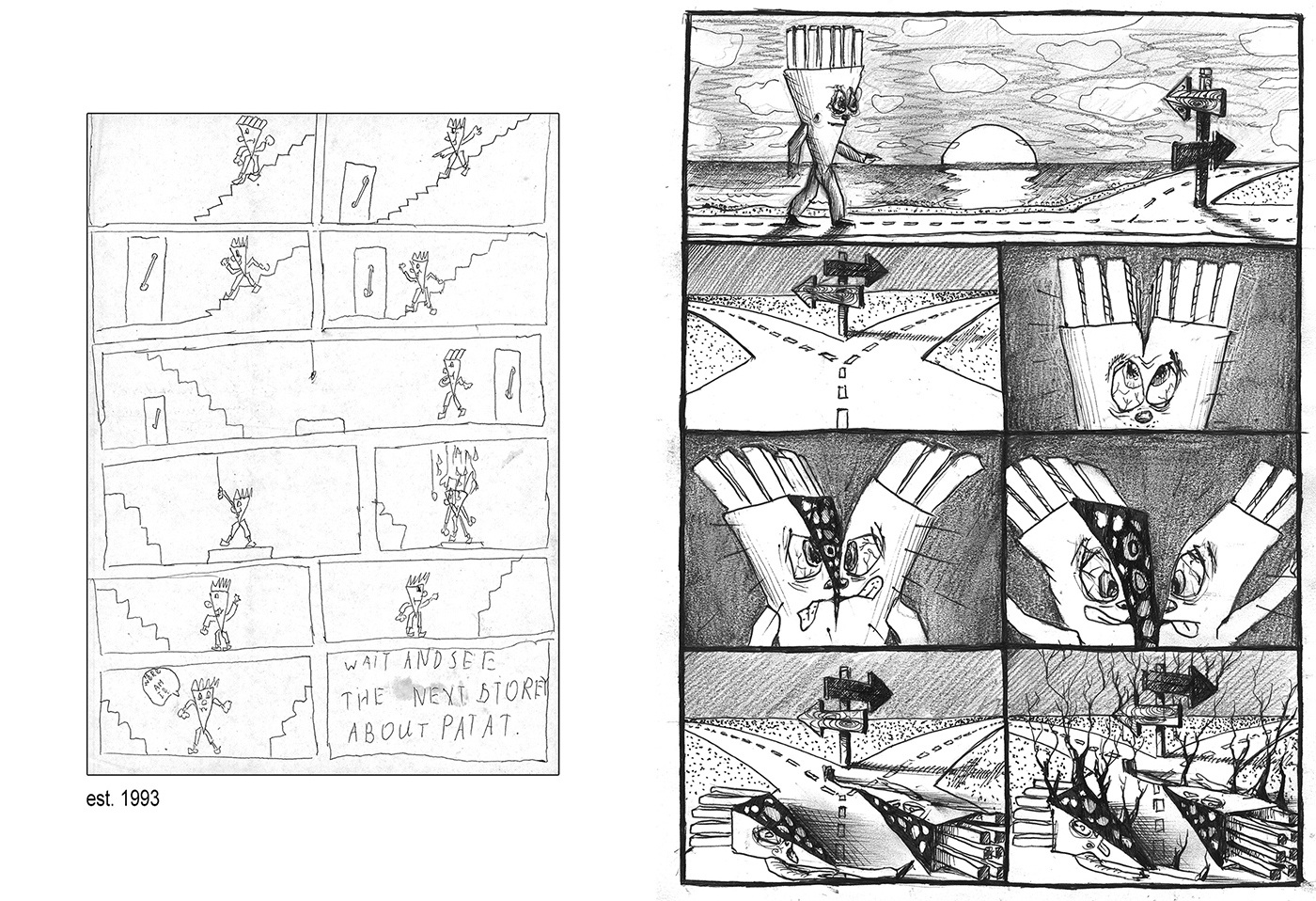
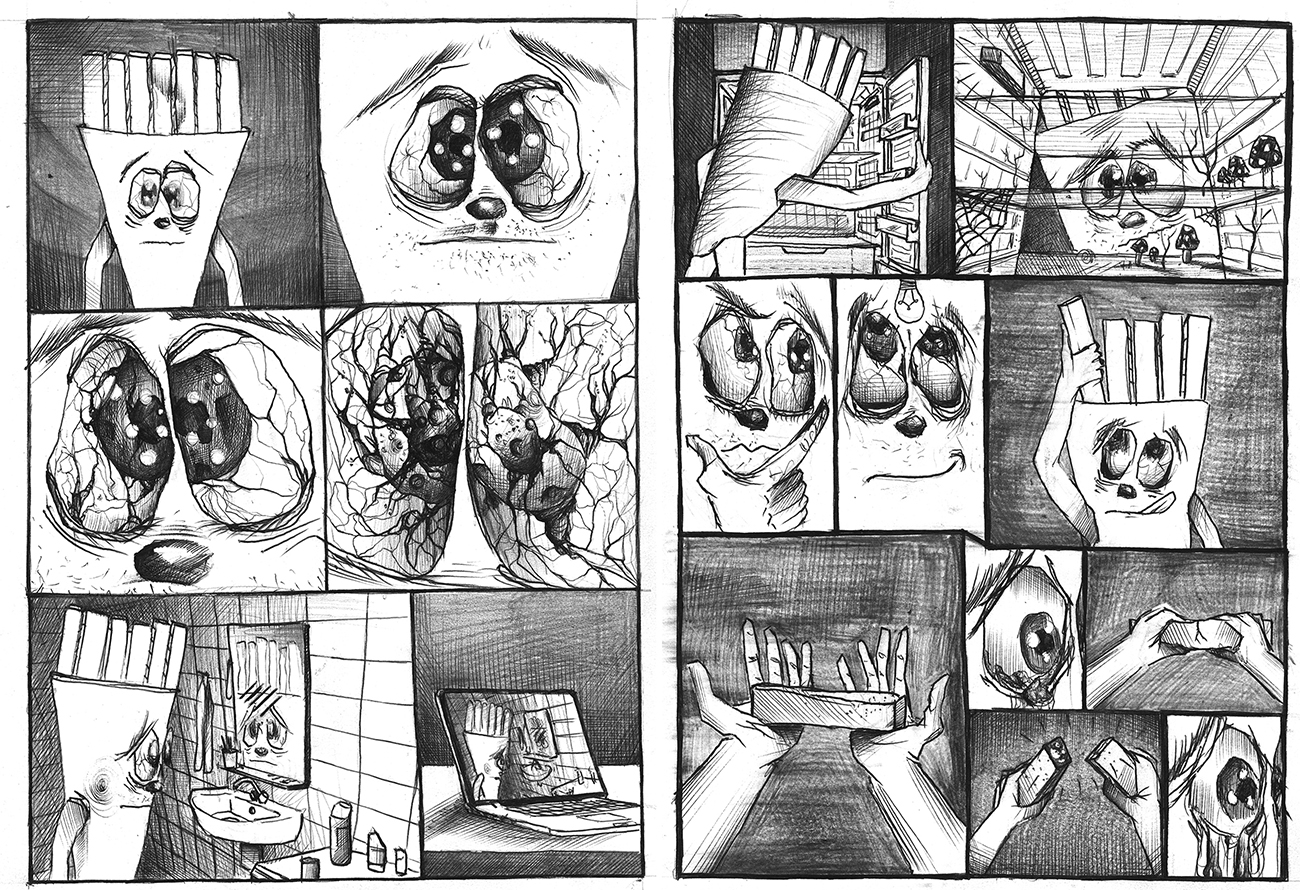
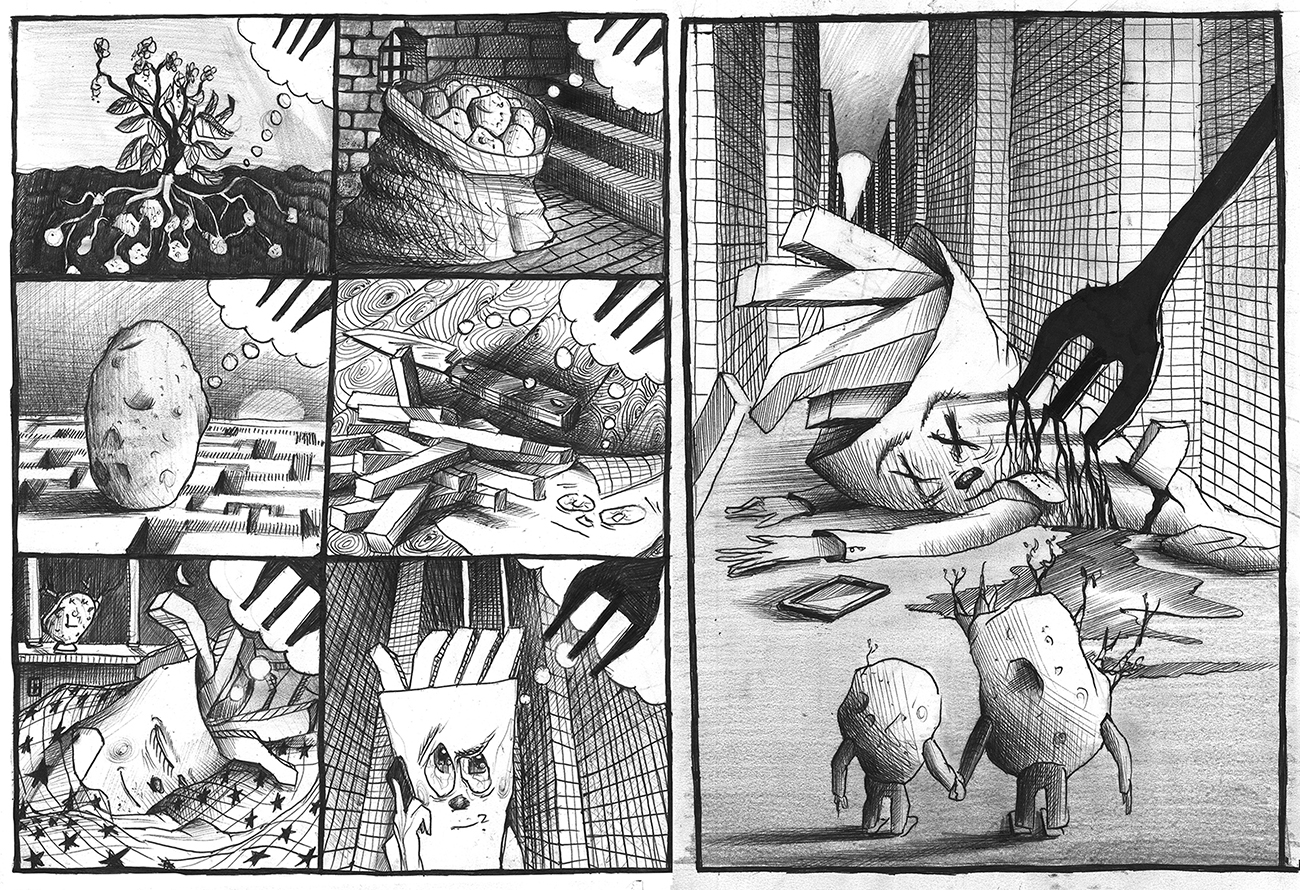
Communication, 2017.
Mural (acylic on wall).
Part of 'White Walkers' group exhibition organized by Kaspars Groševs at Tallinas iela 10, Riga with Jaakko Pallasvuo, Carl Palm, Viktor Timofeev, Rūtene Merkliopaite, Aapo Nikkanen, Evita Vasiļjeva, Marianne Vierø, Īrisa Erbse, Līva Rutmane.










Zolitude, musical collaboration with Kaspars Groševs.
Eight track digital album of music and artwork released on Quantum Natives in 2016.
Originally hosted on OFLUXO blog. Download here.








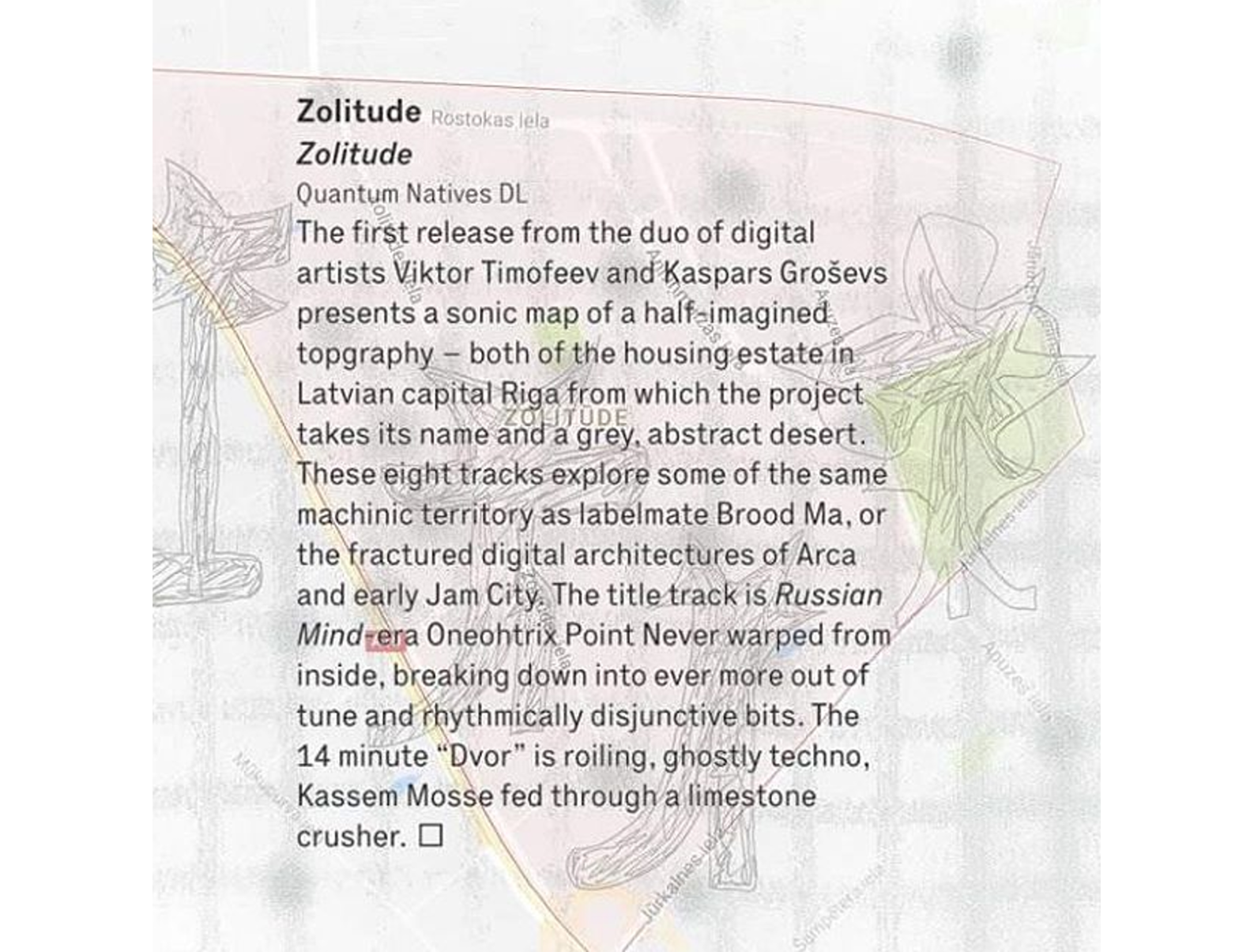
(Wire Magazine 395, January 2017)
4.5/5.5, 2016.
Ten hand-cut digital prints on PVC mounted on walls.
Was part an installation part of 'Roy Da Prince' group exhibition at Futura, Prague.



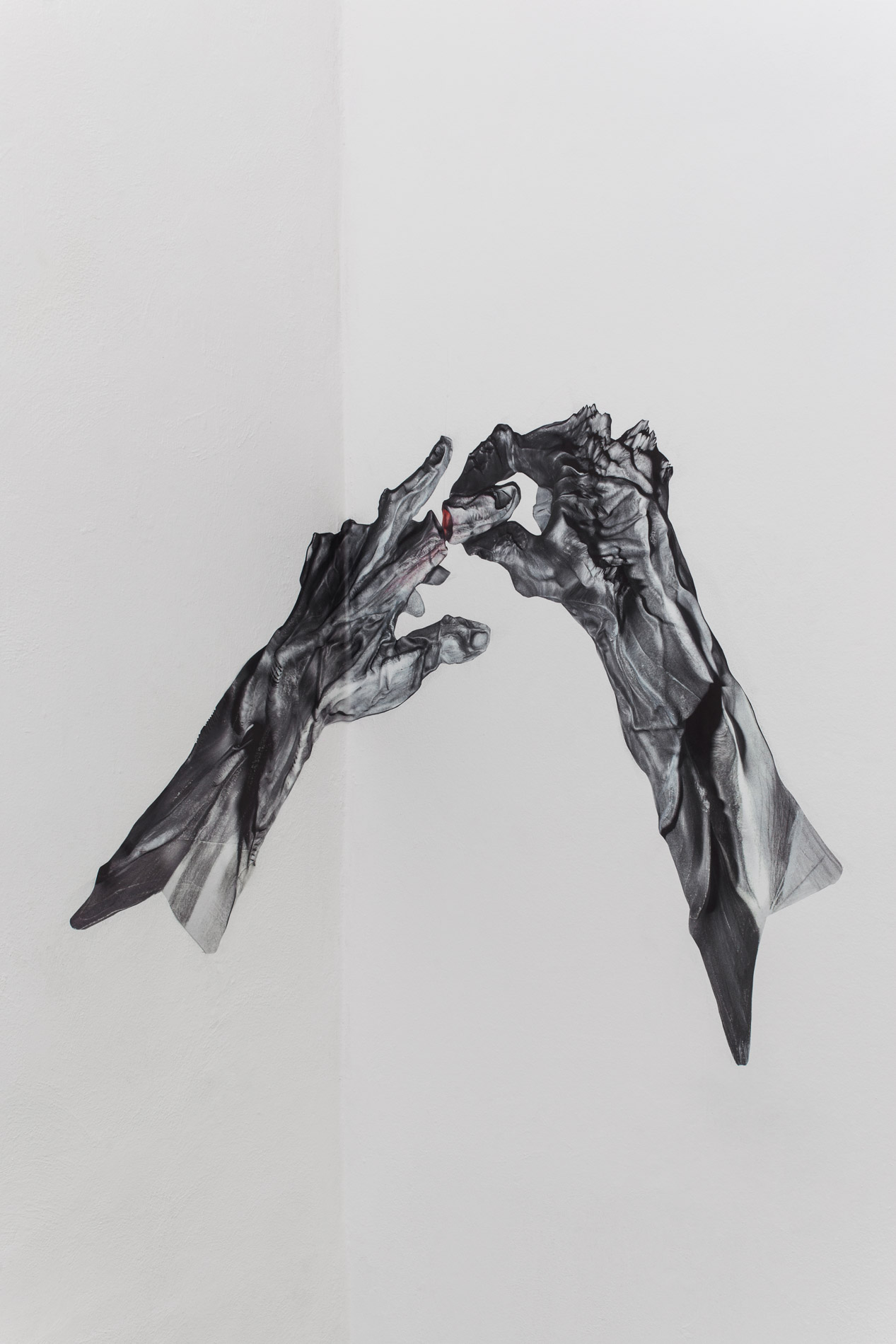
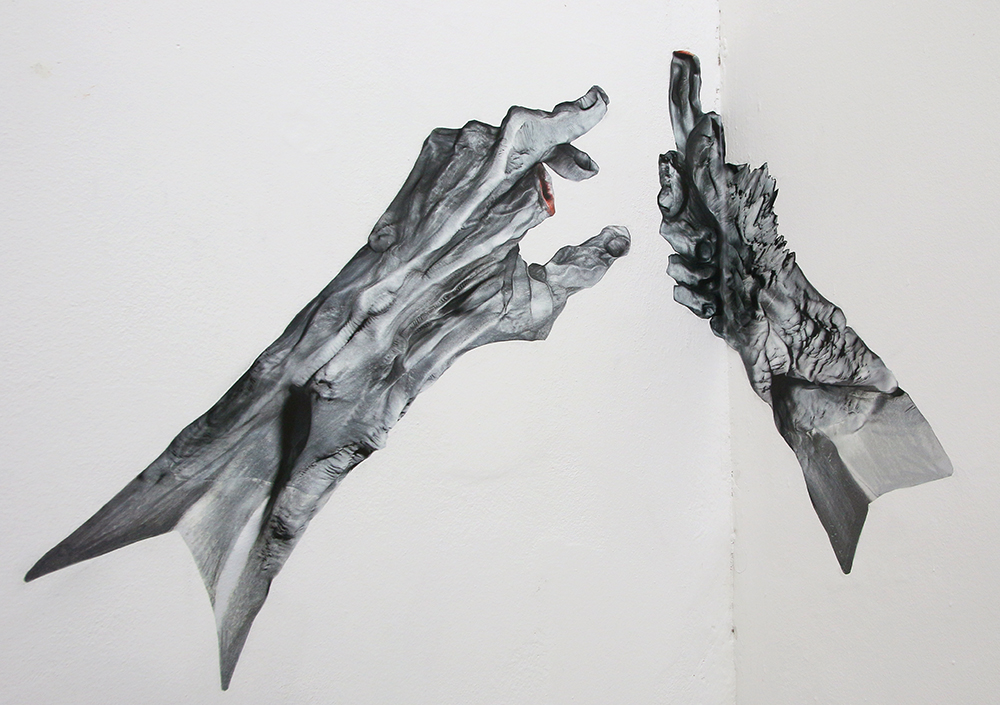
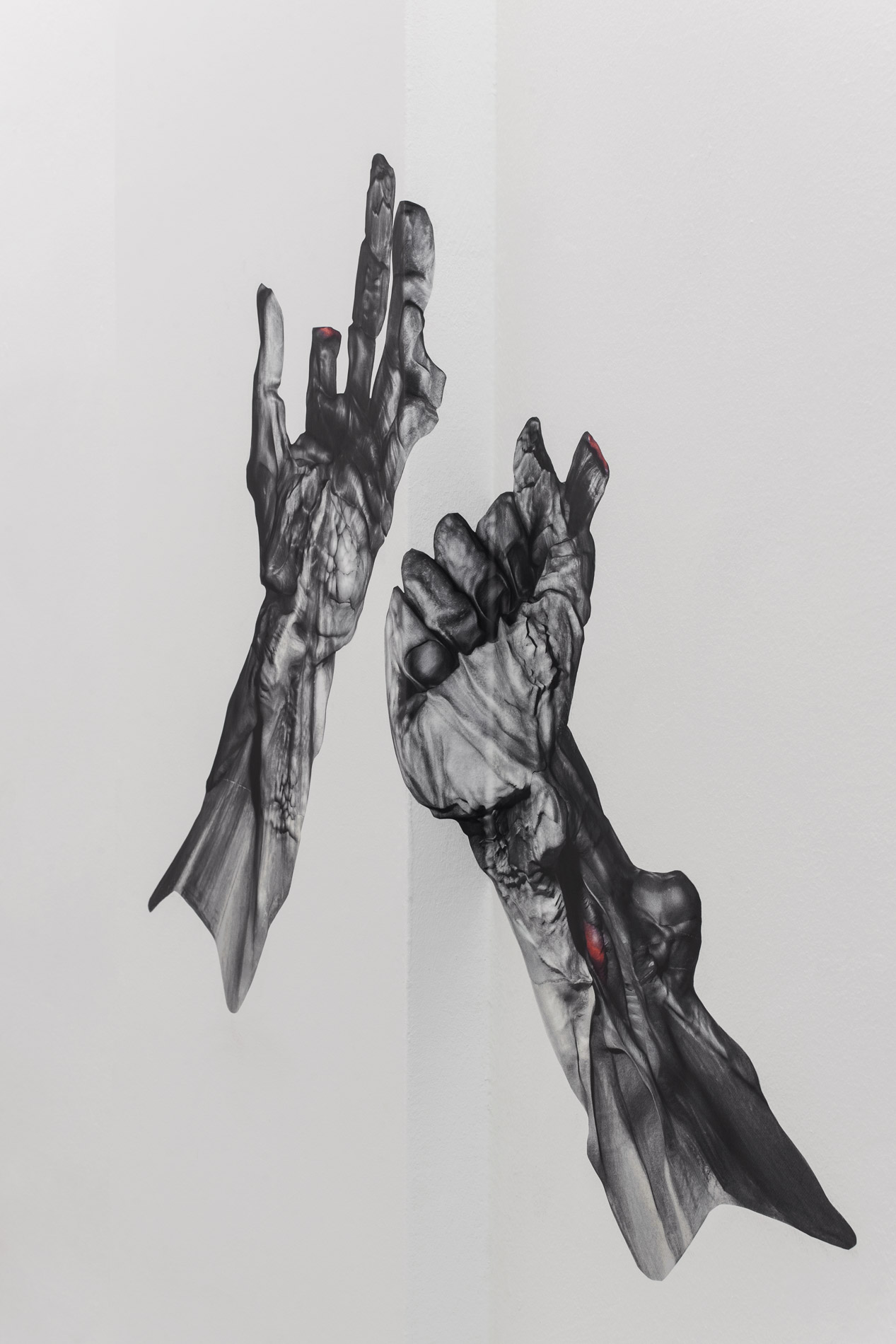
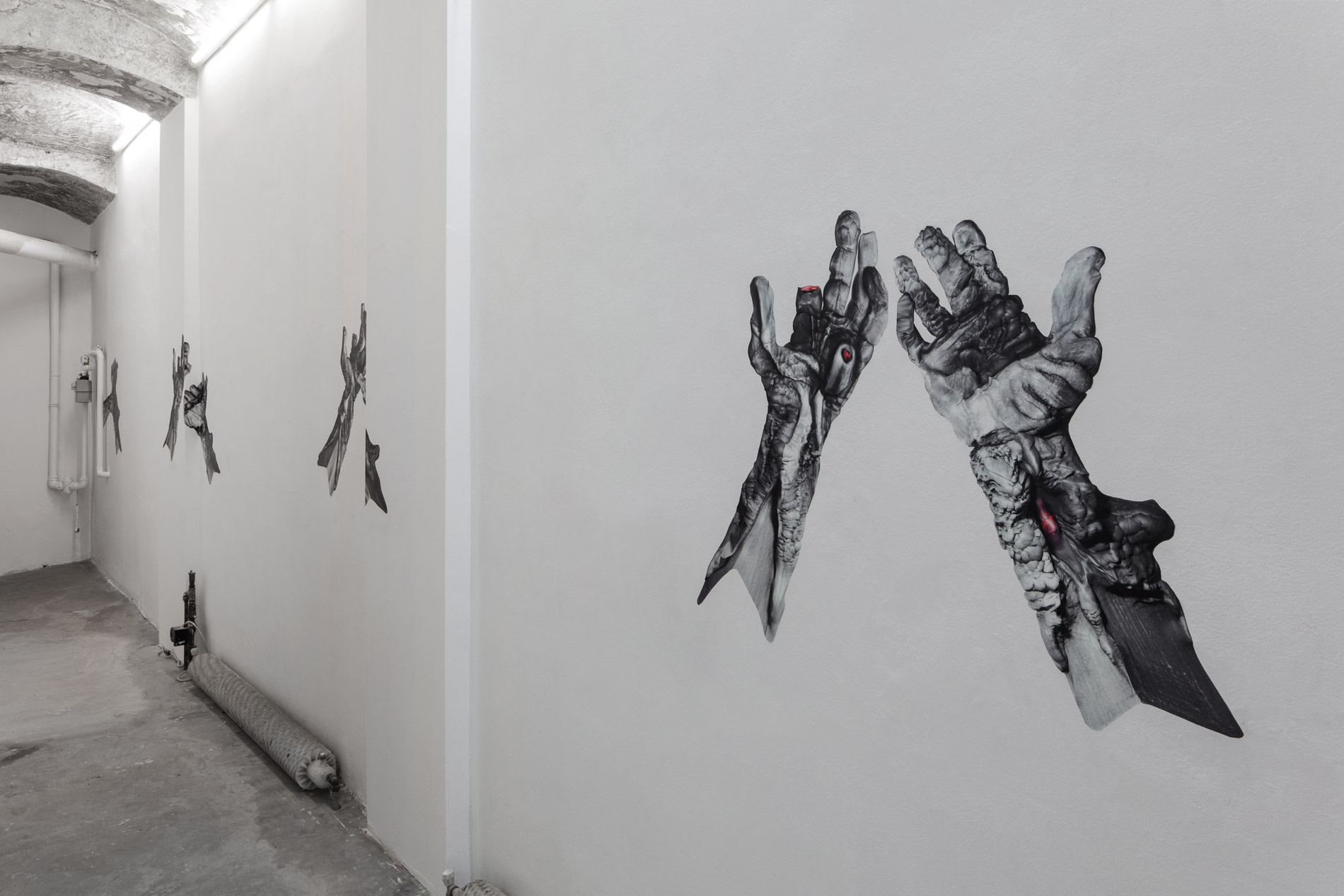



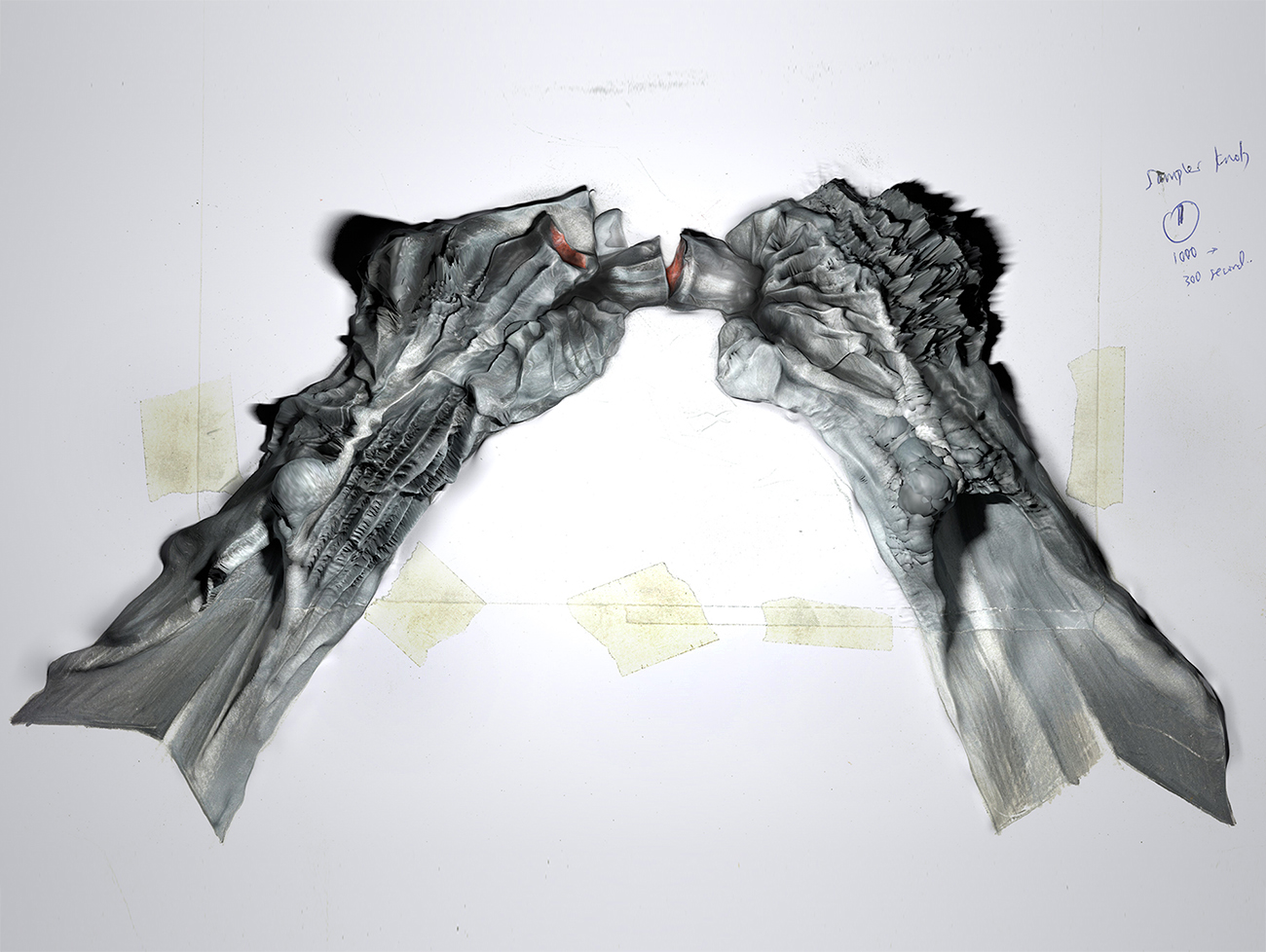
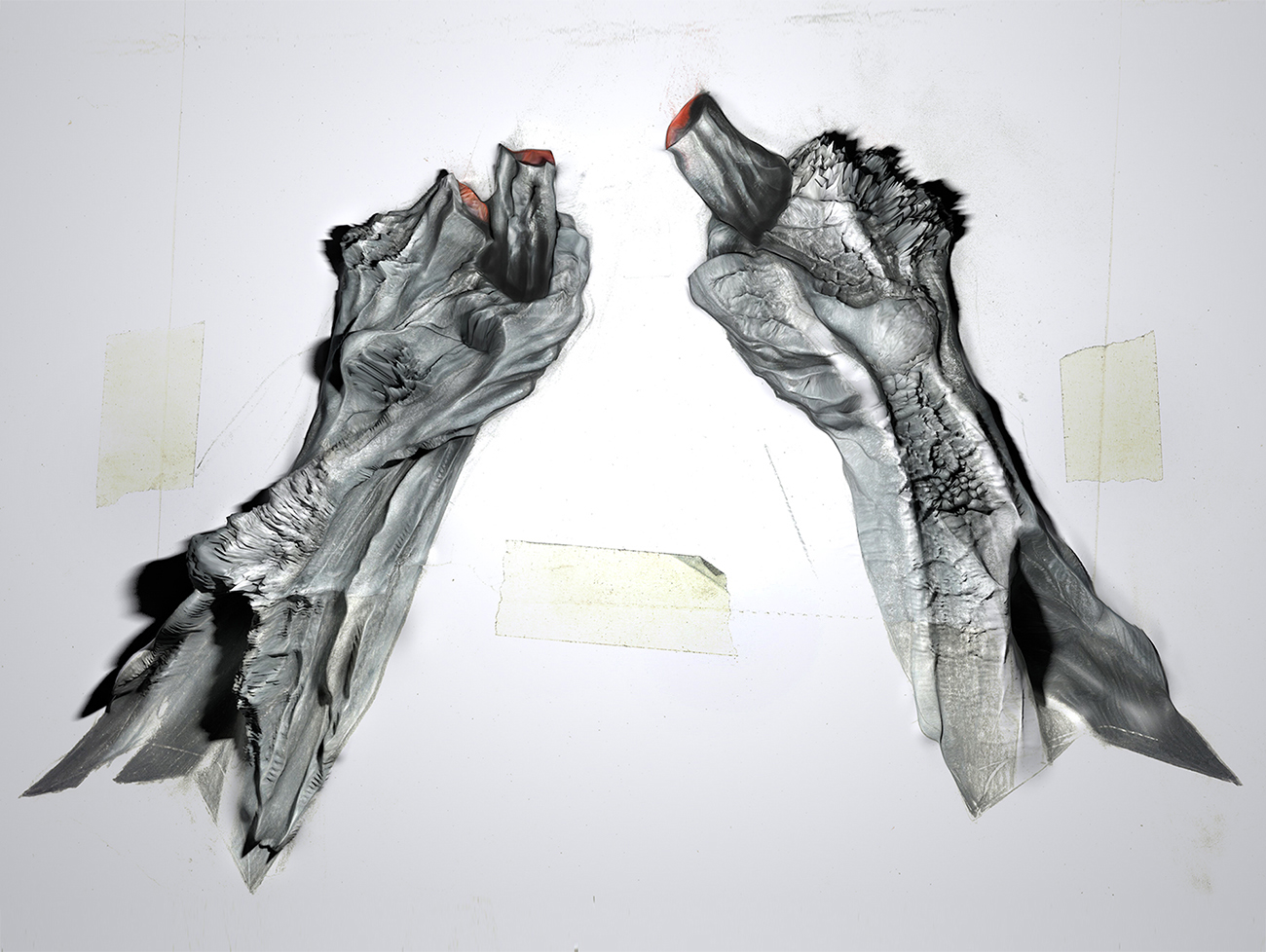
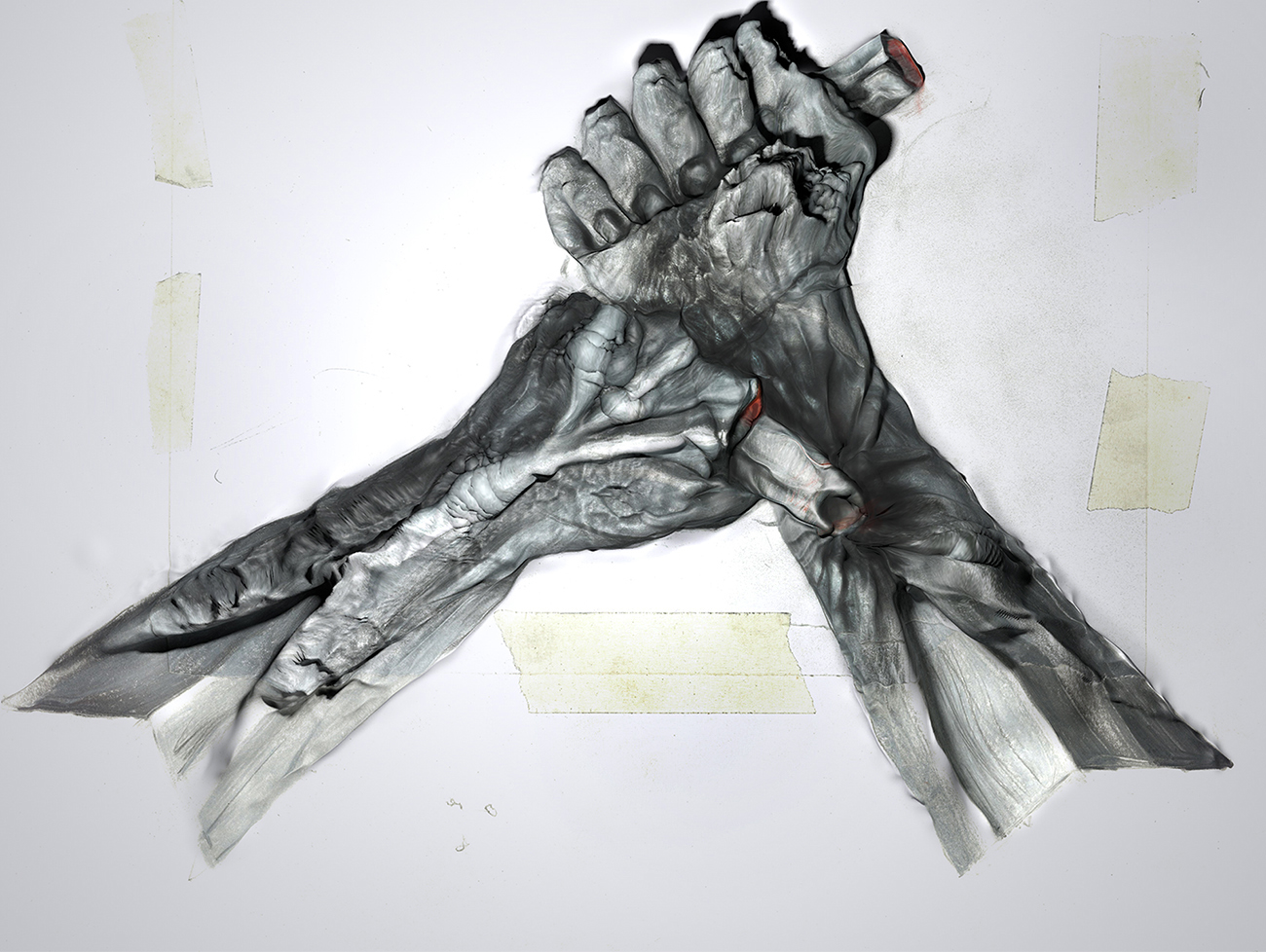
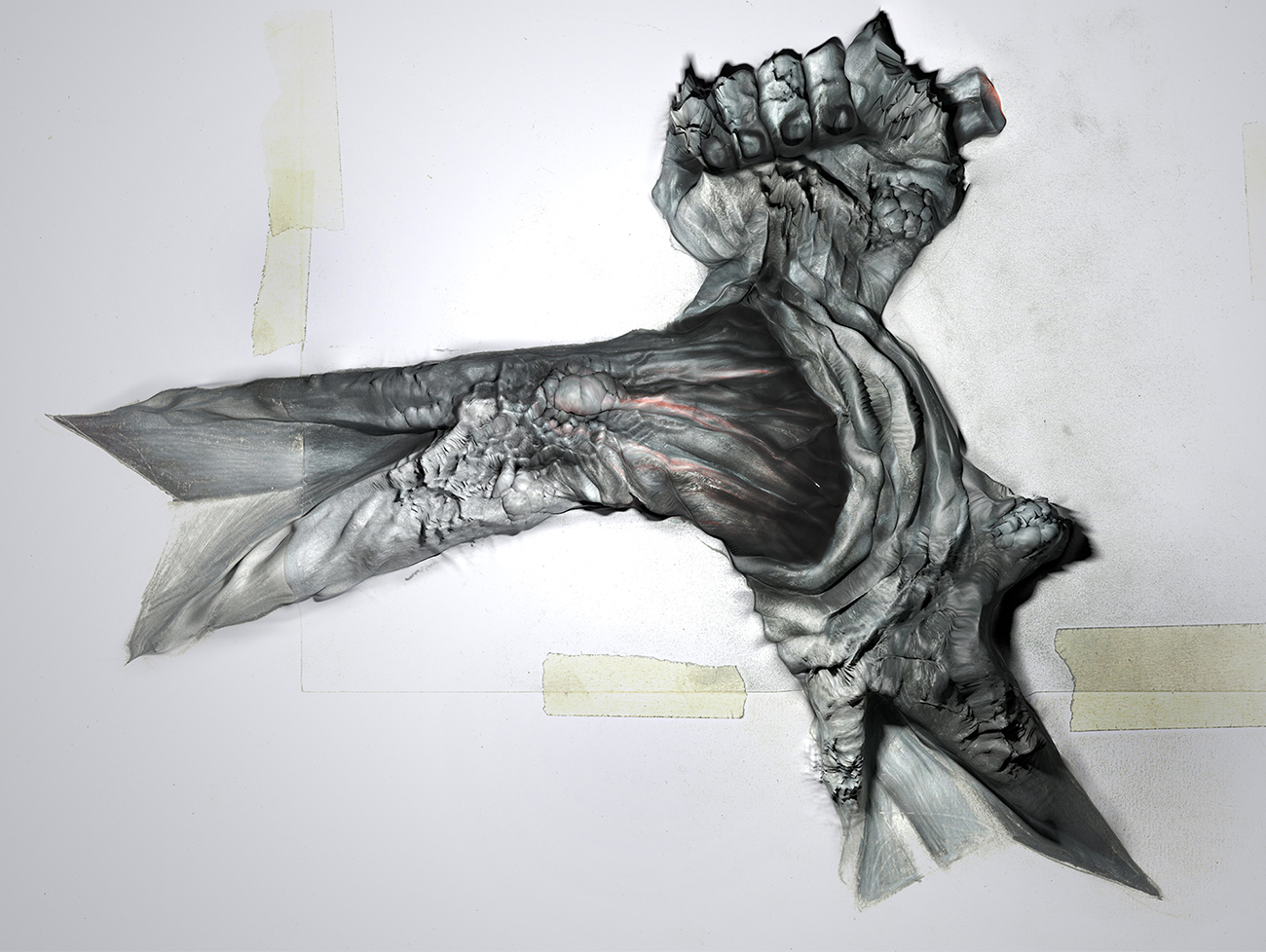
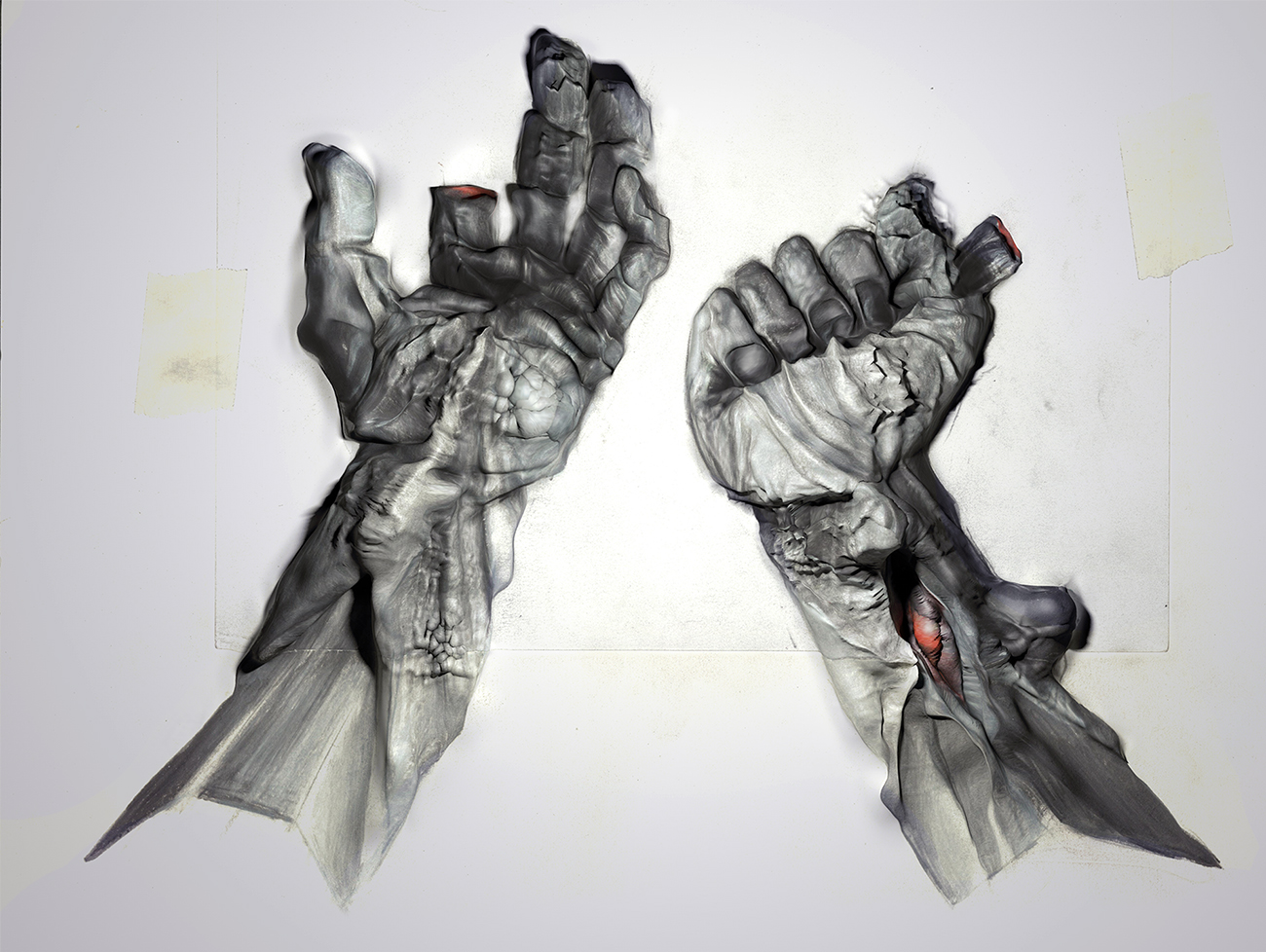
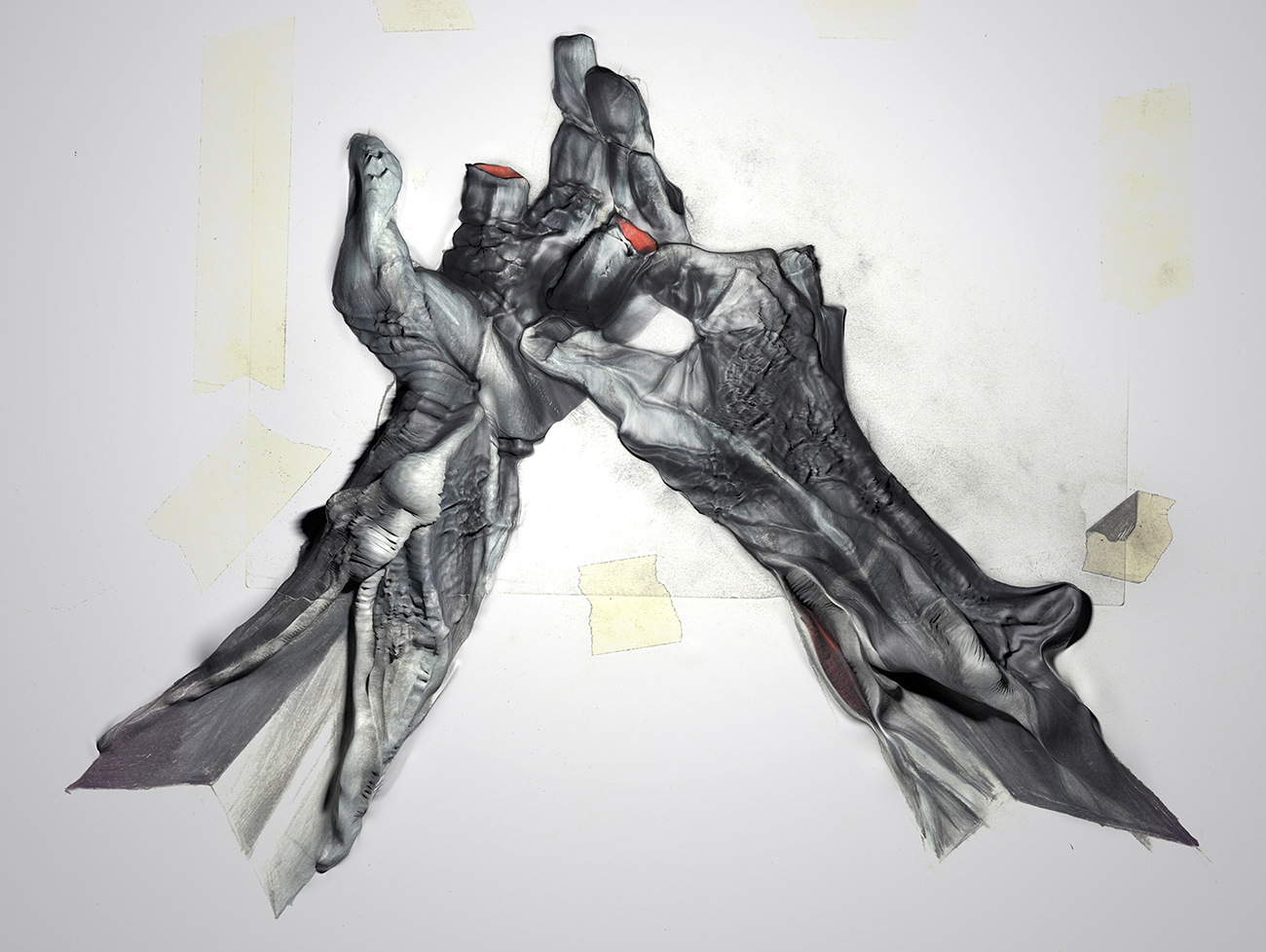
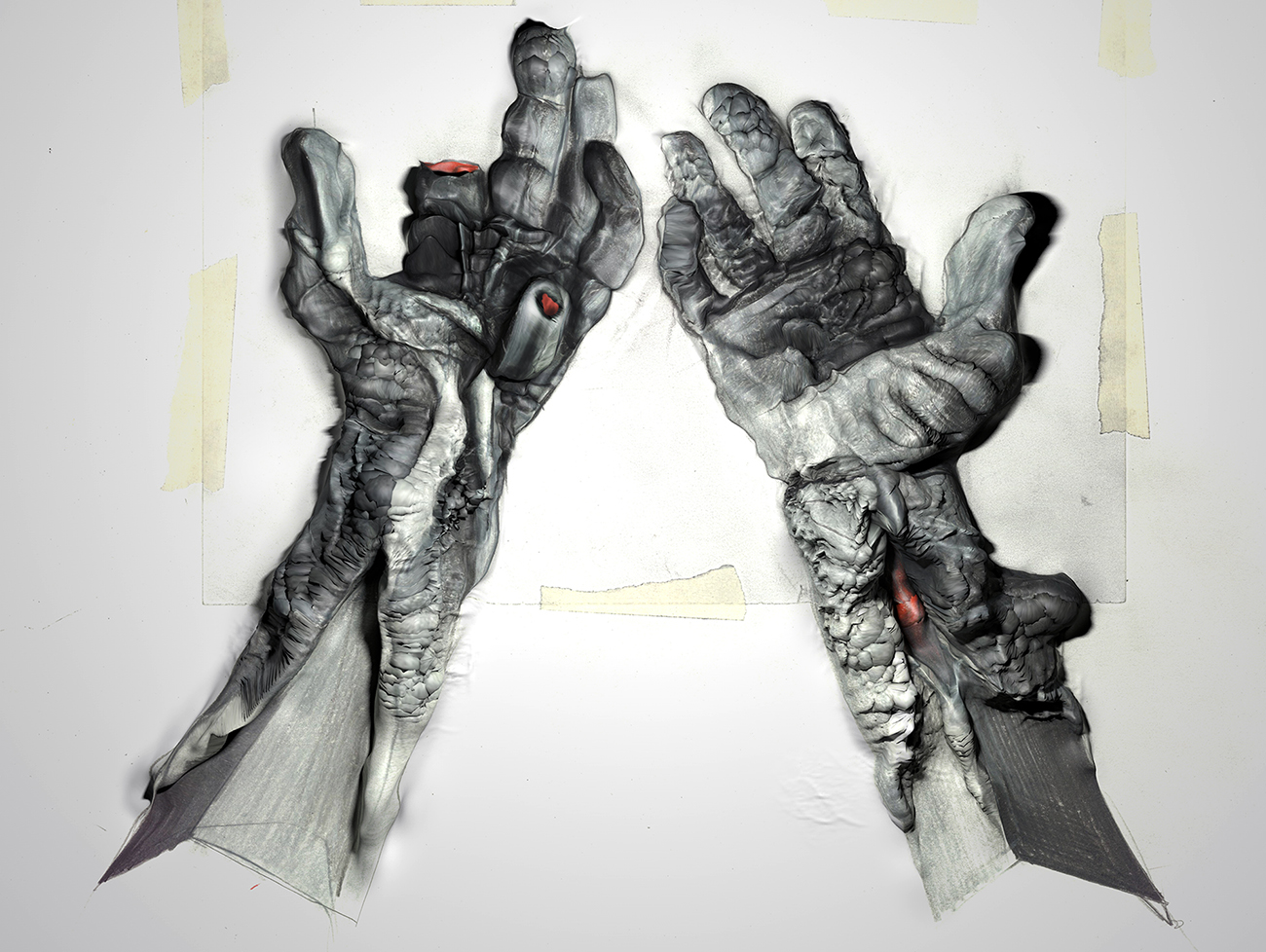
Soft War, 2015.
A series of images comissoined by desktopresidency.com, to be used as wallpapers for desktops/laptops, tablets and phones.
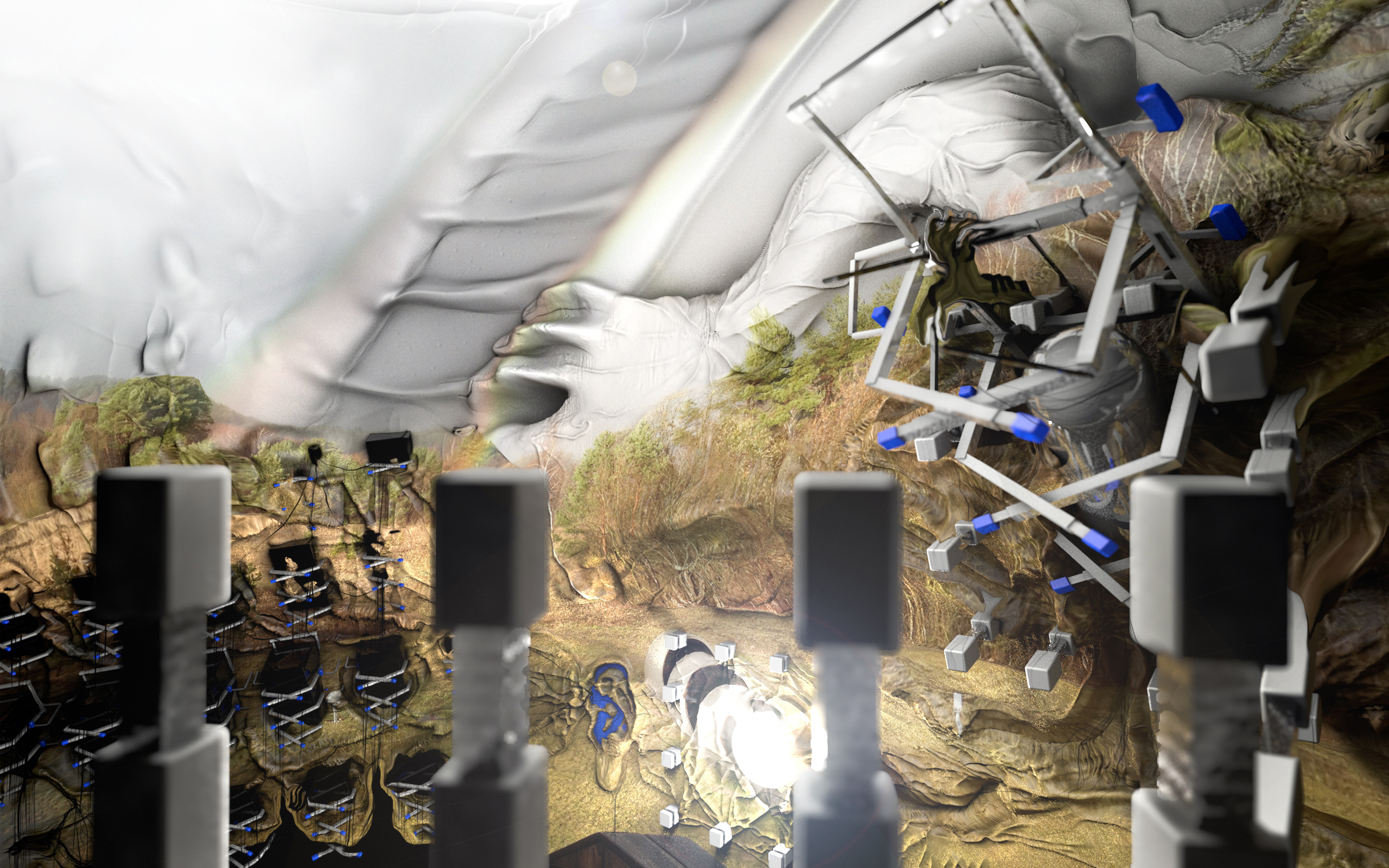
Soft War 1. 2560px x 1600px.
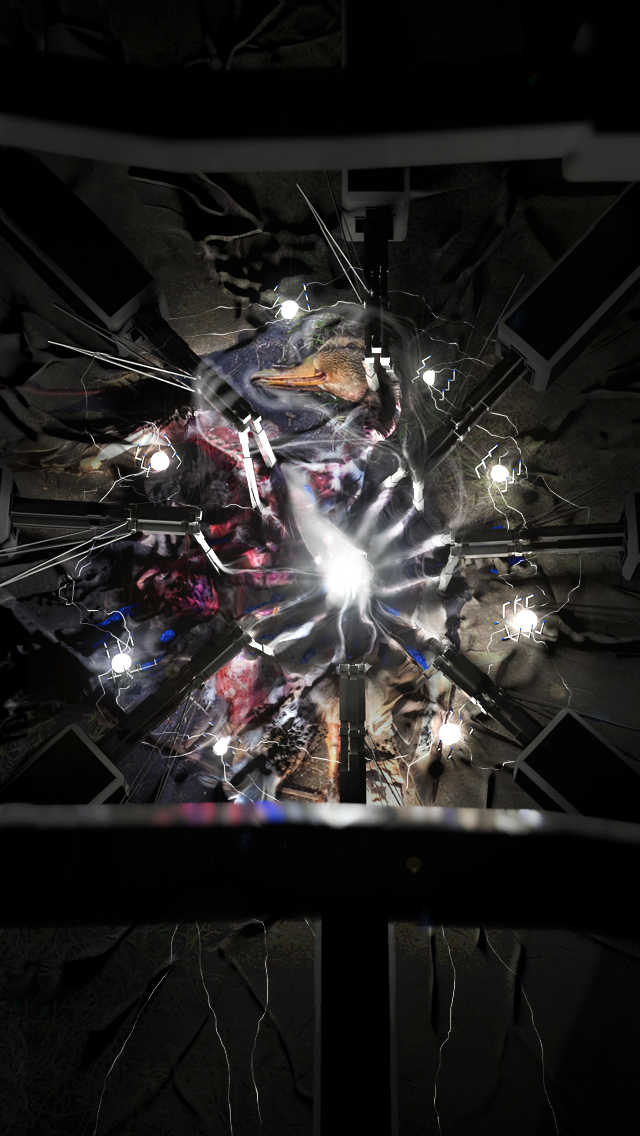
Soft War 2. 640px x 1136px.
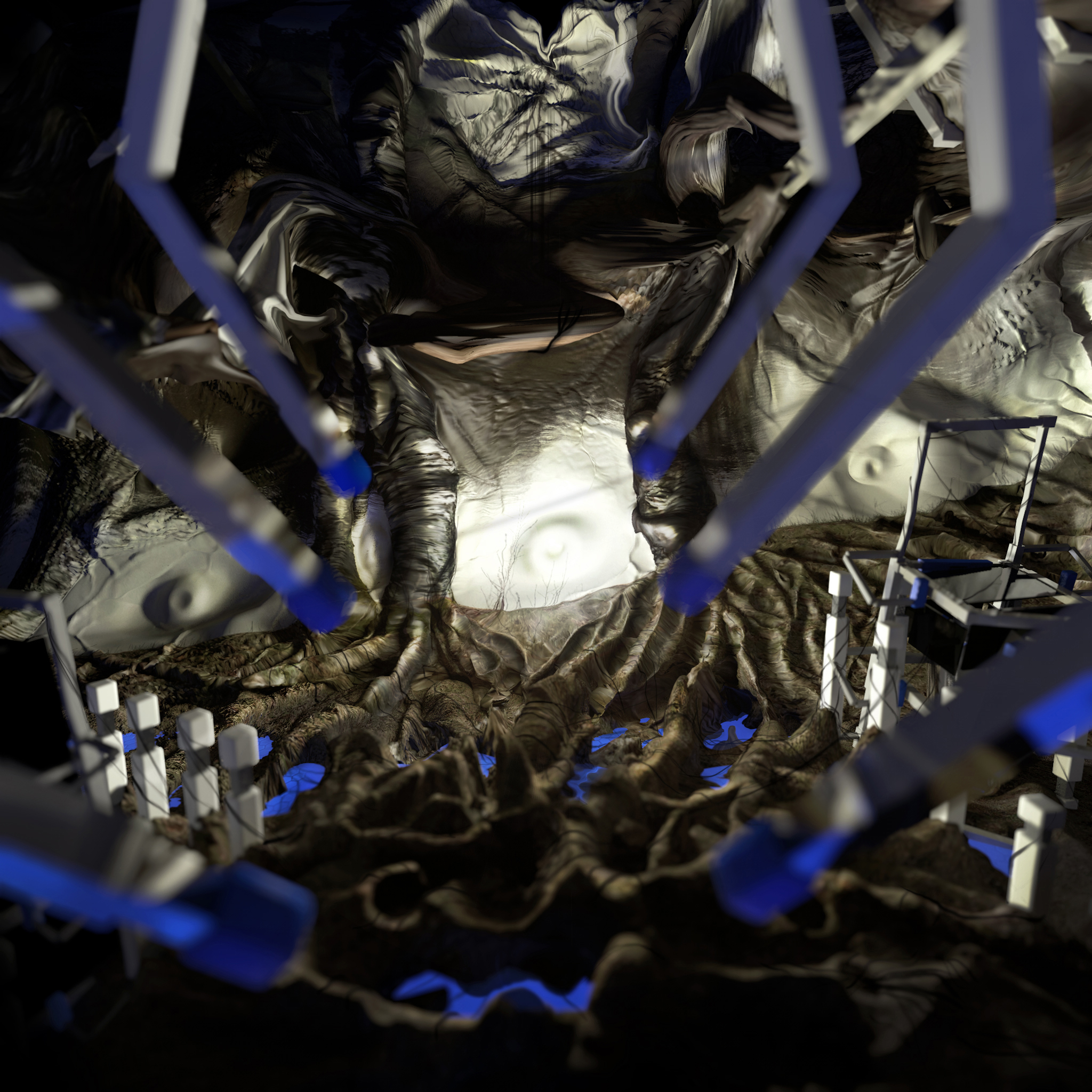
Soft War 3. 2048px x 2048px.
??? :

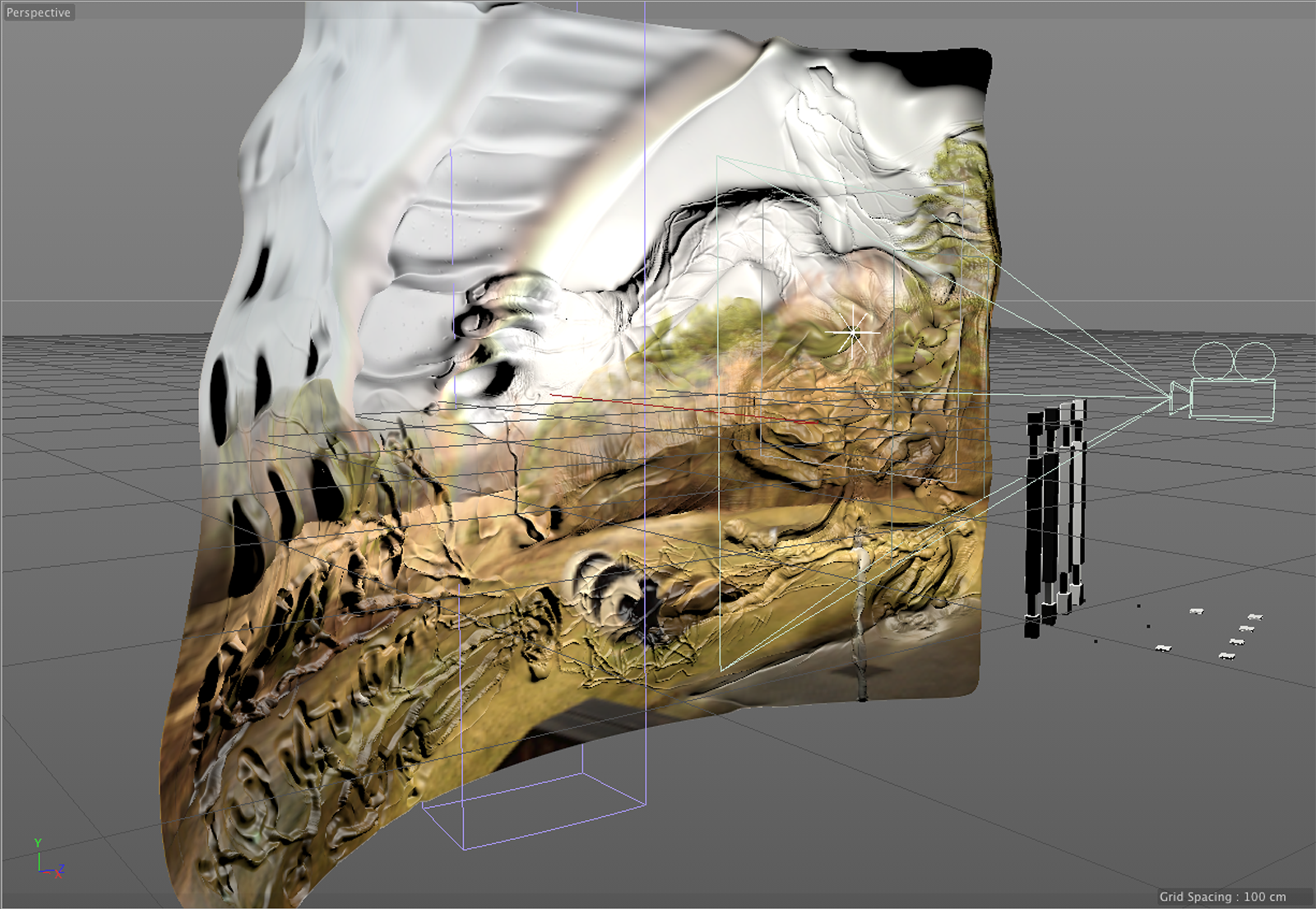
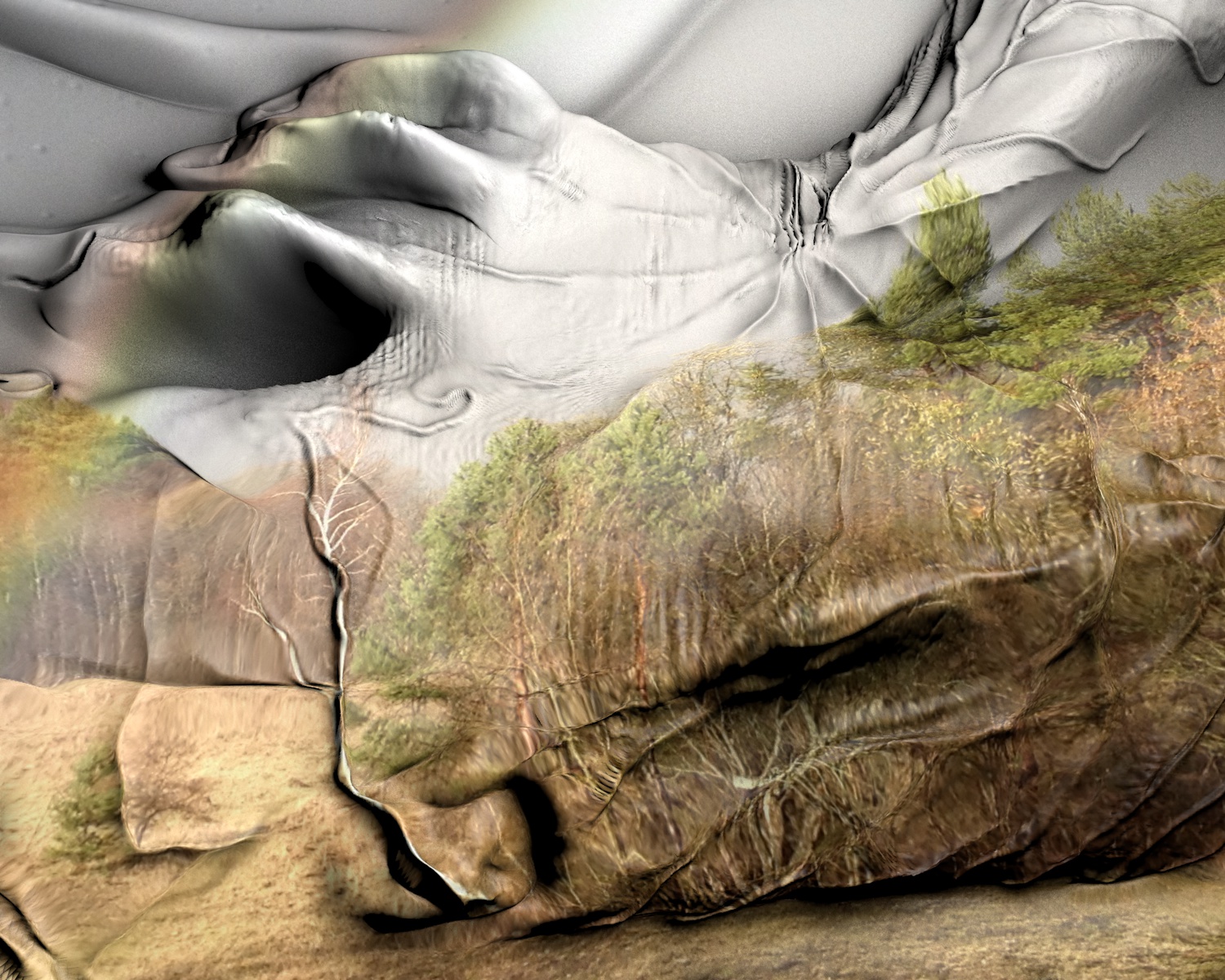
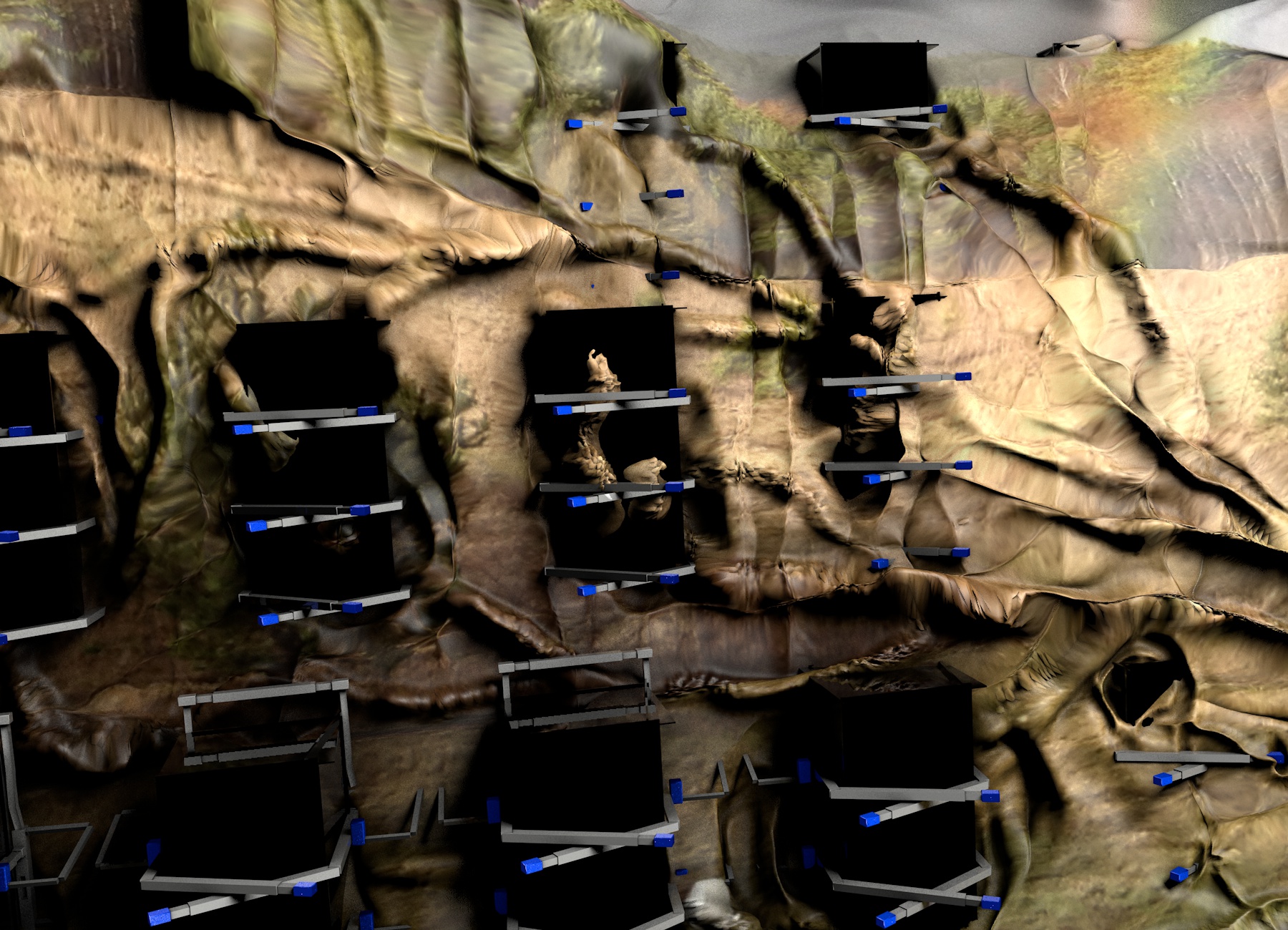
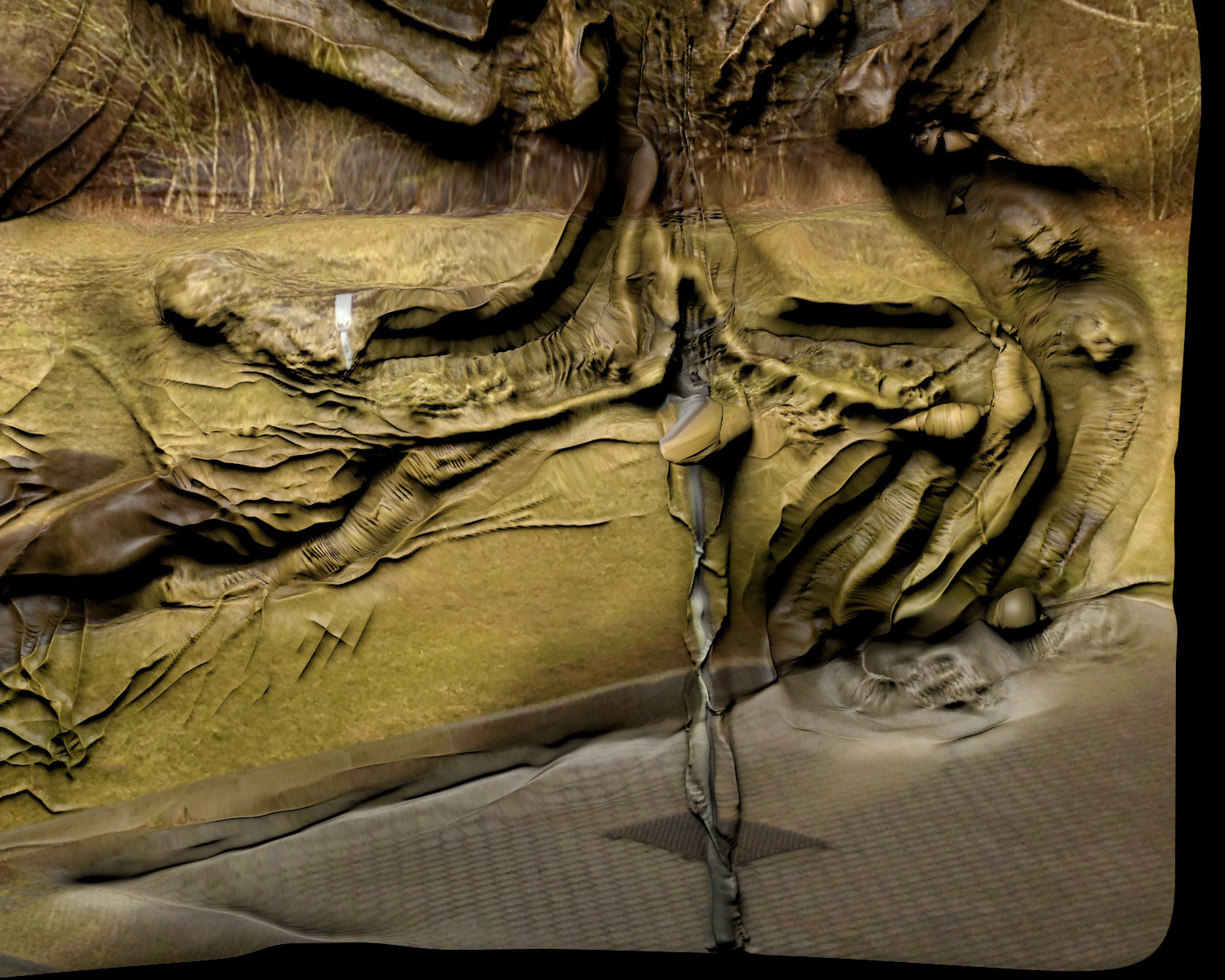

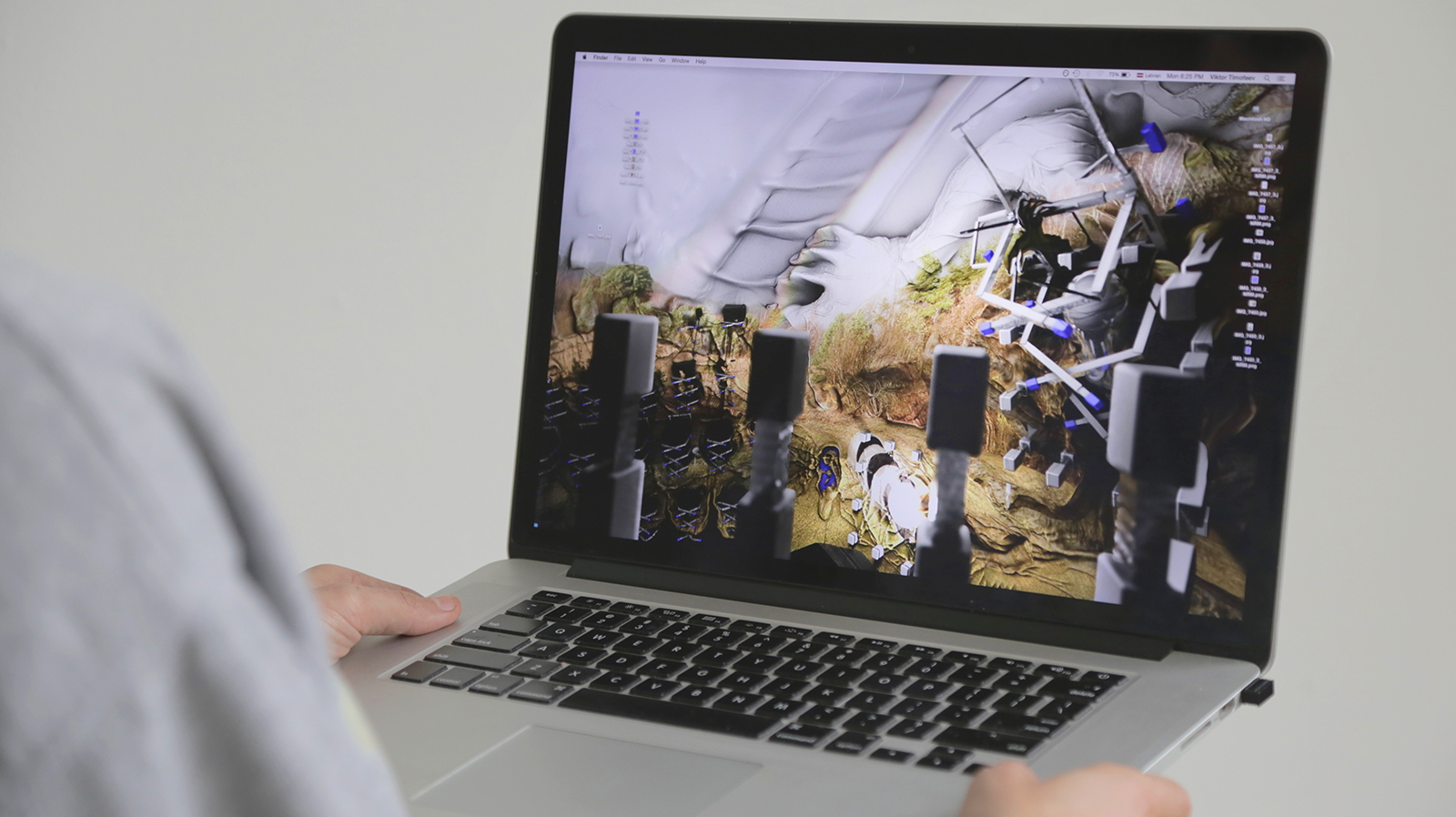
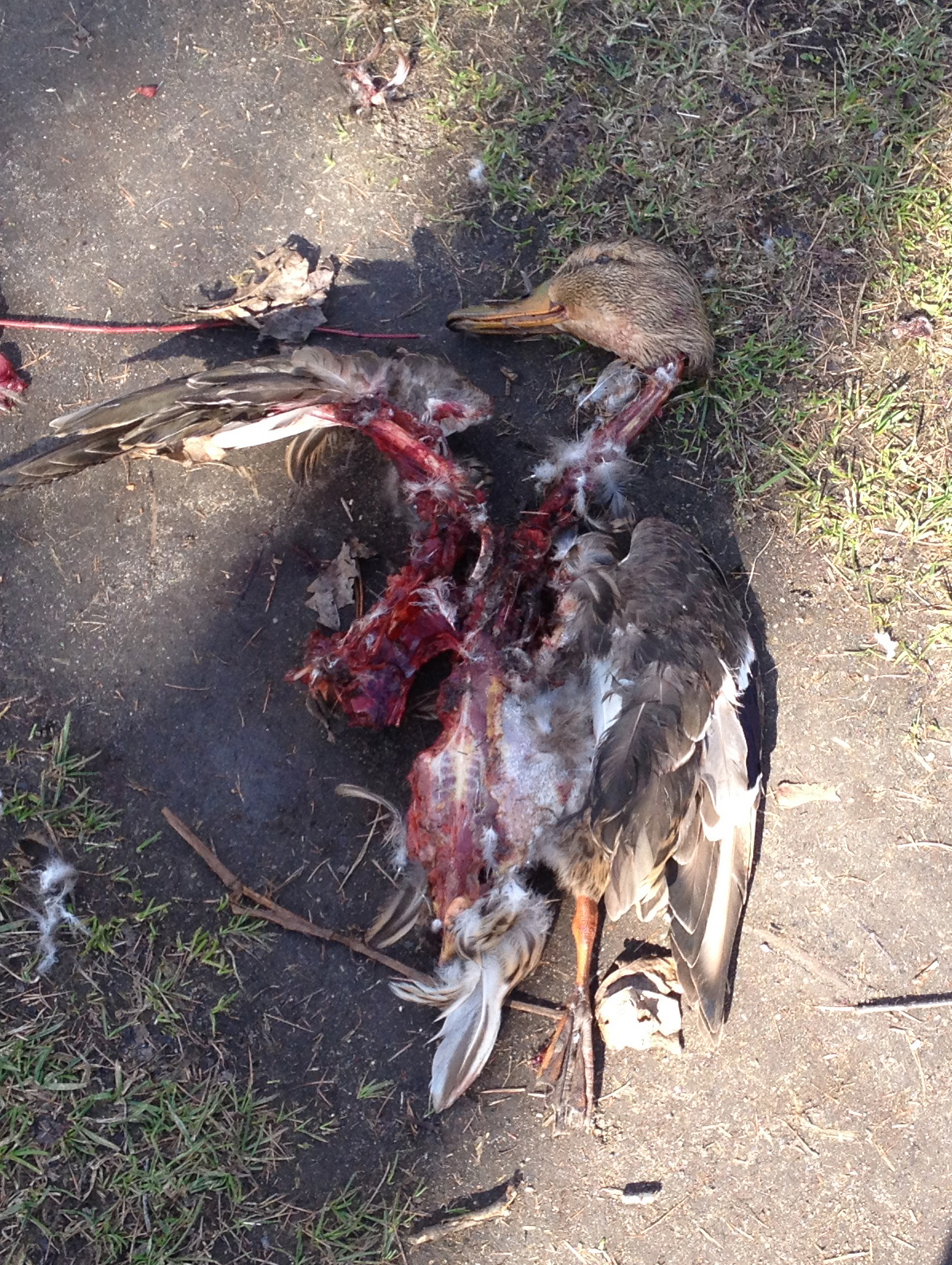
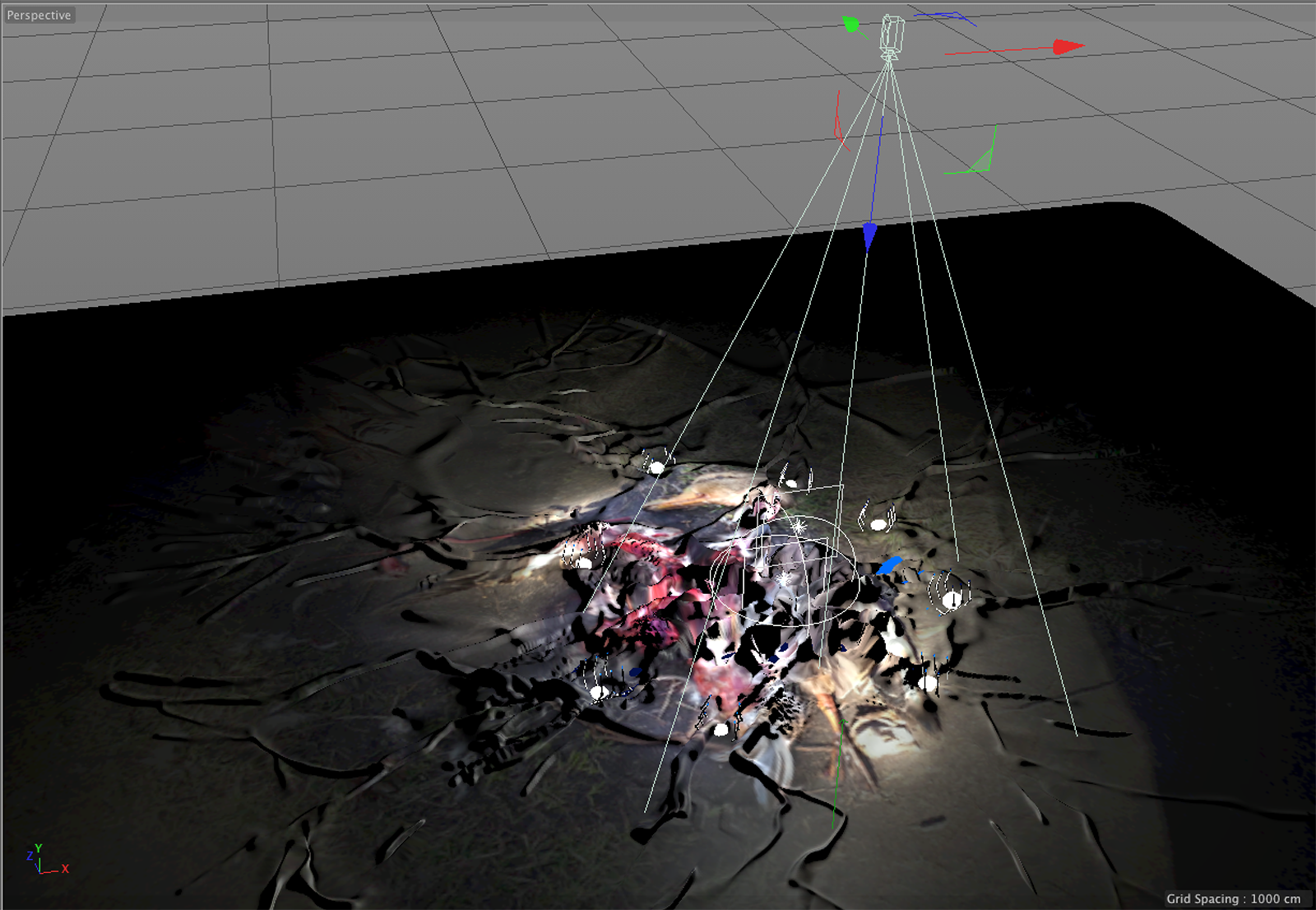
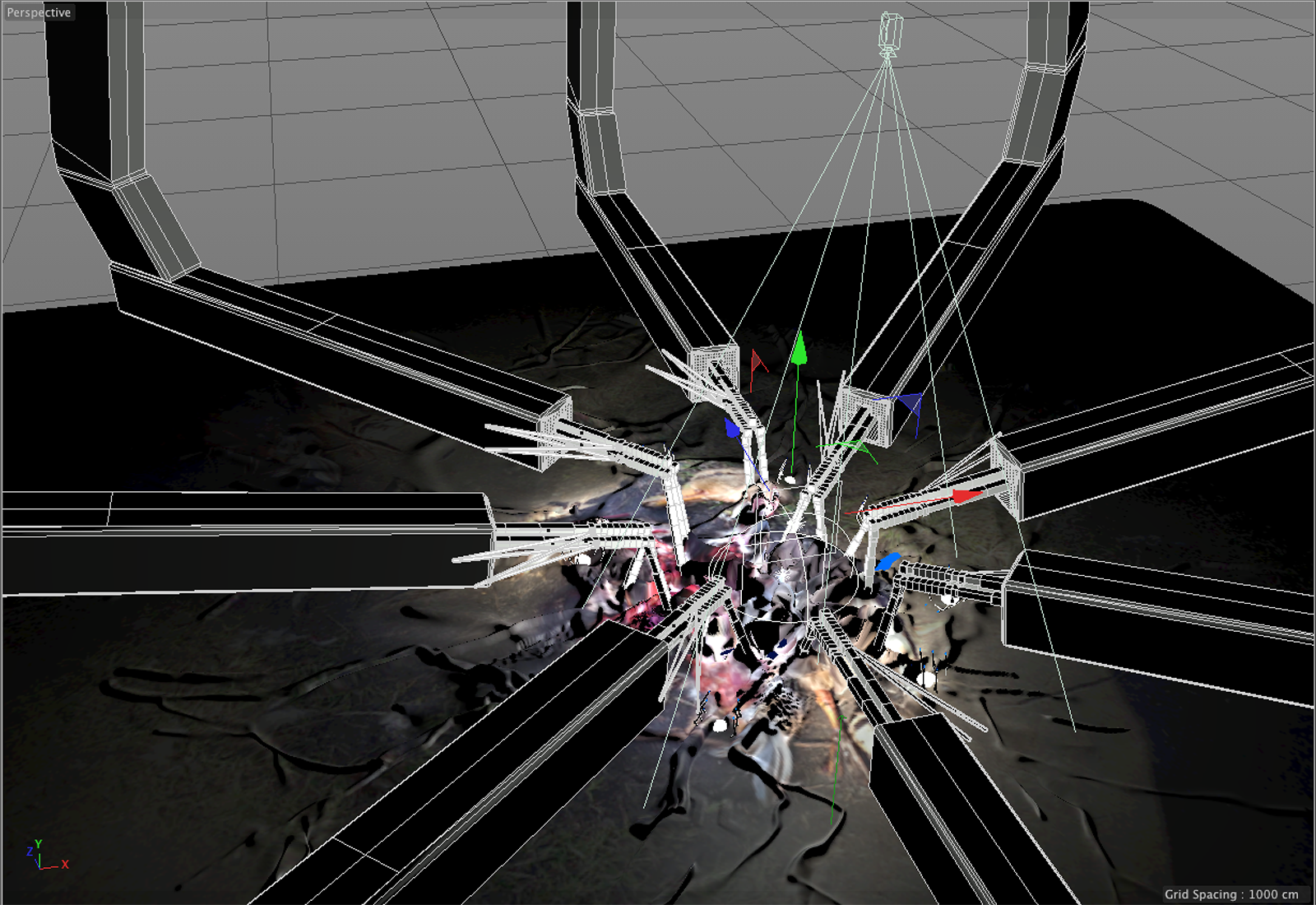
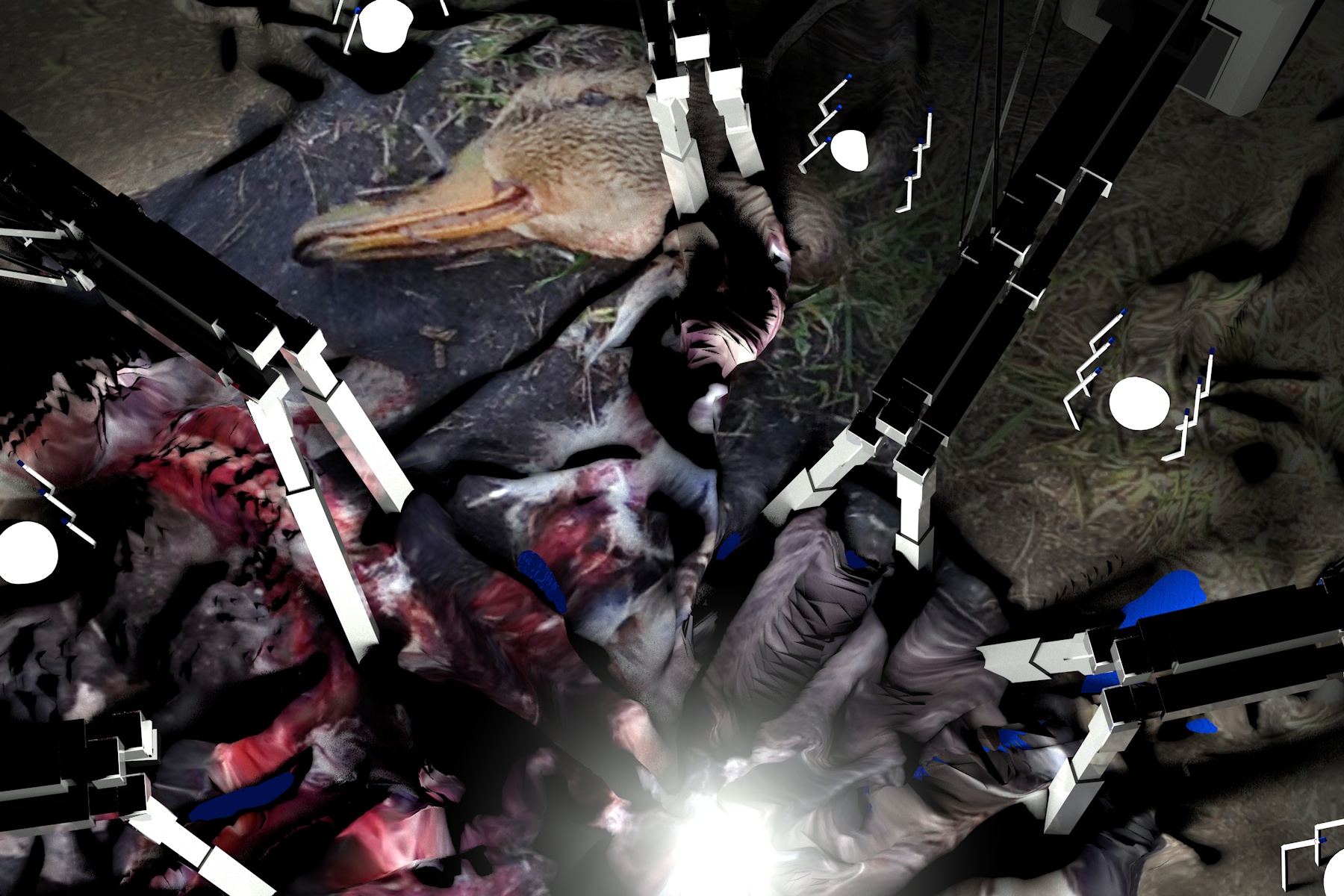
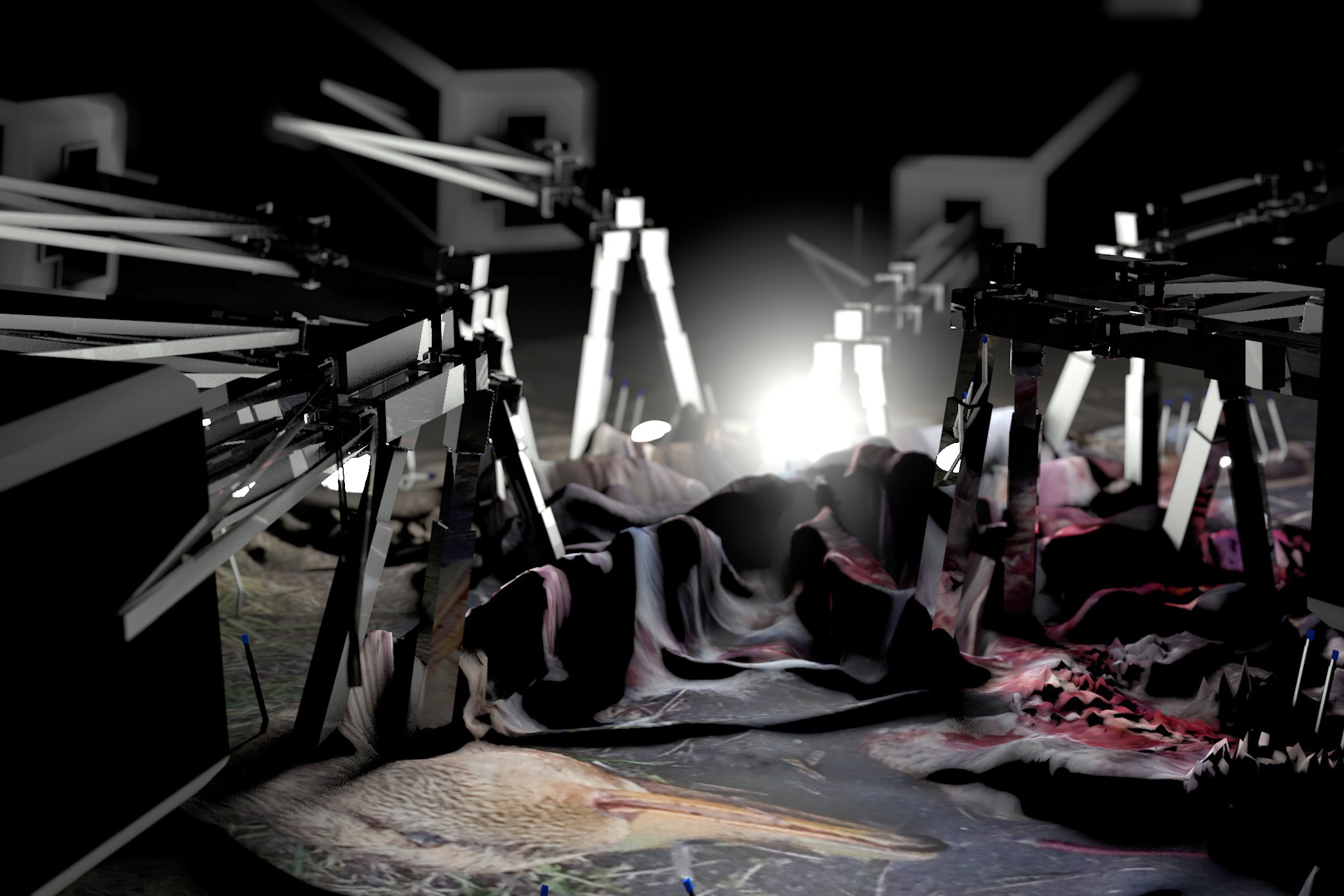
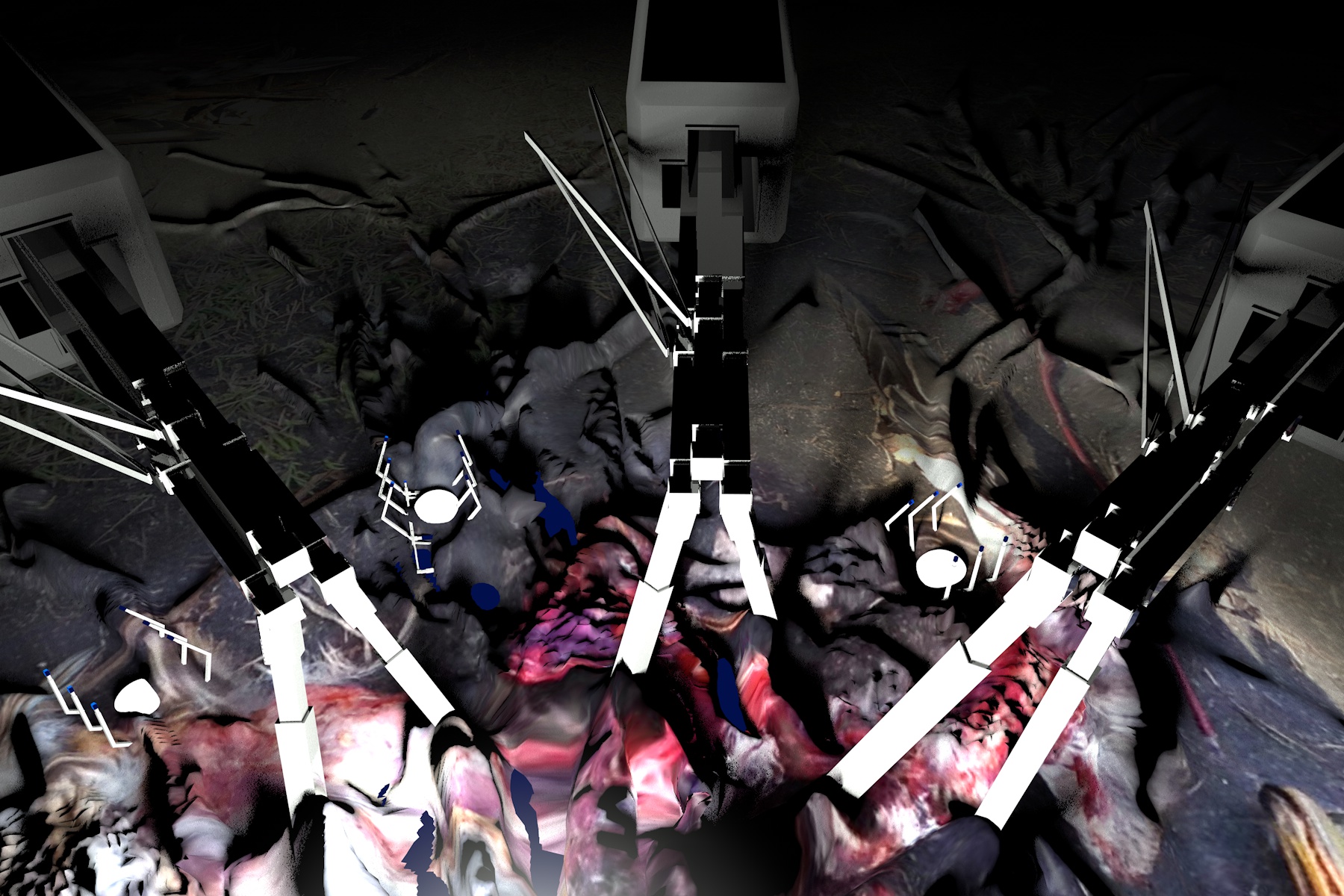
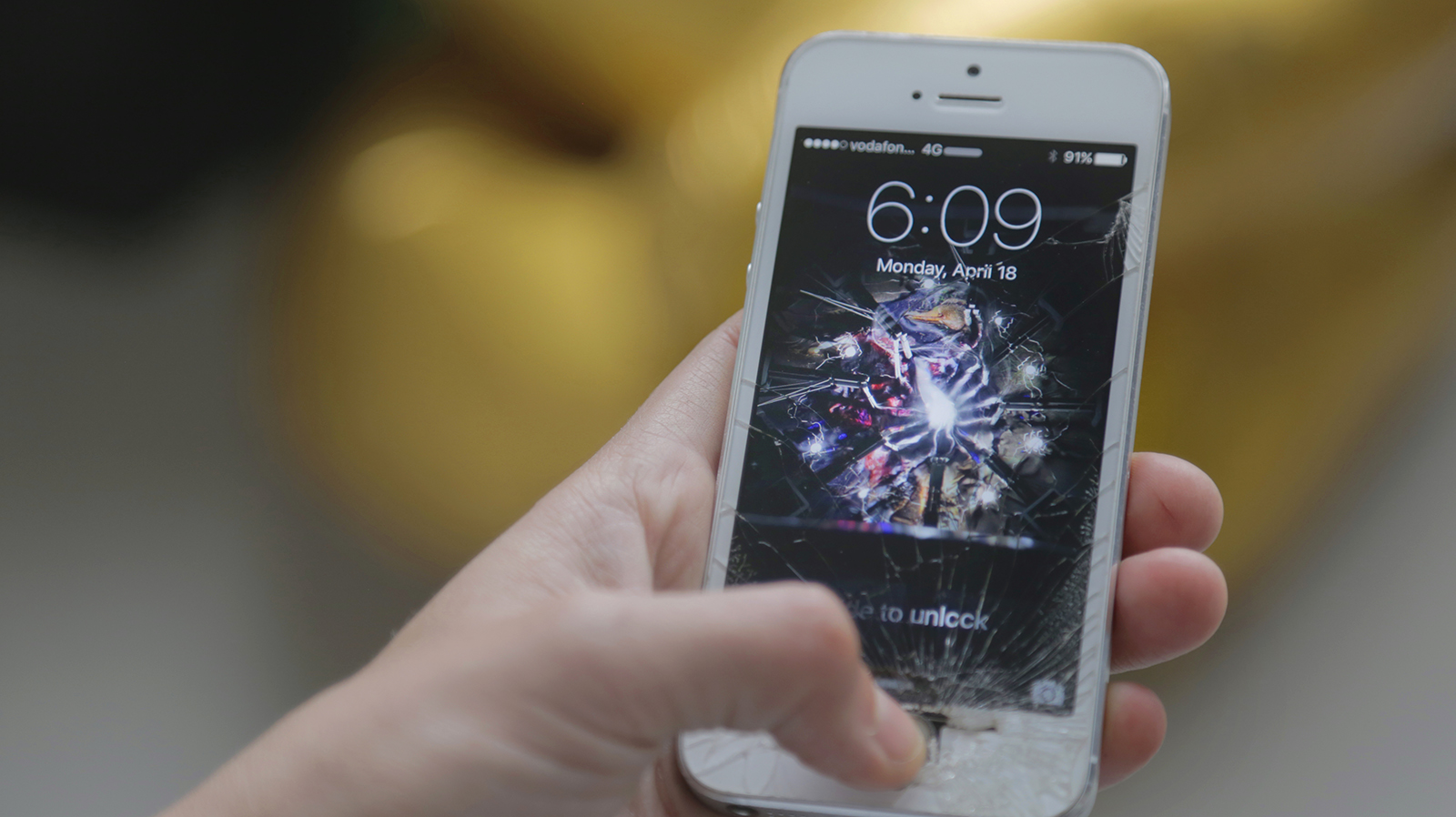

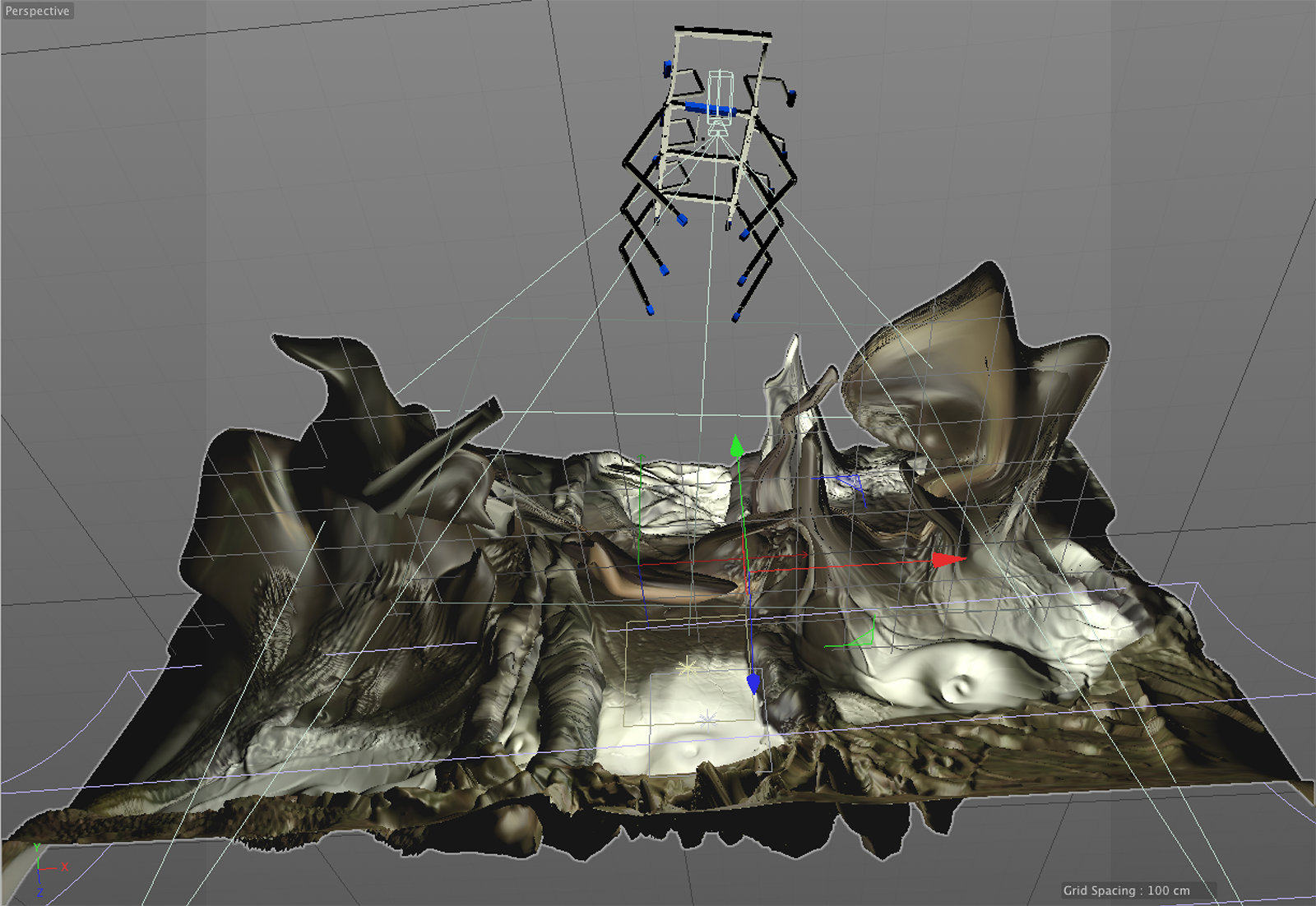
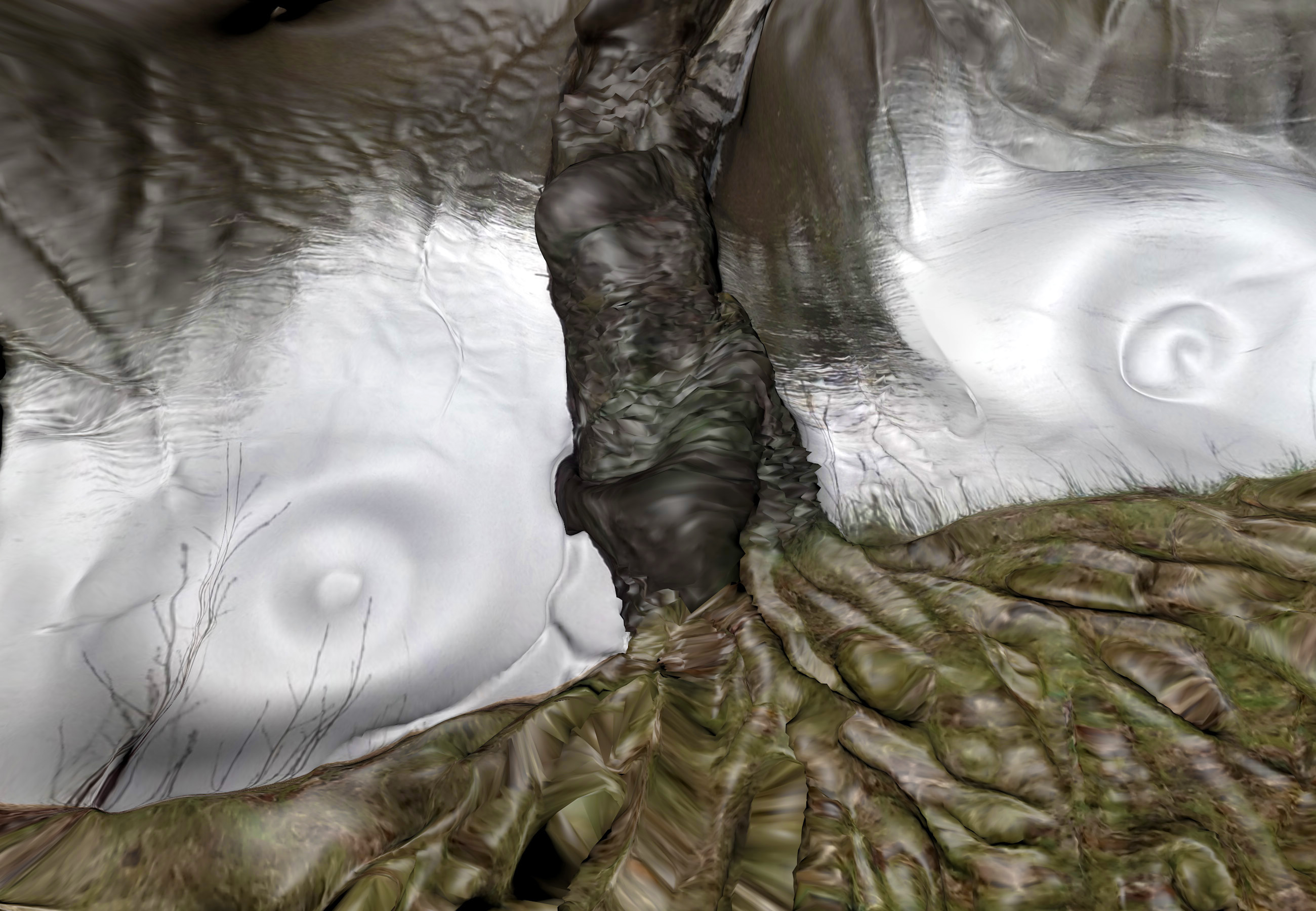
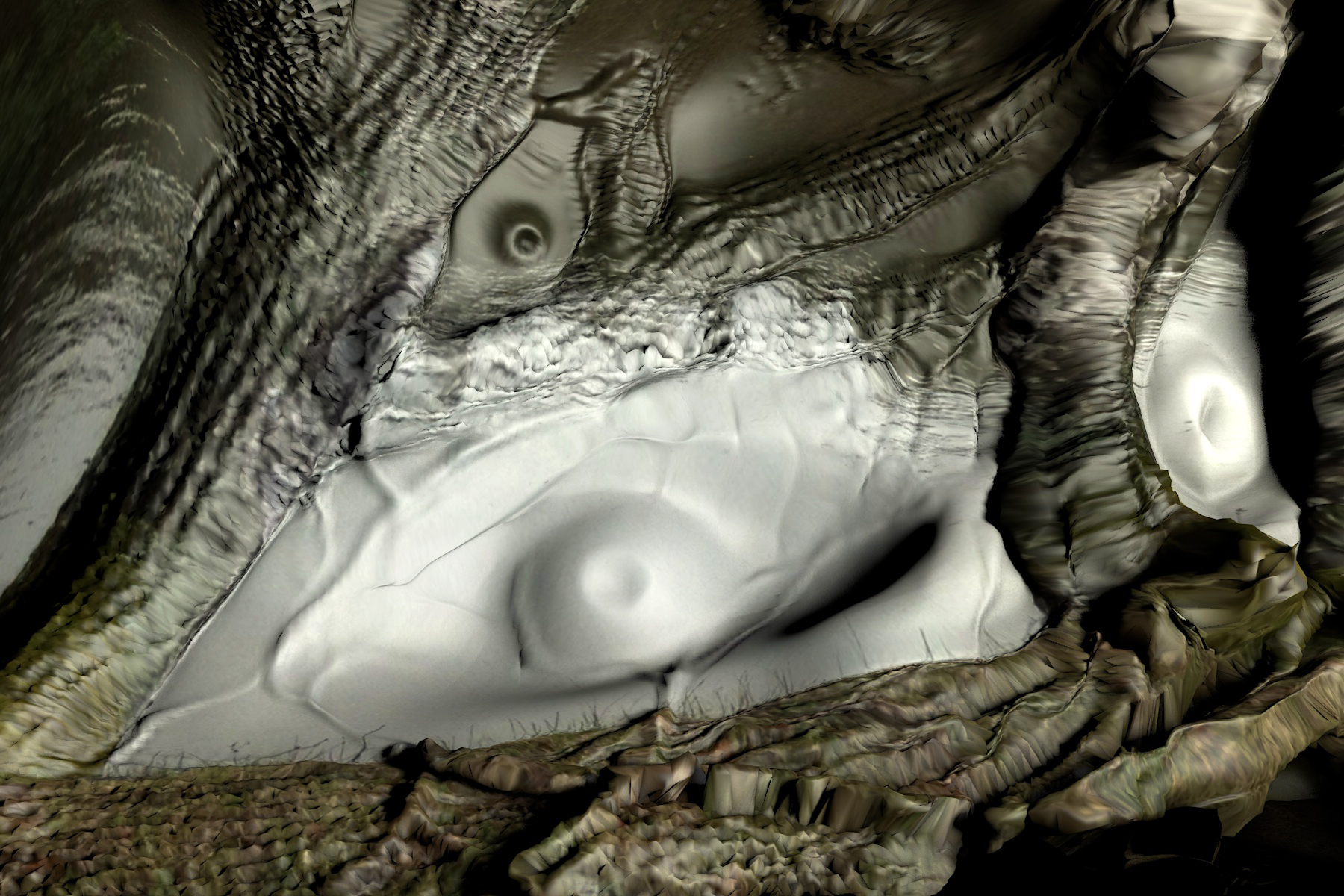
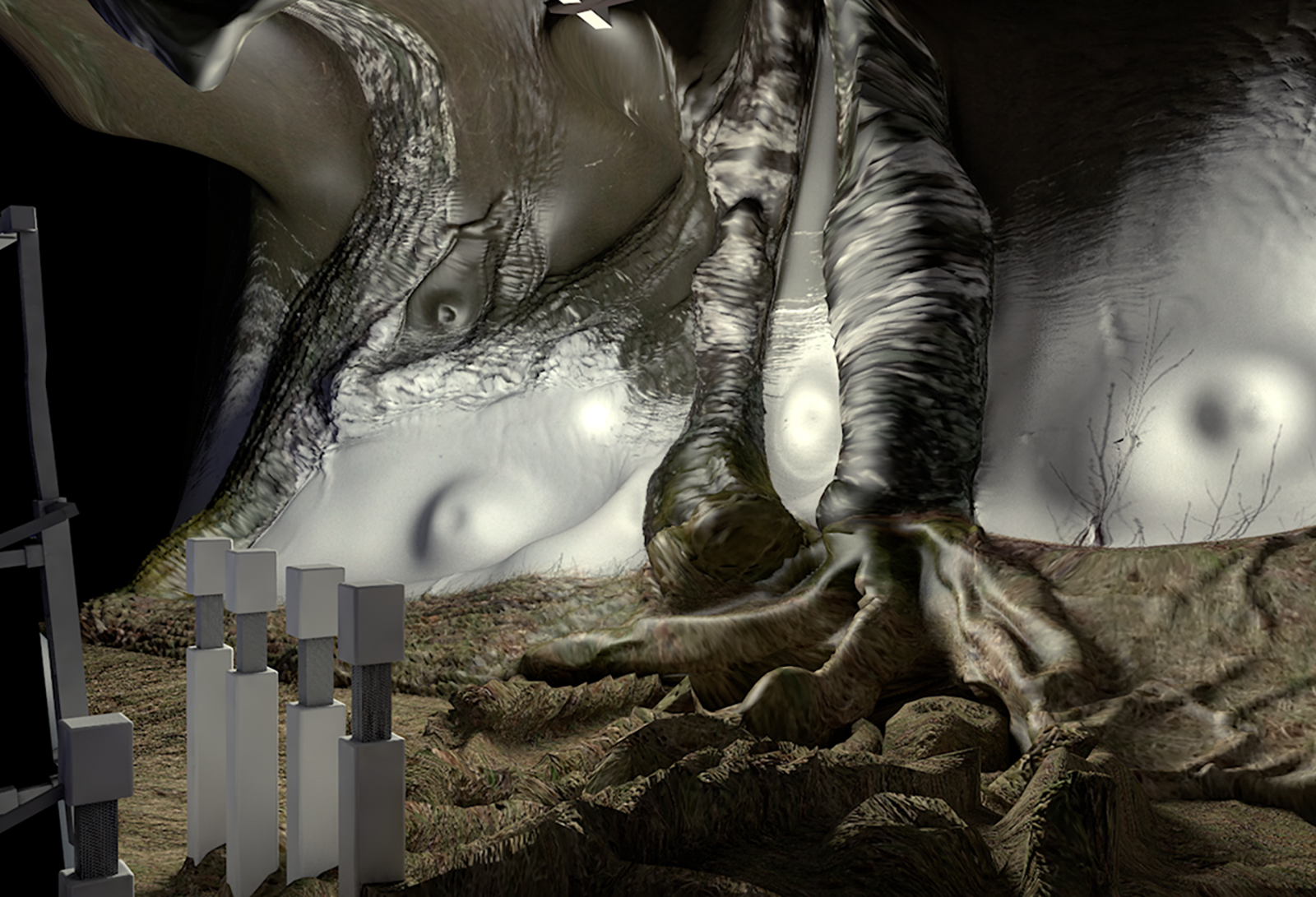
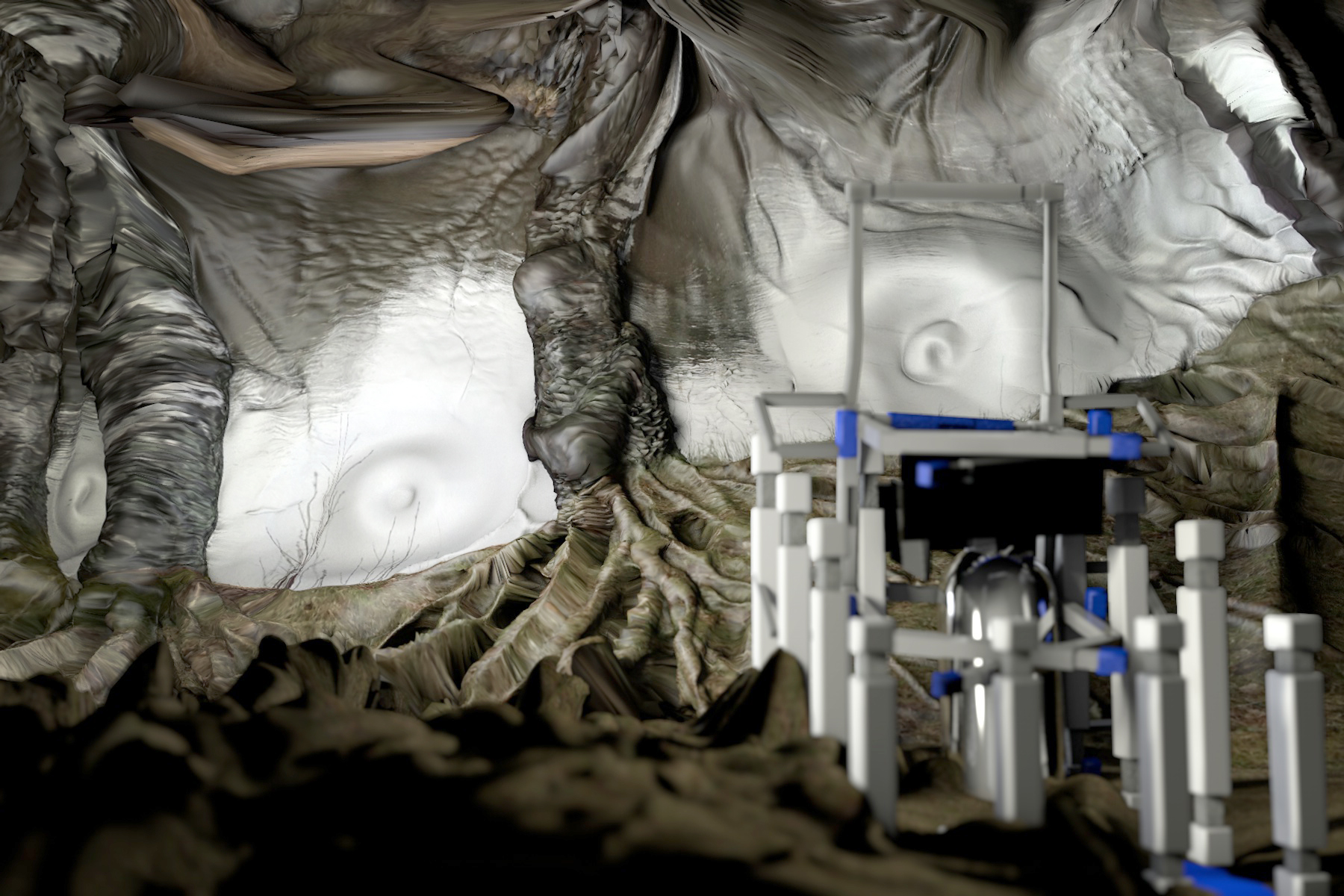
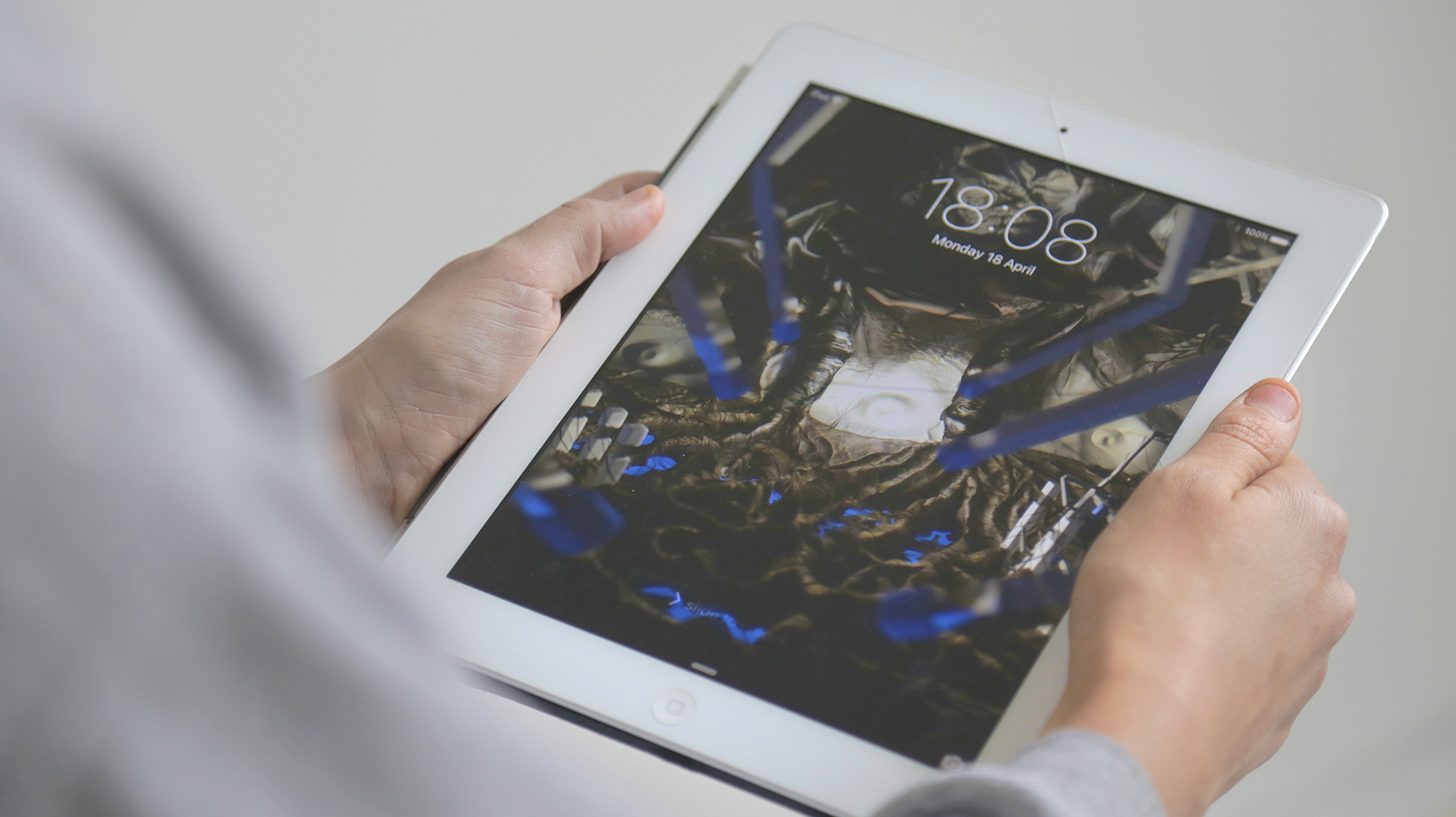
Selekthor, 2015.
A browser-based, looping, collage puzzle without instructions written in native Javascript.
It was originally hosted at minerpie.net, now archived at selekthor.net
GIVE HEALTH, 2013.
Six track LP.
DOWNLOAD / BUY.
"...He traffics in expanses of layered drones, and looped riffage, of atmospheres and ambience, but active ambience - sounds blurred and tangled, rhythmic without actual rhythms, the label drops names like Stars Of The Lid, SUNNO))) and Godspeed, and we do definitely hear elements of all of those, it's droney and dirgey and haunting and almost classical sounding in places, but the tracks are super varied, while retaining an oblique cohesiveness, the opener is all dirgey blackened atmospherics, reminding us a little of Blackwolfgoat, looped and layered riffage, lurching and stuttering but super hypnotic, ultra lo-fi, muddy and murky, but the sort of thing we would have been into seeing fill up both sides of the record.
The second track is totally different, instead it's lush and shimmery, a dreamlike dronescape laced with streaks of feedback and a haunting distorted melody that runs throughout. The final track on the A side begins with field recordings, birds and running water, all beneath a series of warped and woozy tape experiments, lush chordal swells, repetitive and mantra-like, finally transforming into an almost orchestral looped industrial outro. The flipside is separated into three tracks, but they seem to be woven into one sidelong epic, a cinematic symphonic landscape of drone and melody that almost sounds like a black metal Arvo Part, droney and dirgery and dramatic, sinister and ominous, the vibe menacing and super intense, the sort of track that broods malevolently, but is totally hypnotic and mesmerizing, the whole side is like a sonic black hole, the listener immersed in the dense deep blackness, until the last few minutes, where the track finishes off with a strange bloopy almost new wavey sounding outro."
- Aquarius Records
Timofeev mostly transcends the major/minor duality and dives into bleak, yet very addictive walls of sound. Like Nihiti, Timofeev uses a wide range of instruments toward the production of rich atmosopheres, though all varieties of beat-oriented percussion are absent. The emphasis here is on the building of layers that don’t use much percussive delineation—postrock sounds serve as a brief jumping-off point, but most of the album trends closer to drone music, alternating focal points between distorted guitars, voices, synths, and found sound/field recordings/samples. The opening and closing tracks are heaviest with guitars, accompanied by some distant piano stabs in the opening “December 22nd,” and blended more evenly with oscillating frequencies in the closing “July 28th. ” In between, my favorite two tracks are the longest: both of them build slowly to nightmarish, oppressive walls of sound and slowly thin out again. There are some legitimate, though still very dark, melodies played on clarinets in the 14-minute “Flying Zonogons,” which are gradually stacked upon themselves through overdubs and heavy reverb. Voices are used over sounds of moving water in a similar overdubbed, reverbed, and delayed fashion to create the center portion of “WorldWideWaterWorld,” eventually adding a ring modulator or similar filter that obliterates pitch into metallic densities that rise and fall with the pauses in the vocal overdubs. I really enjoyed the less-effected vocal buildups comprising “1. 1. 1. 1. ,” too, which evoke some of the best moments in modern choral writing like that of Gorecki or the micropolyphony of Ligeti. It’s this blend of modern classical, drone, and guitar noise approaches that impresses me more with each listen. I’m captivated by it now, and I suspect this music will continue to reveal more of itself with time."
- Killed In Cars
|
|













































































